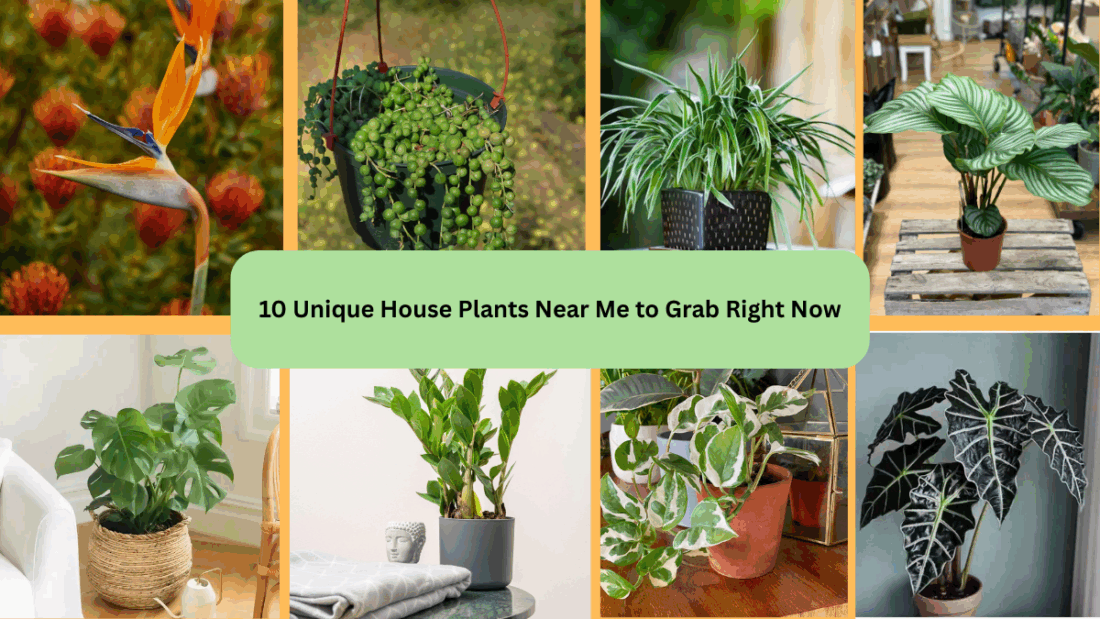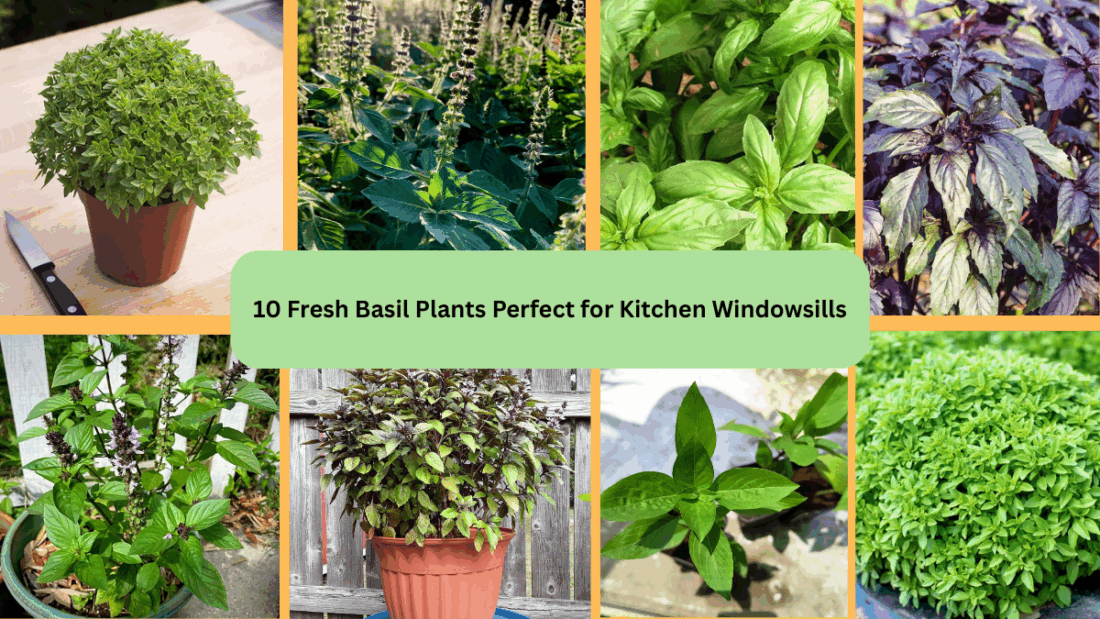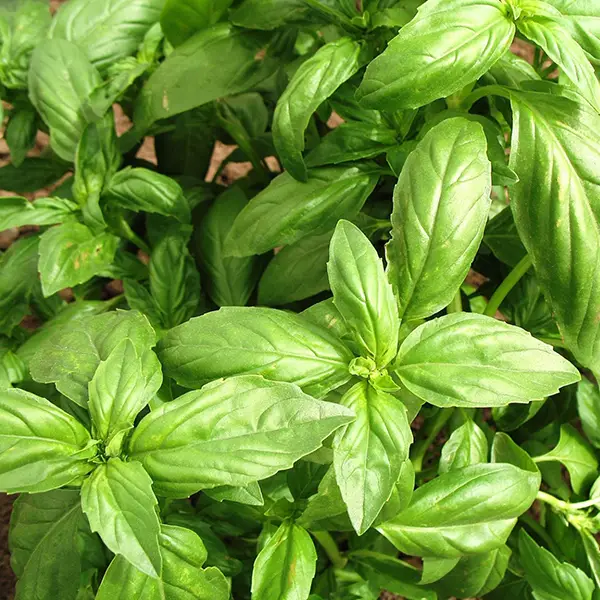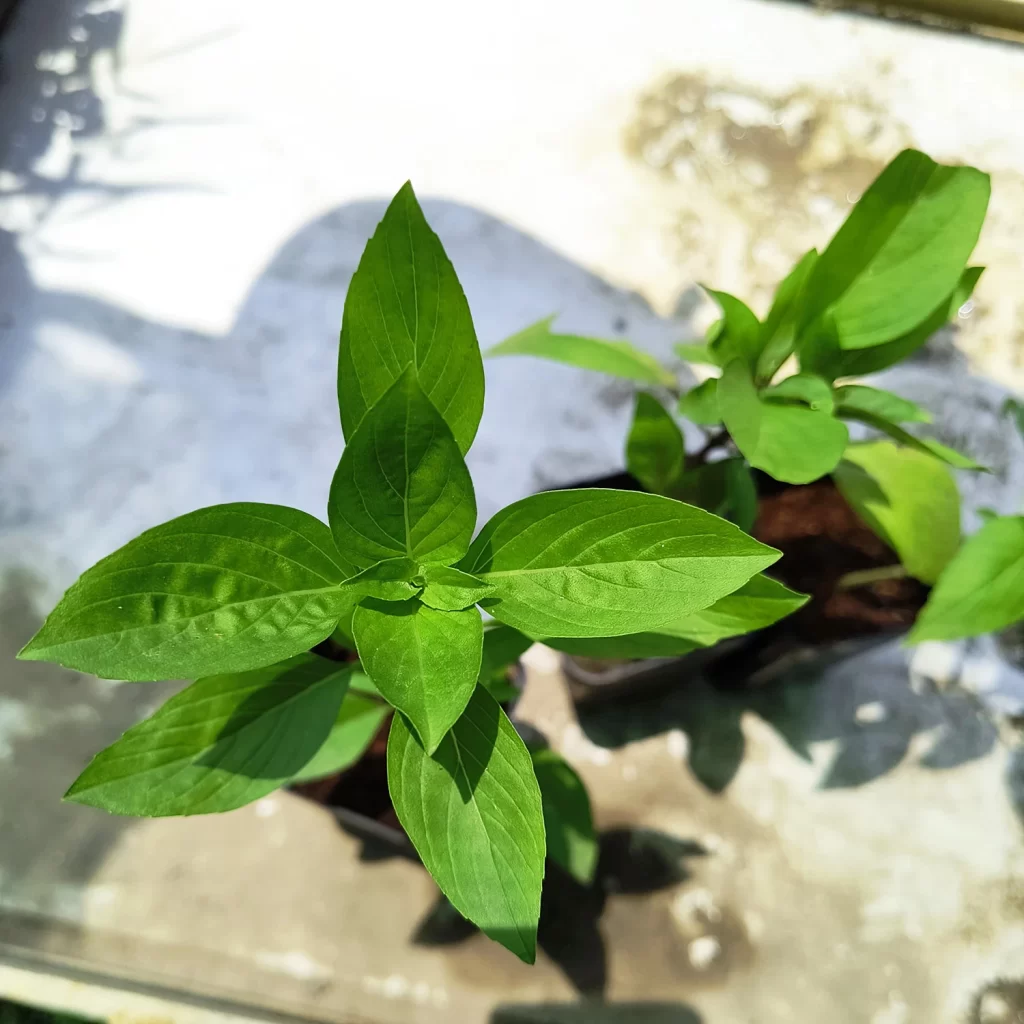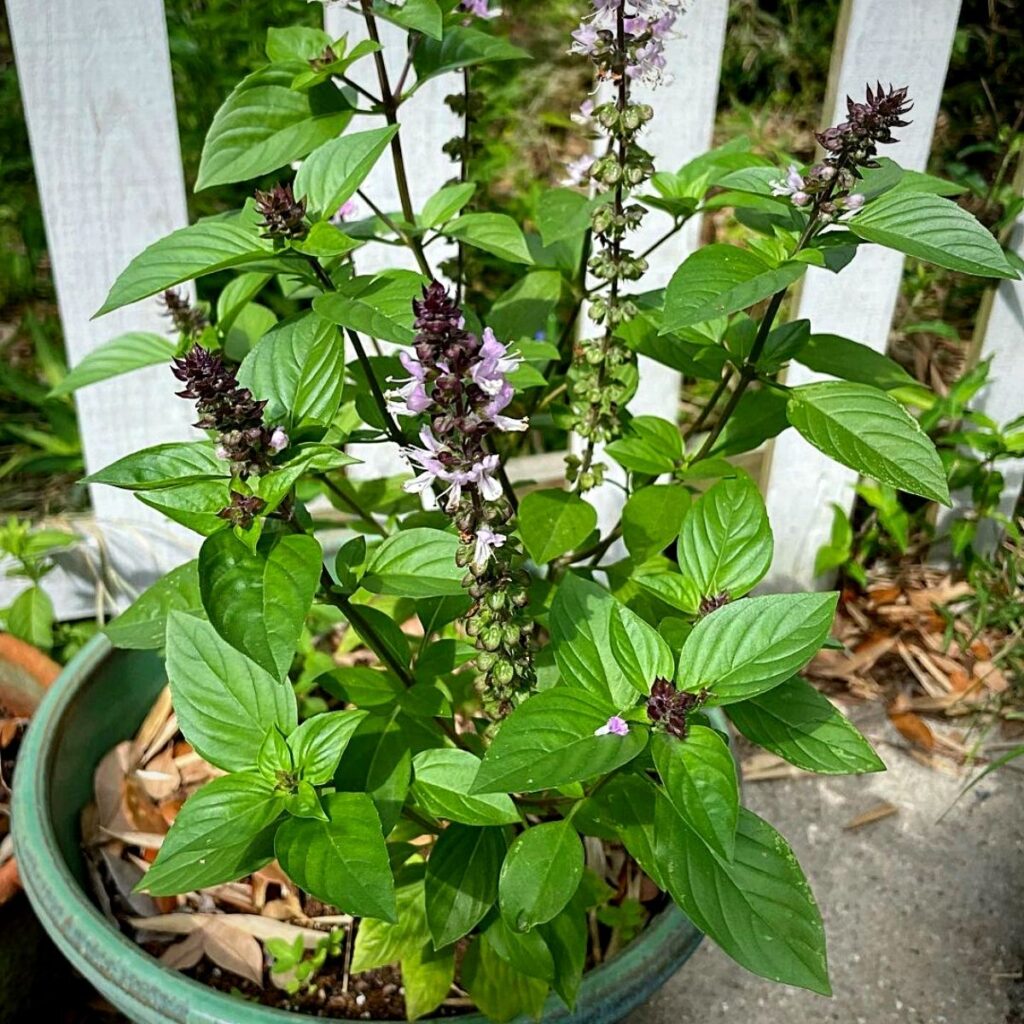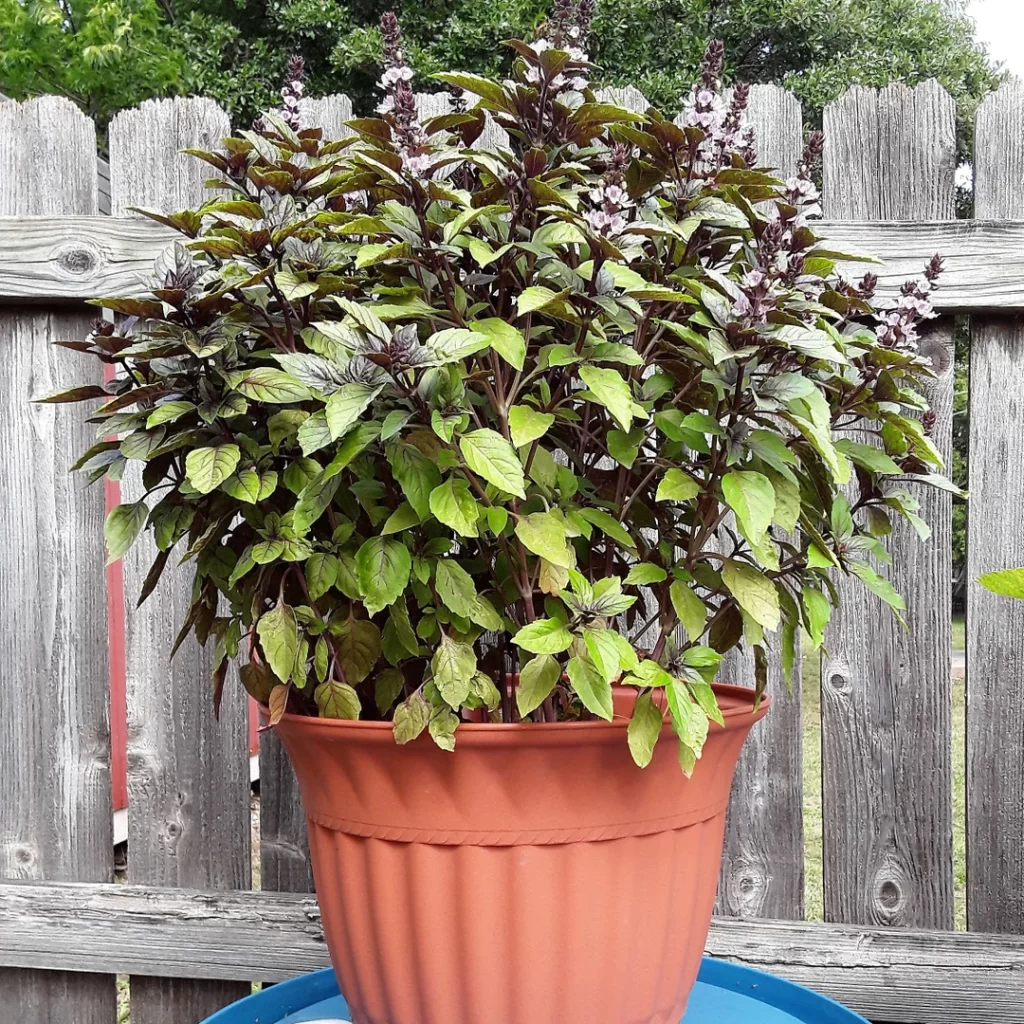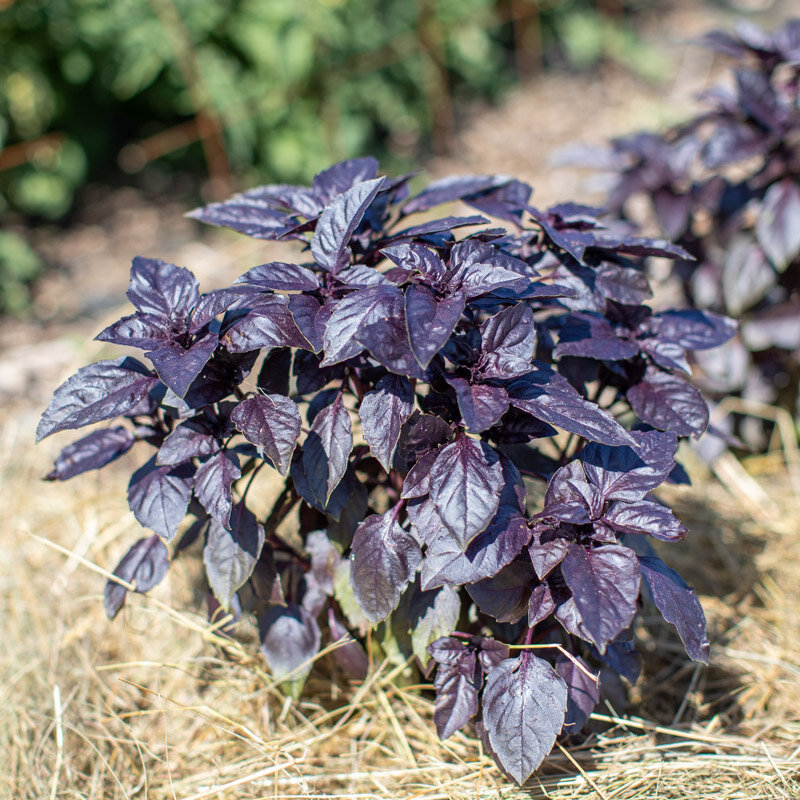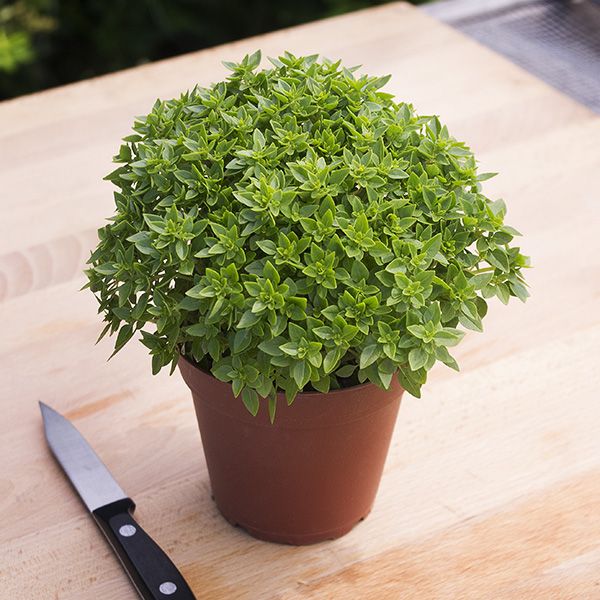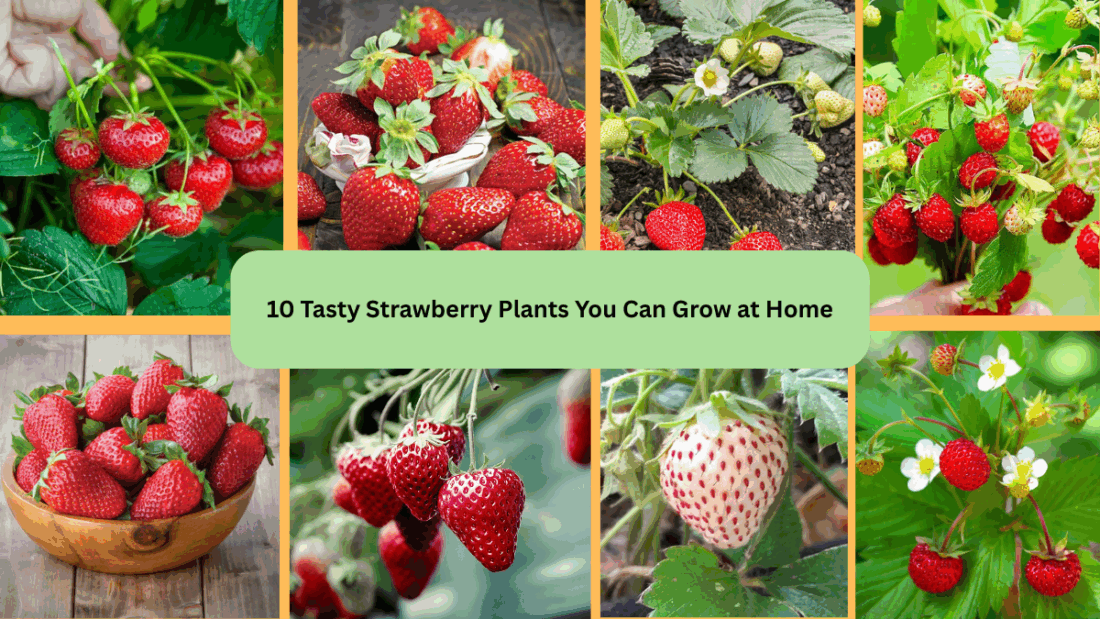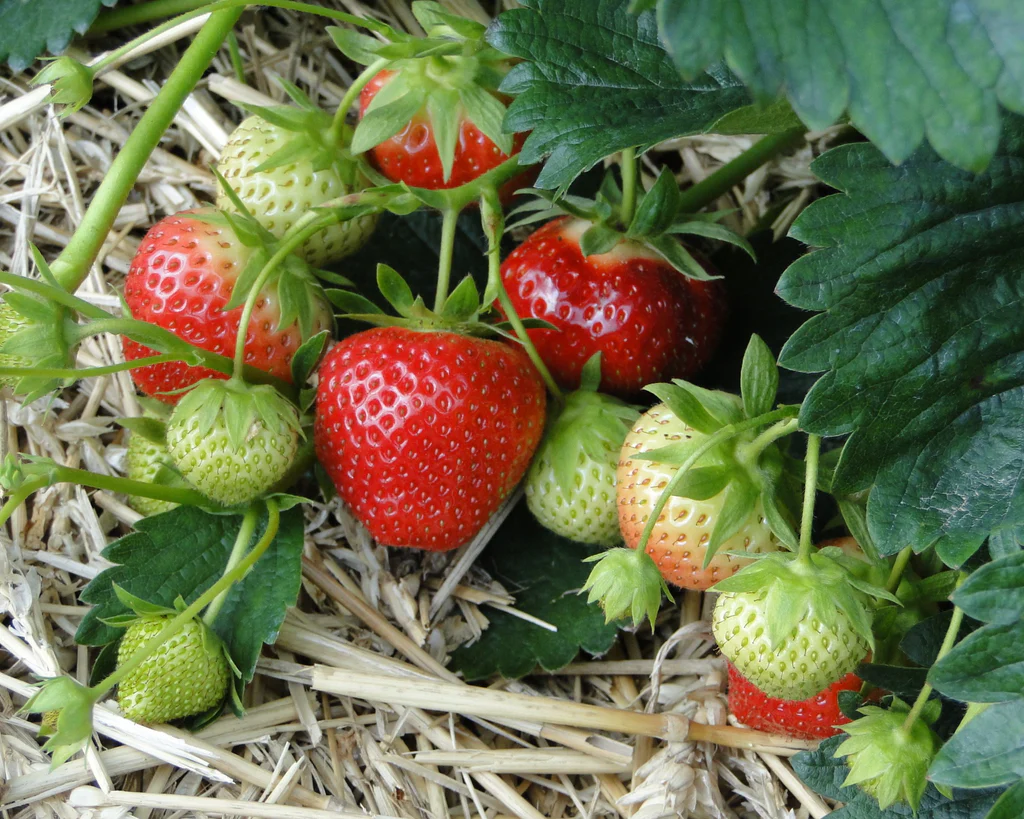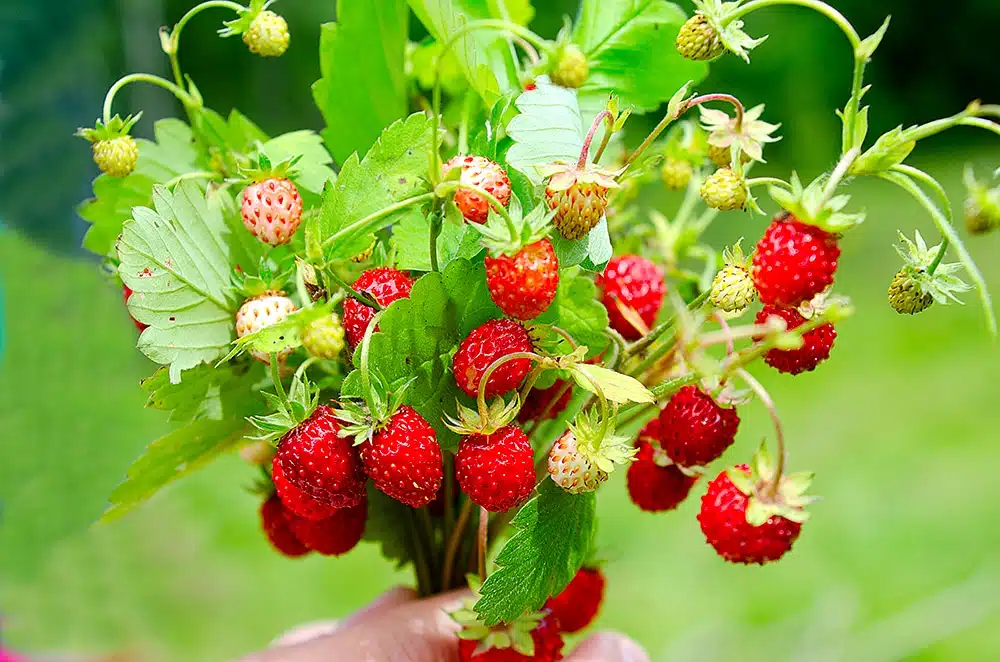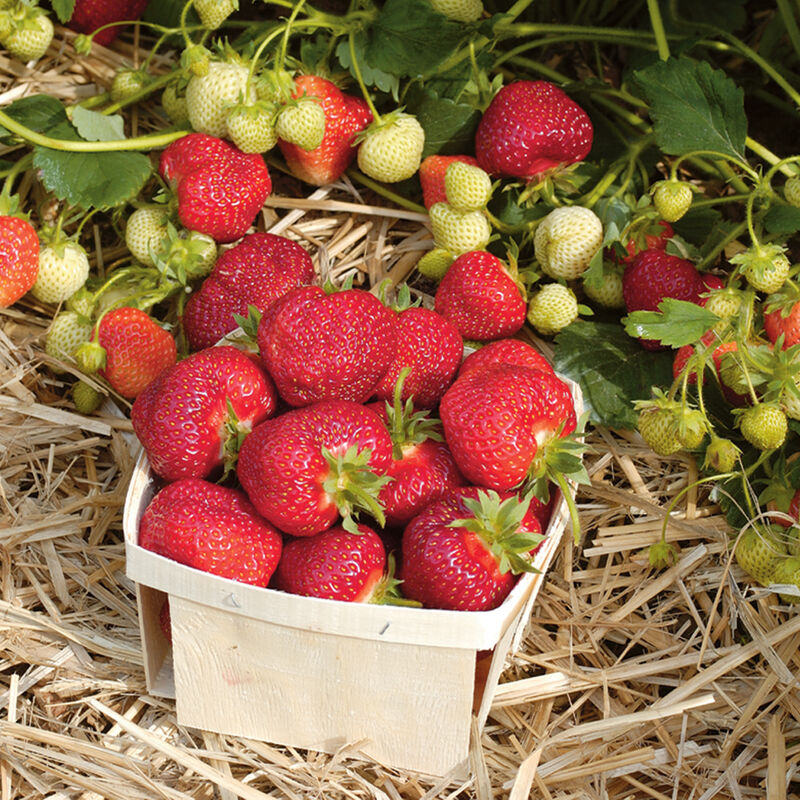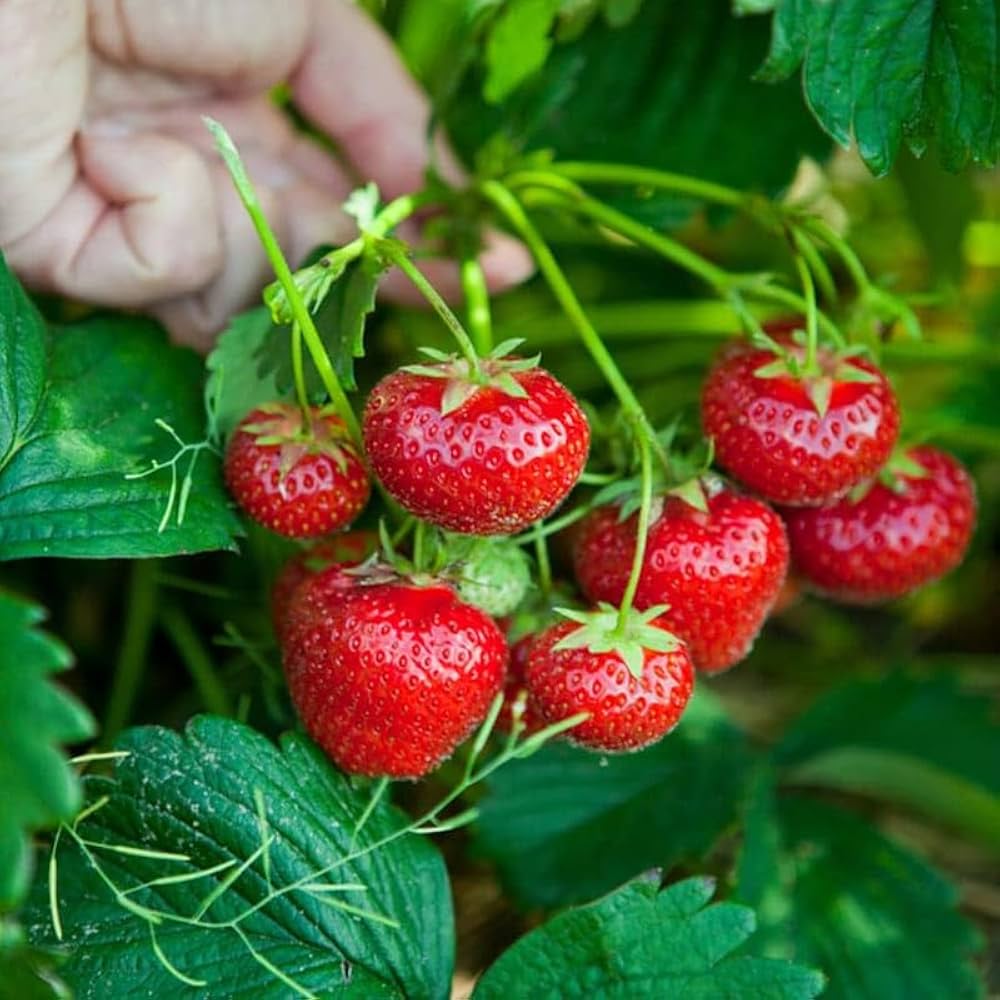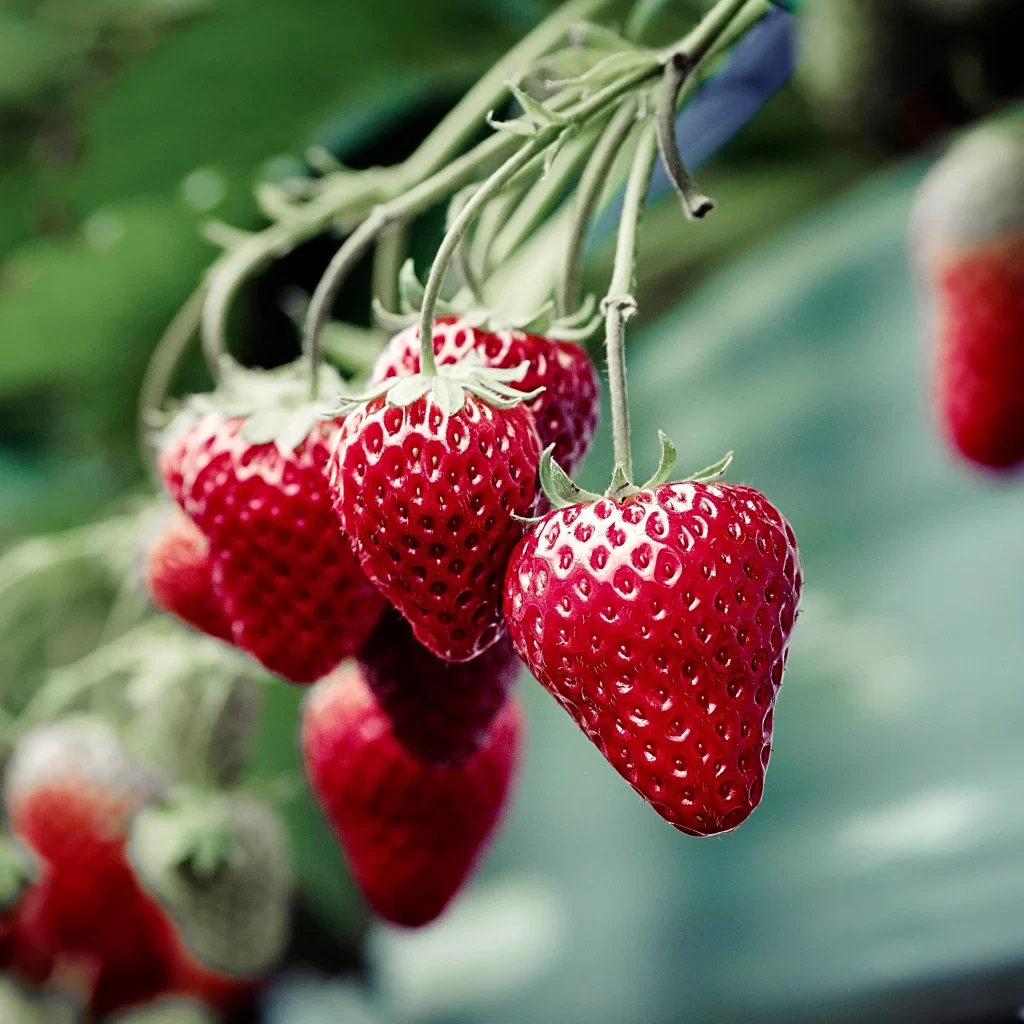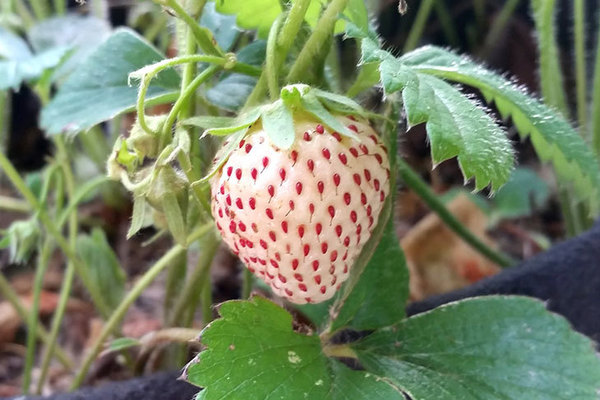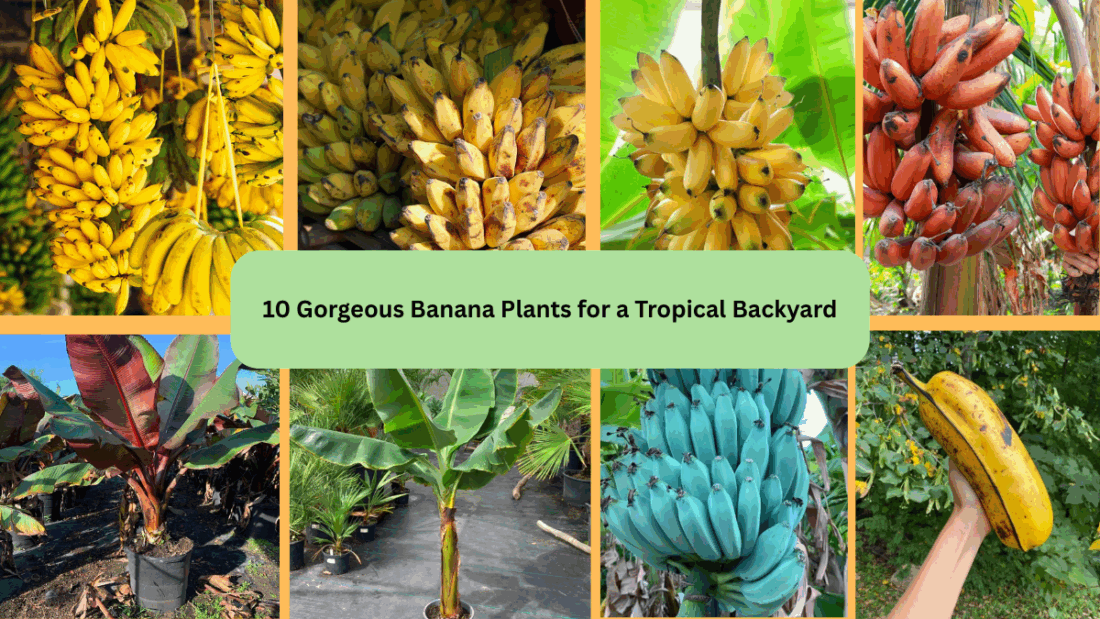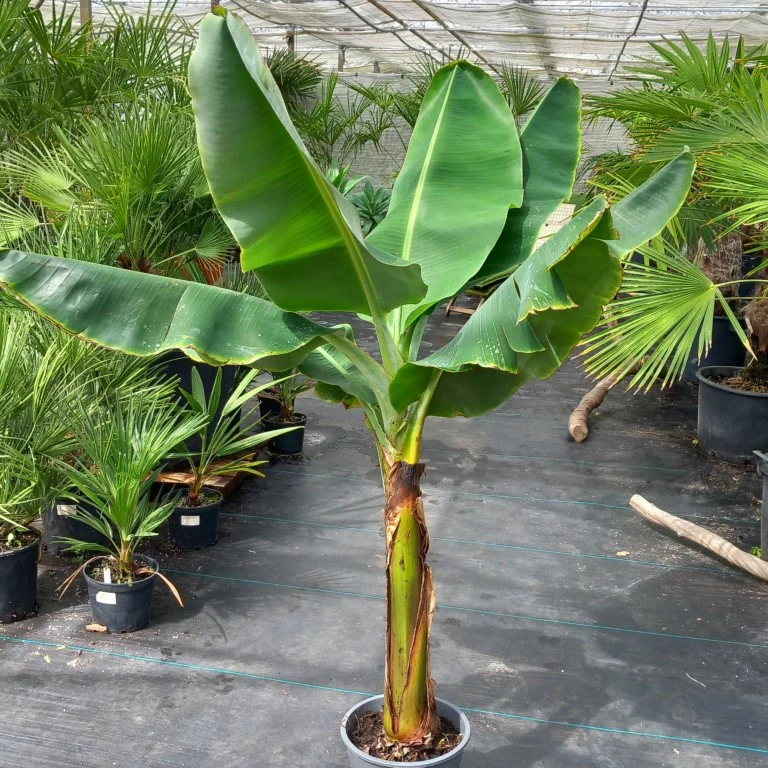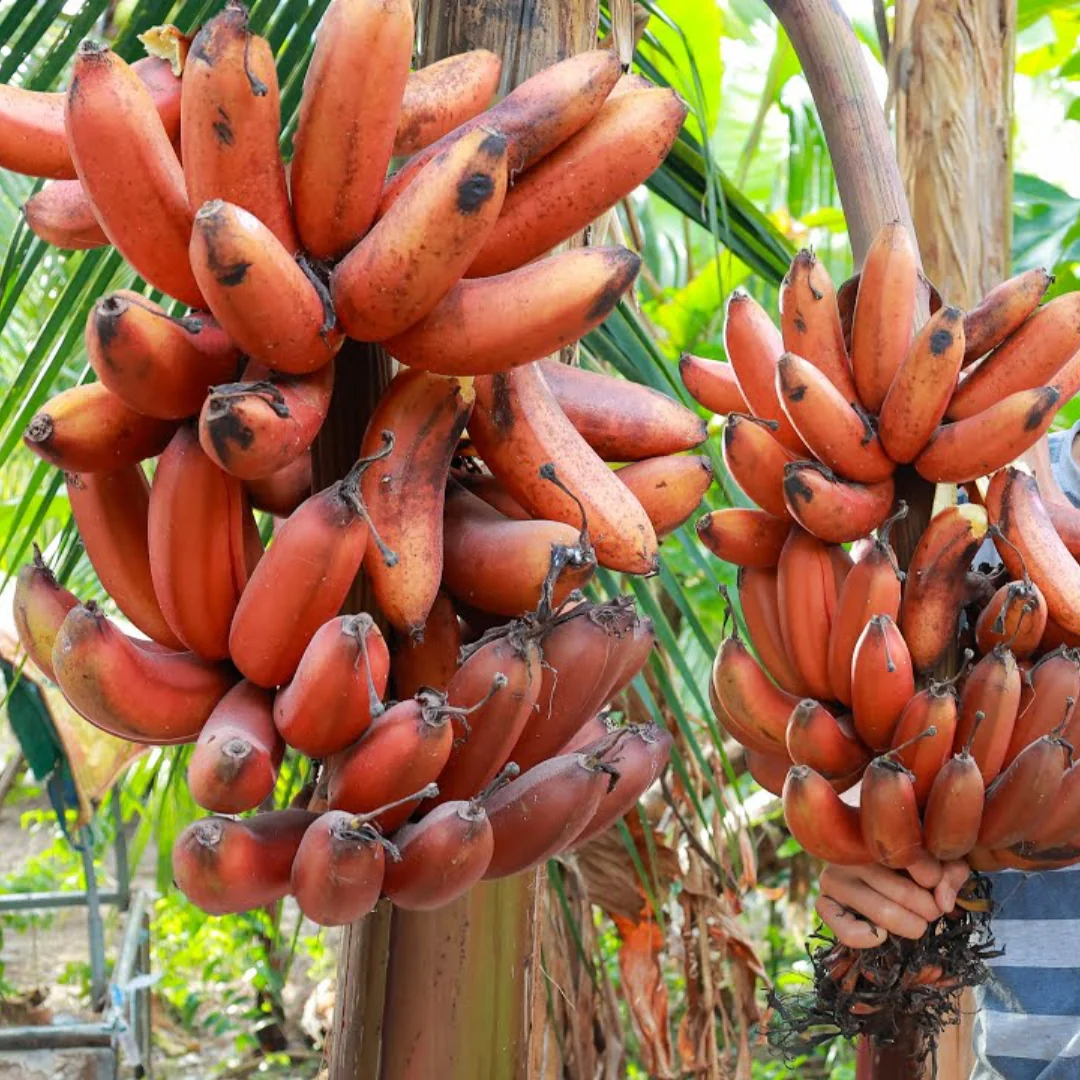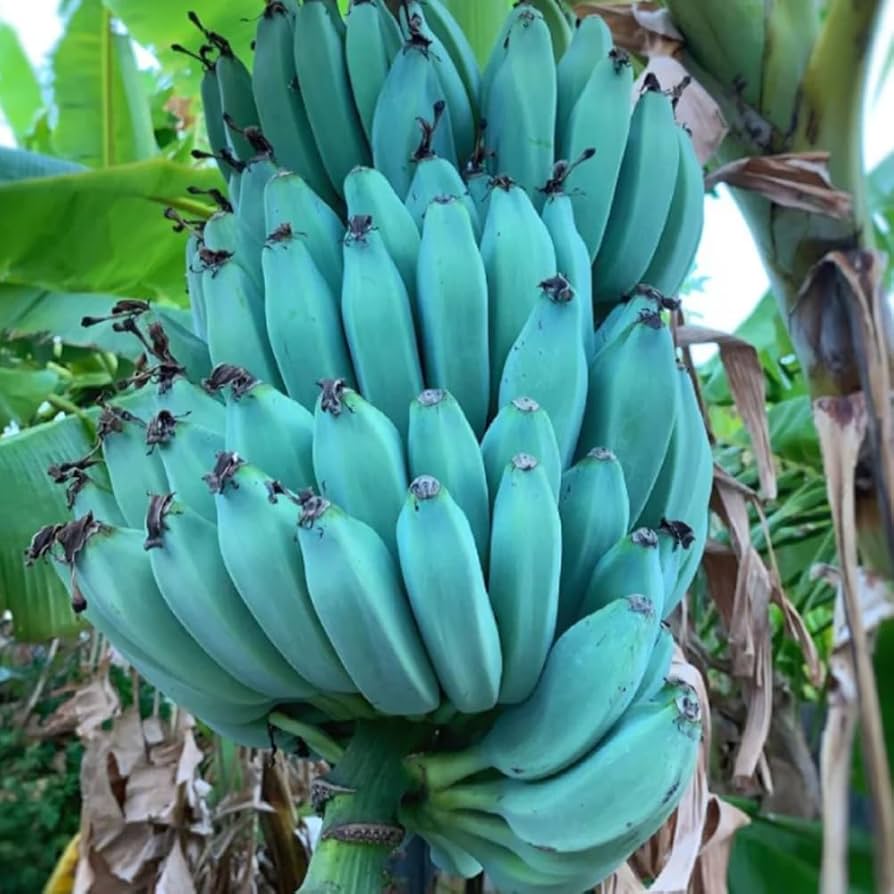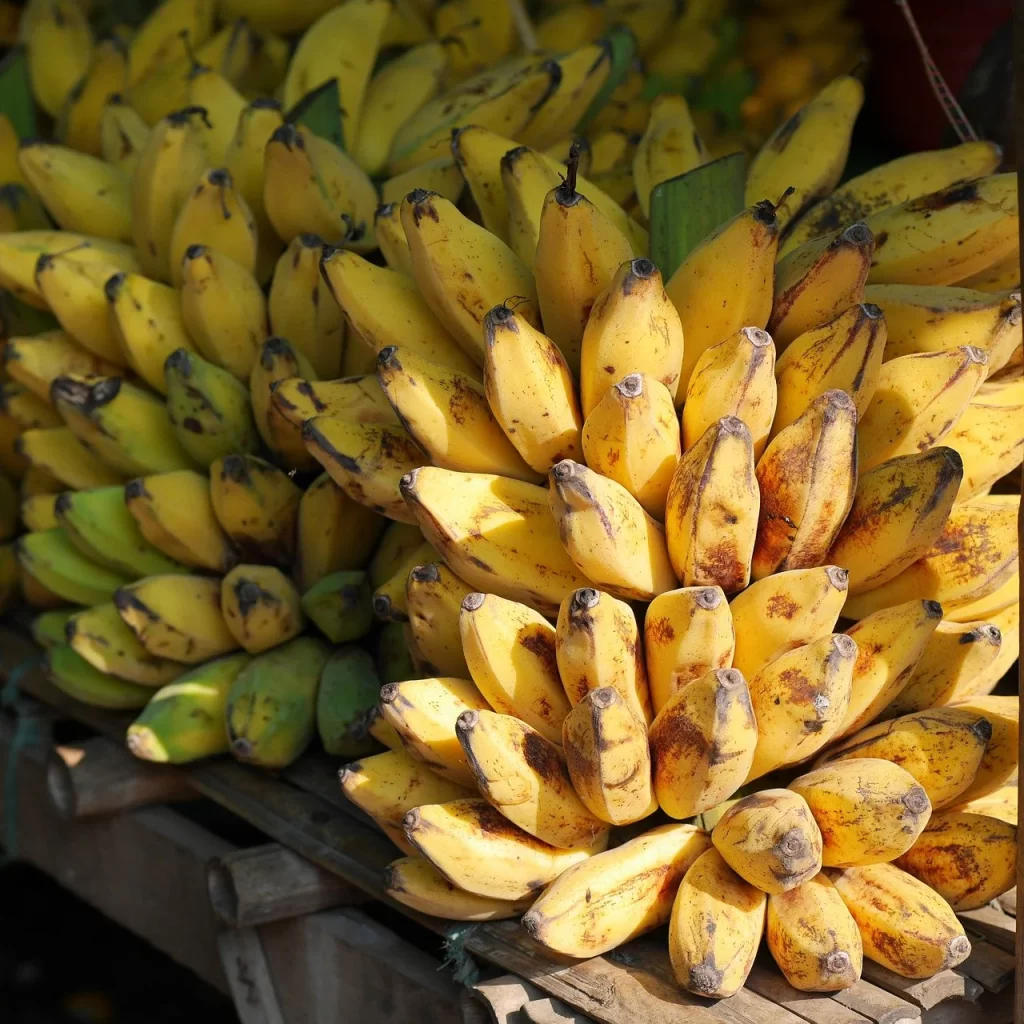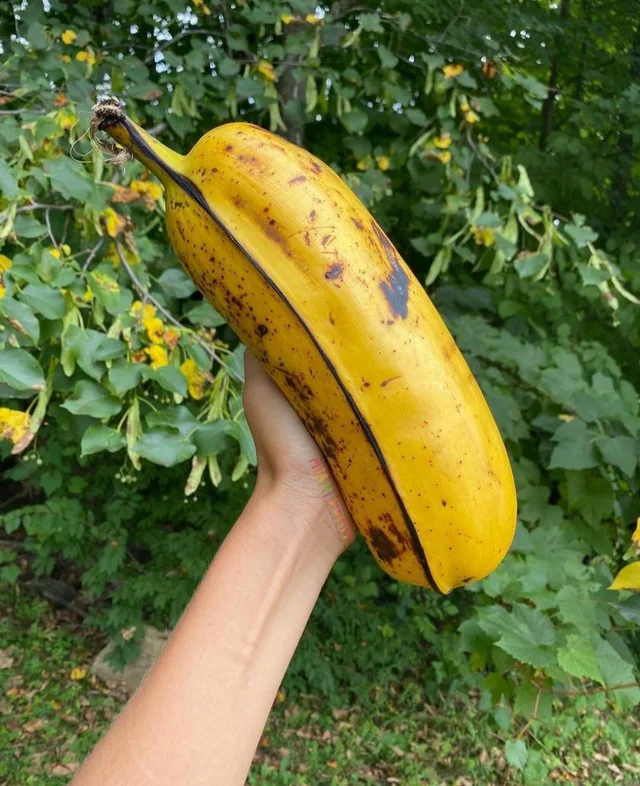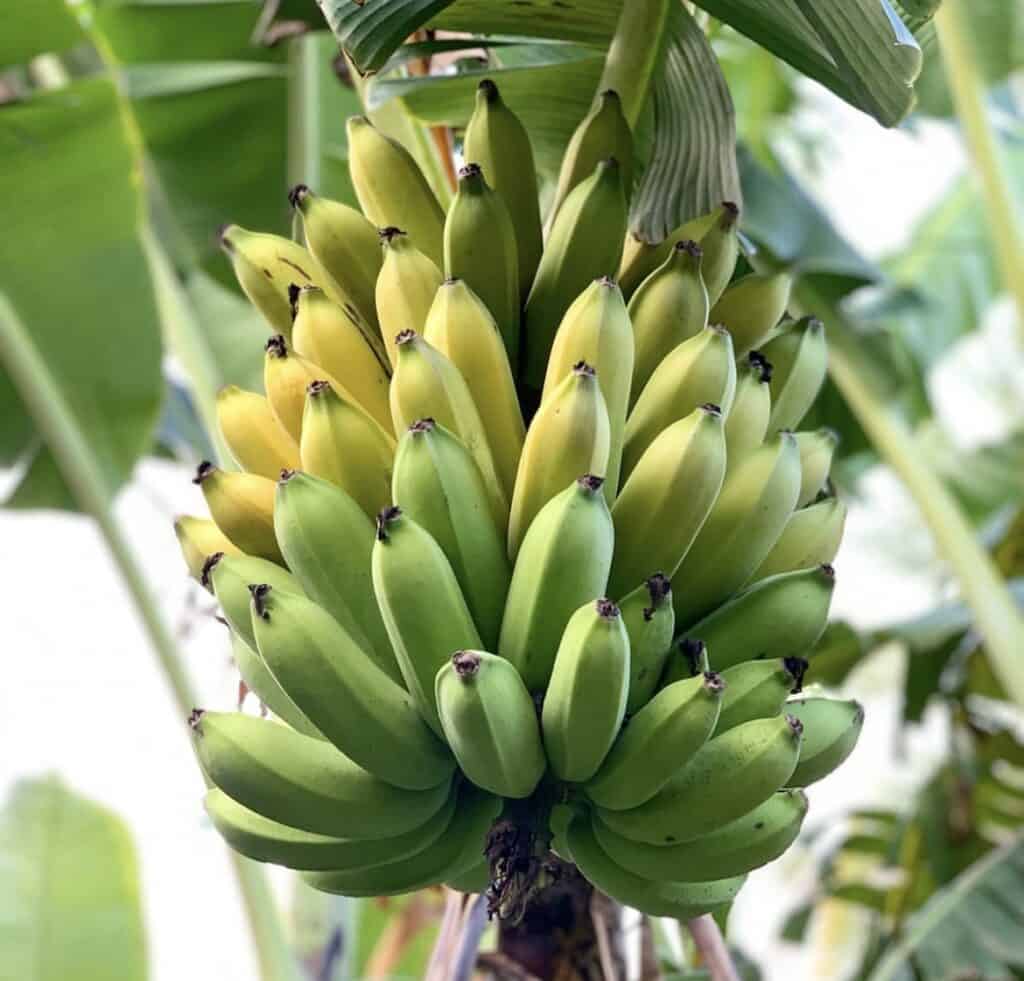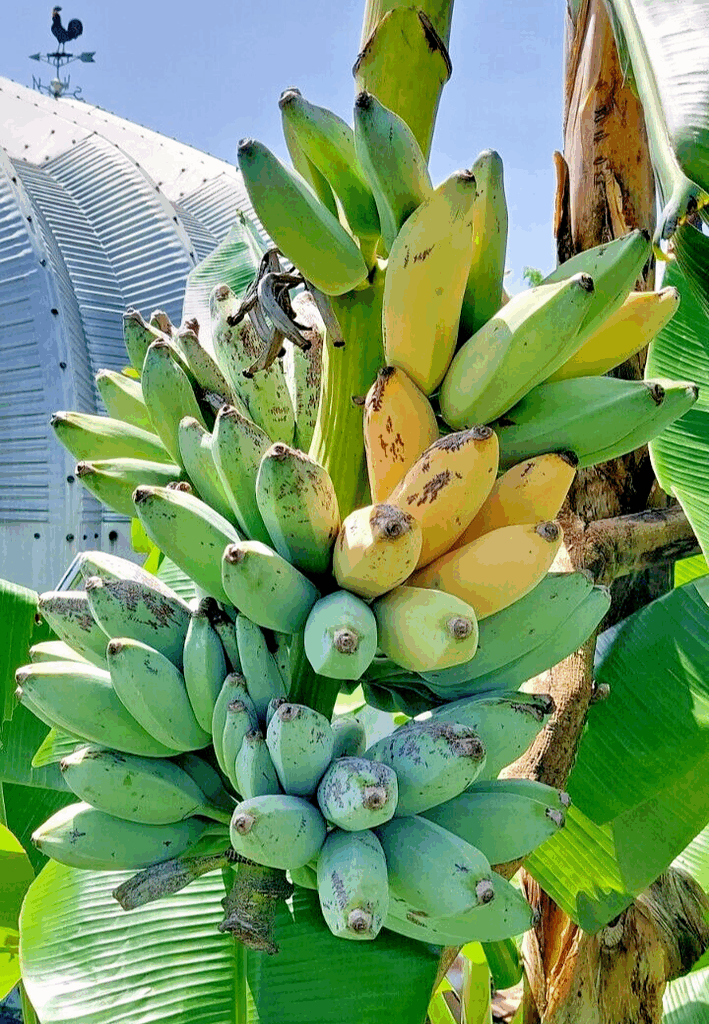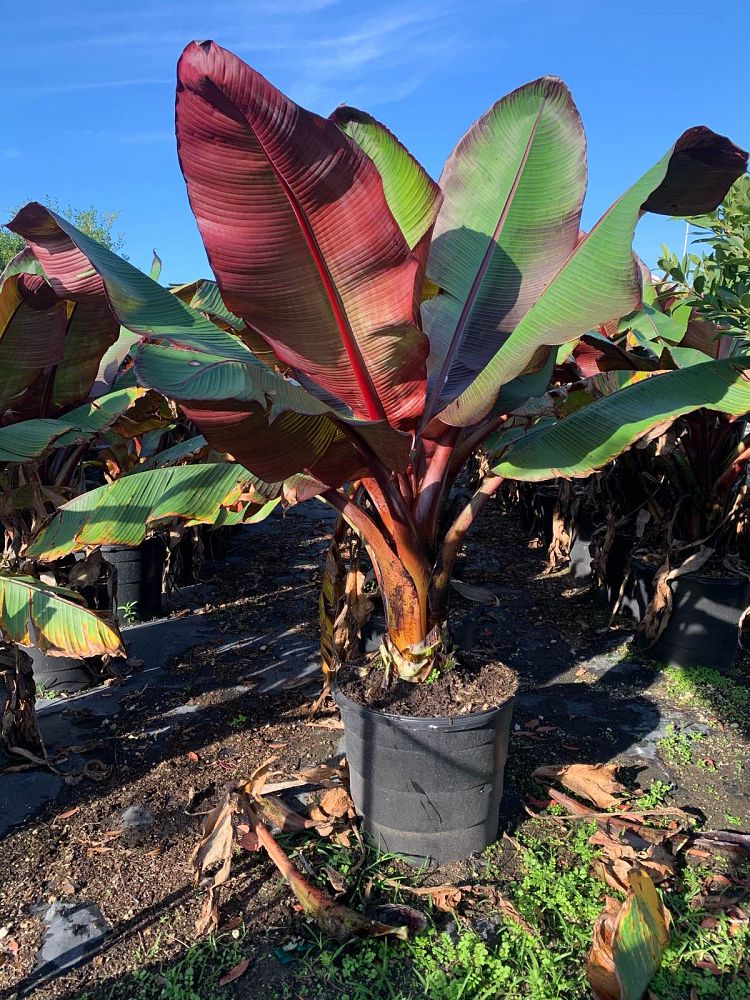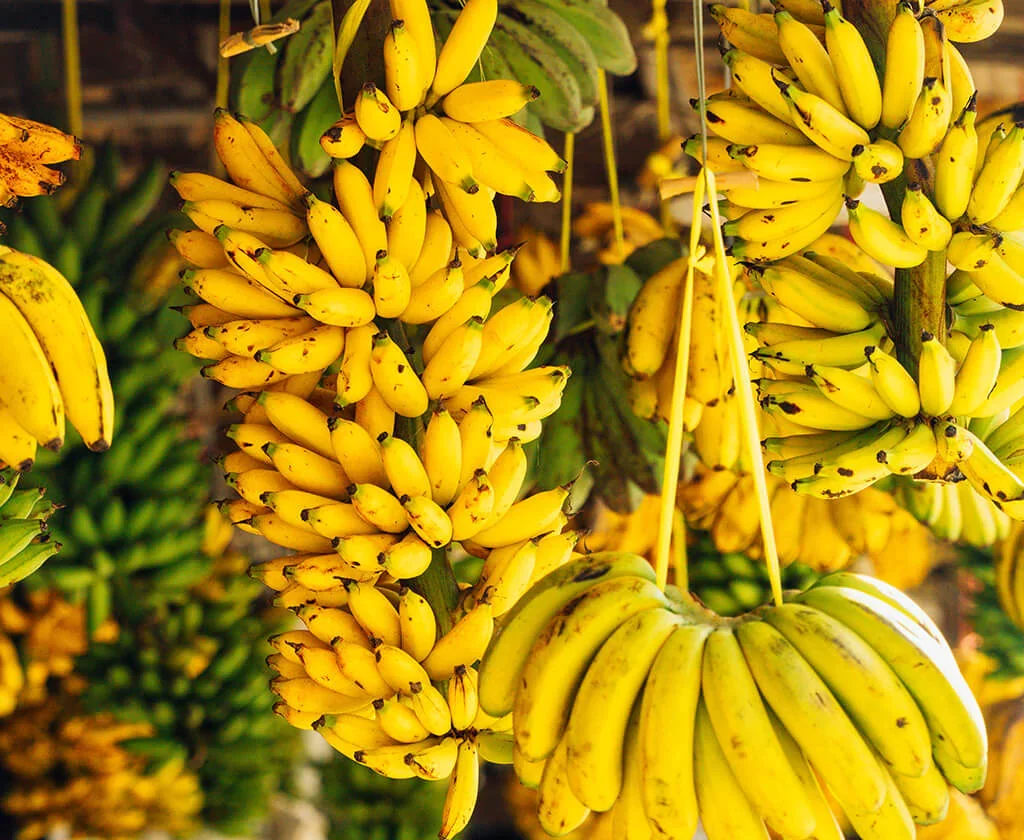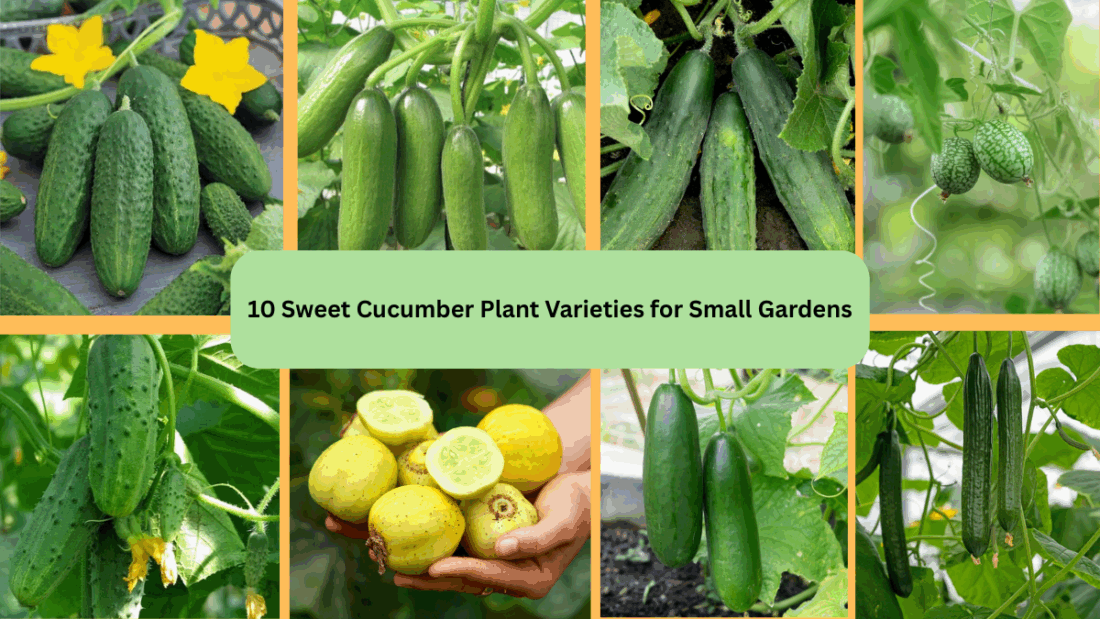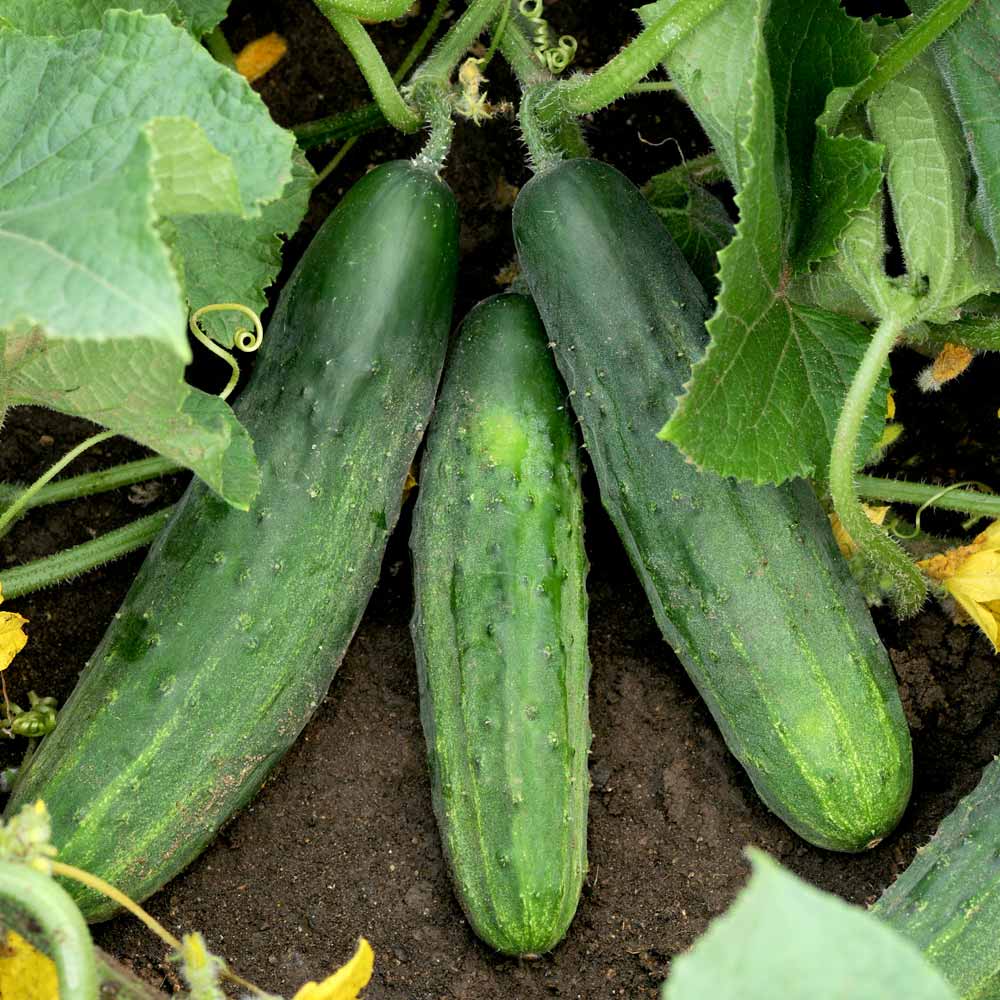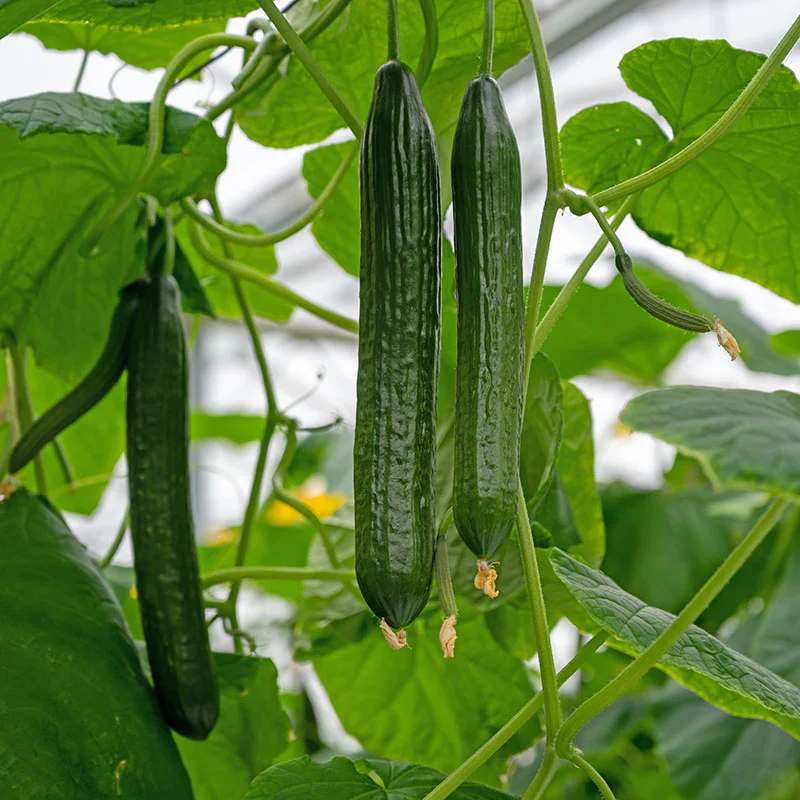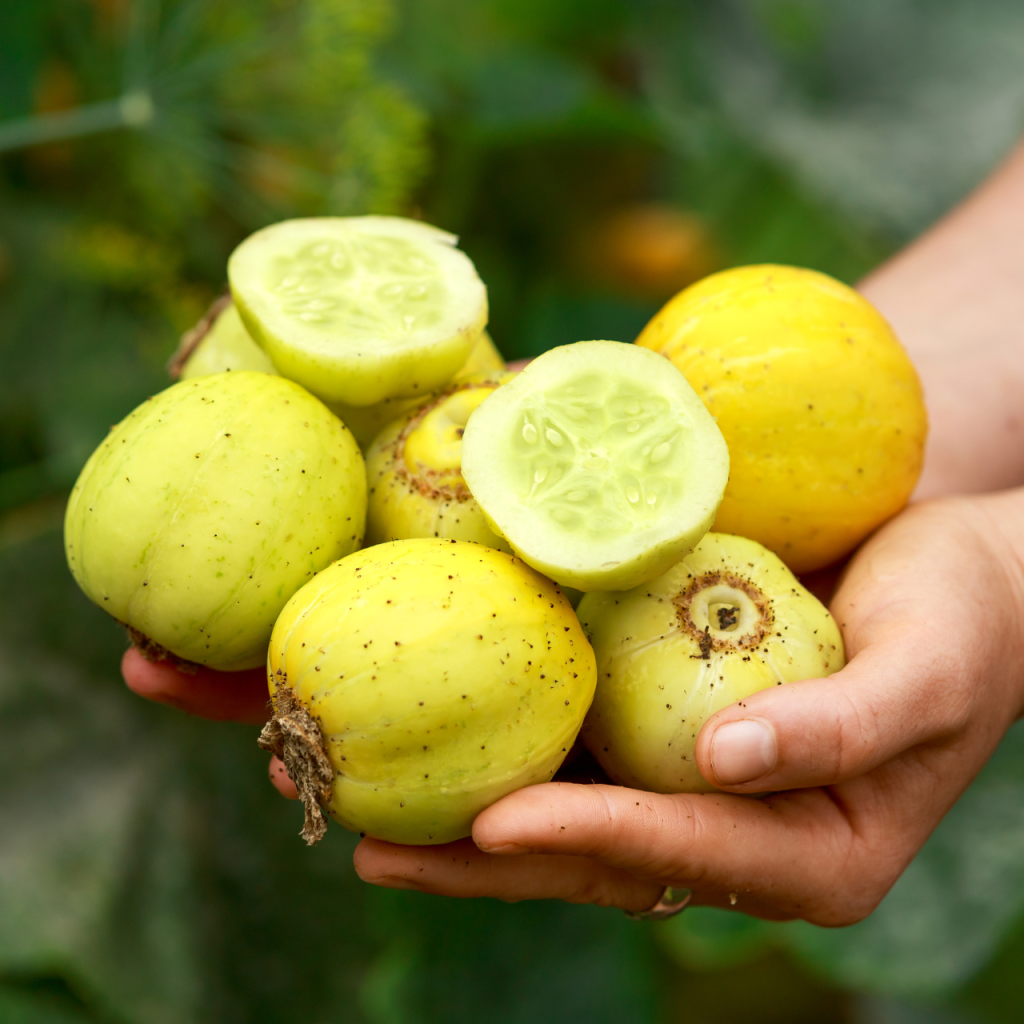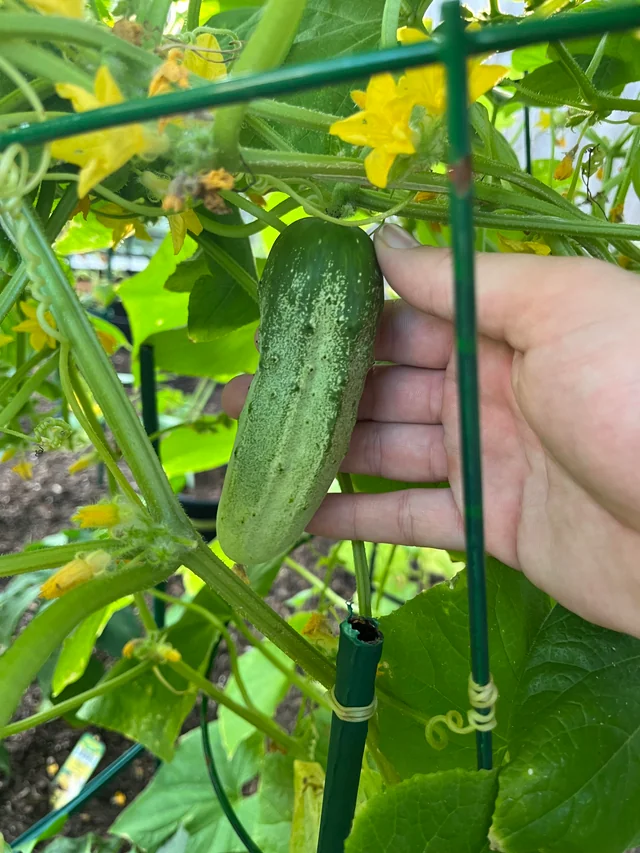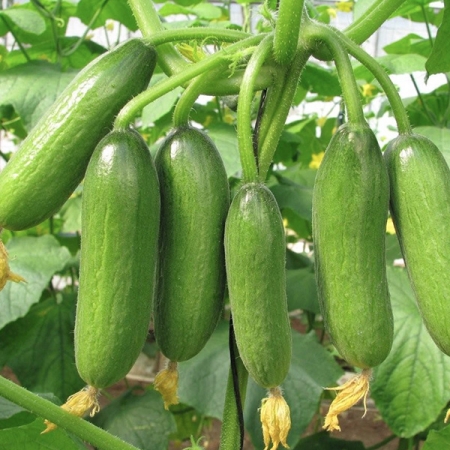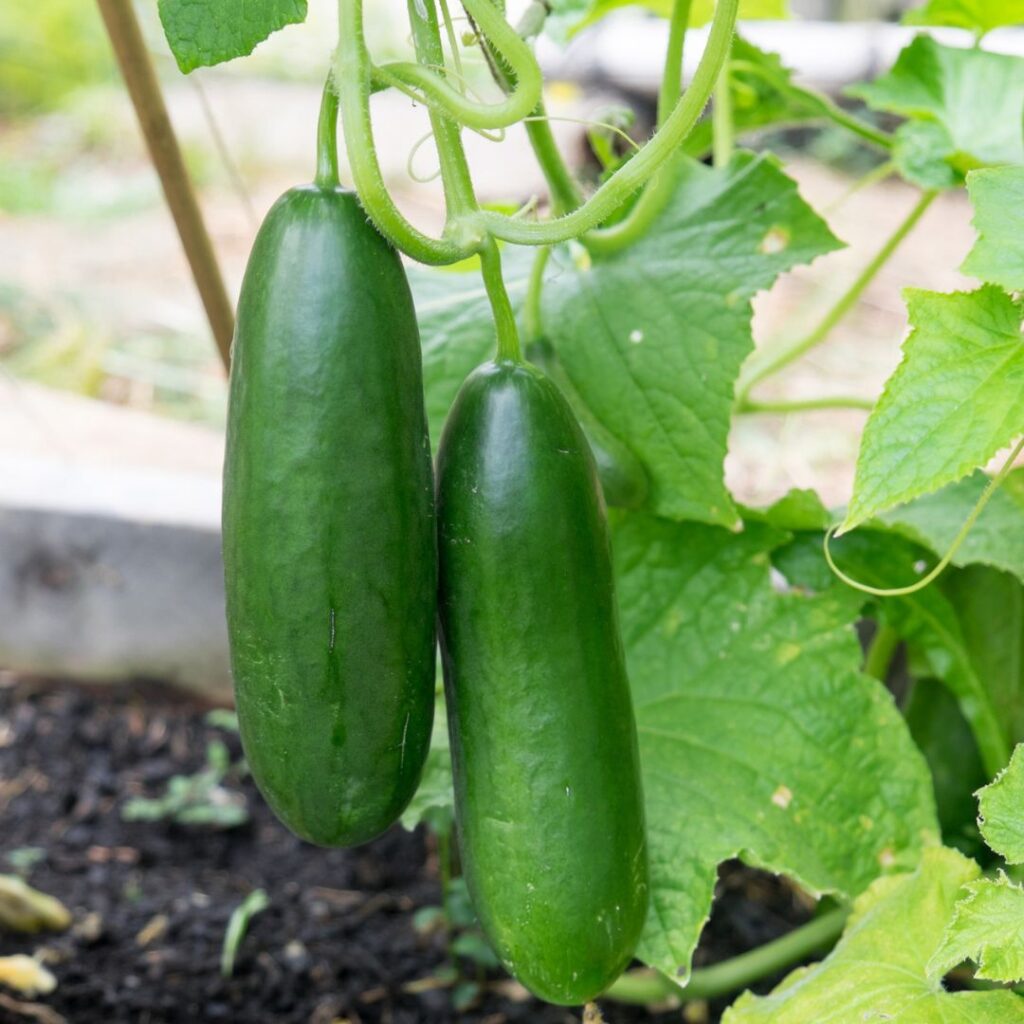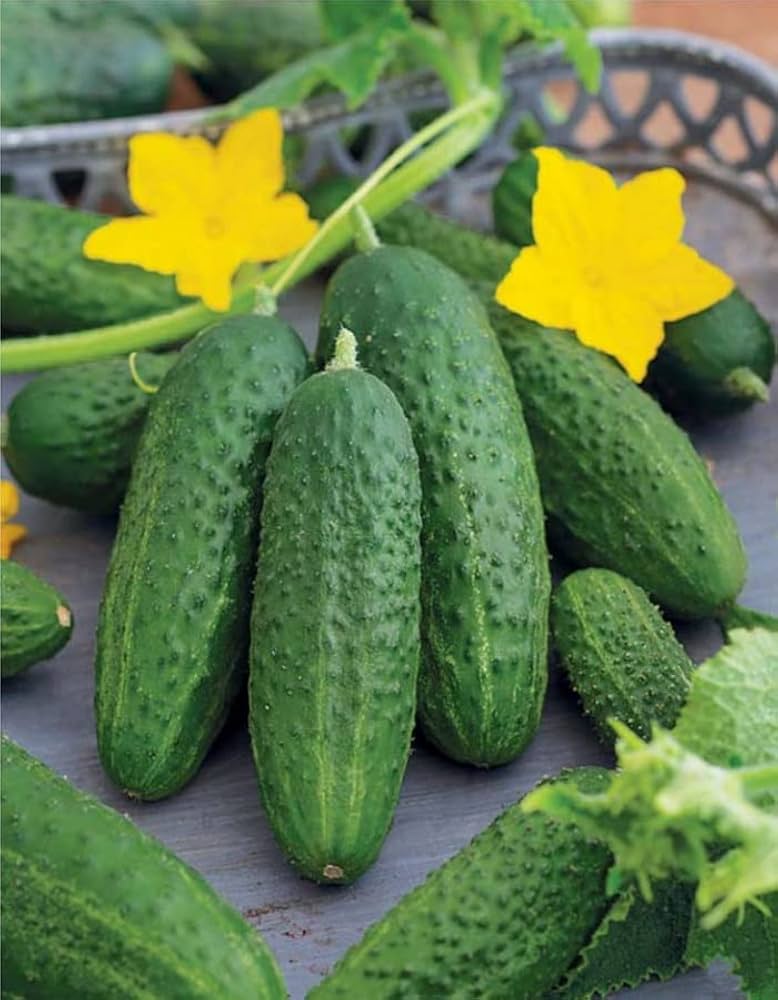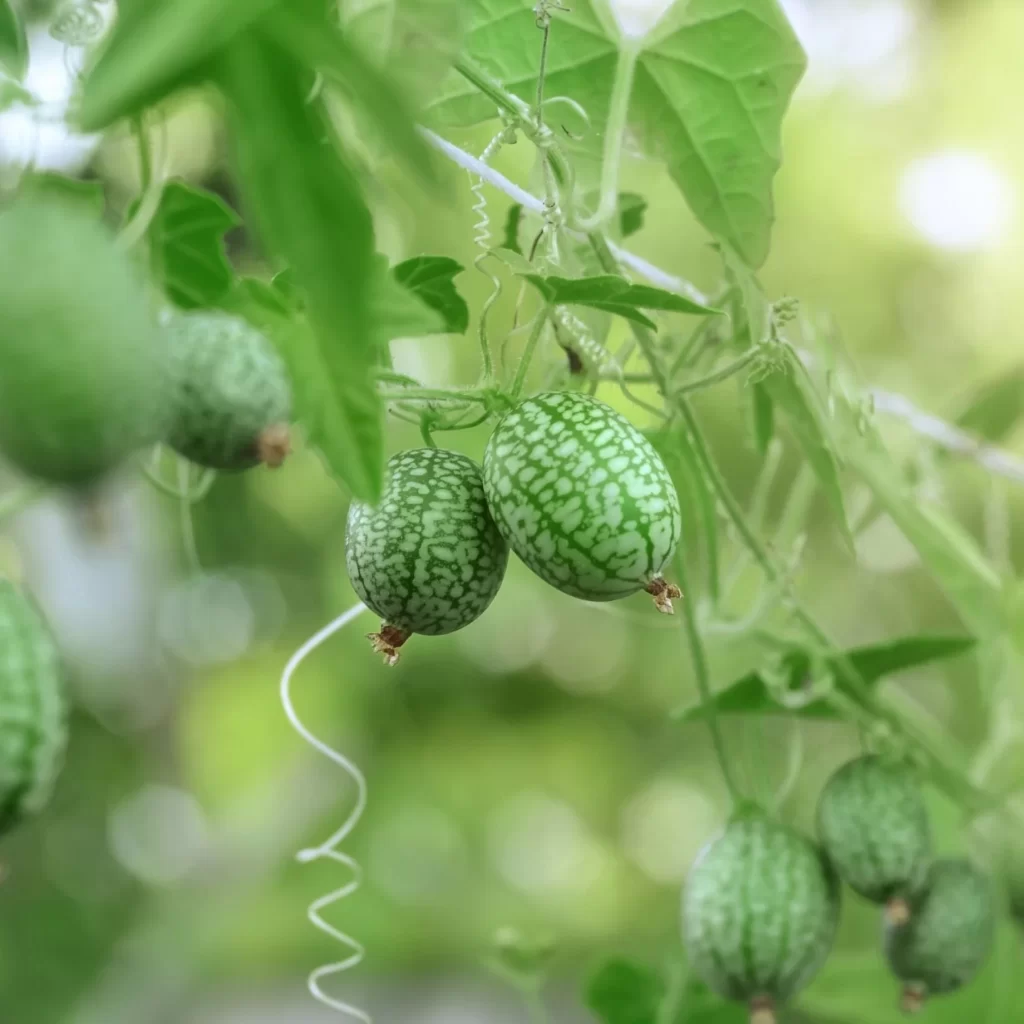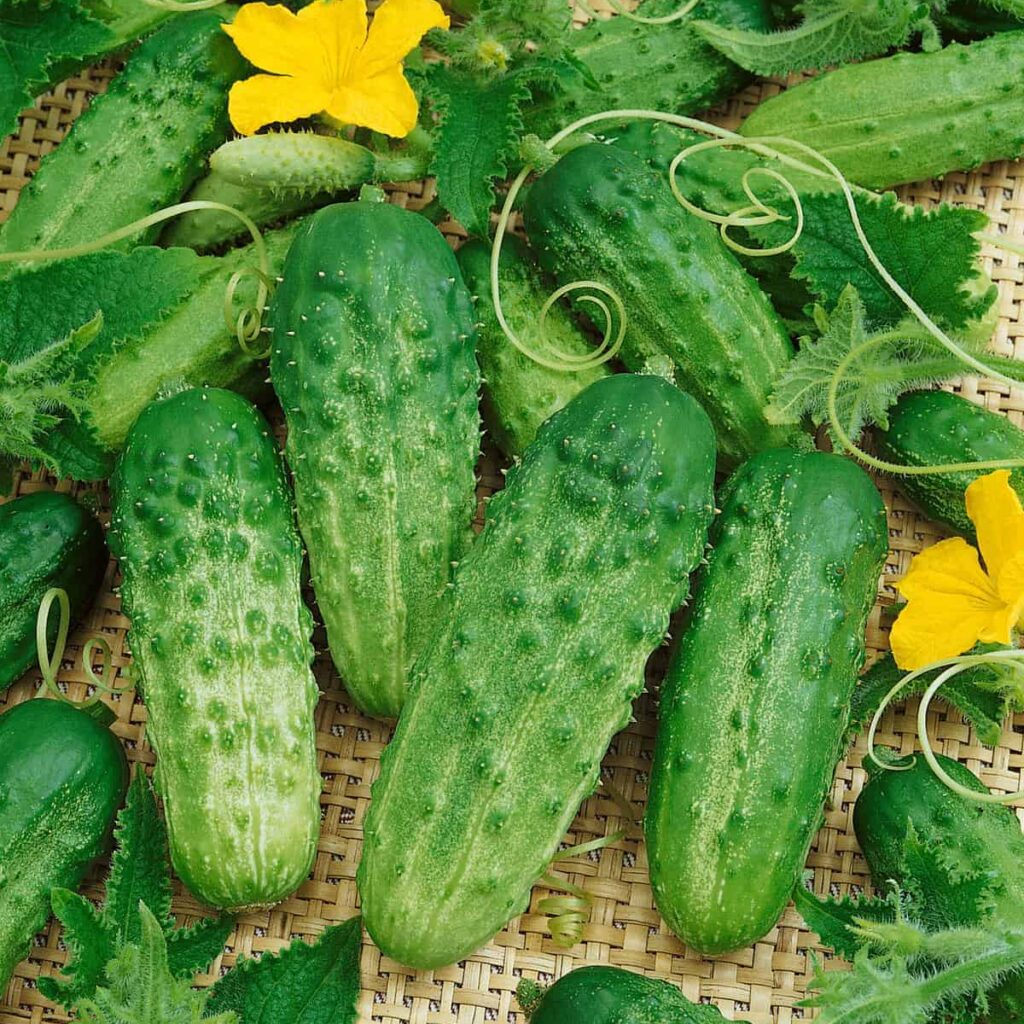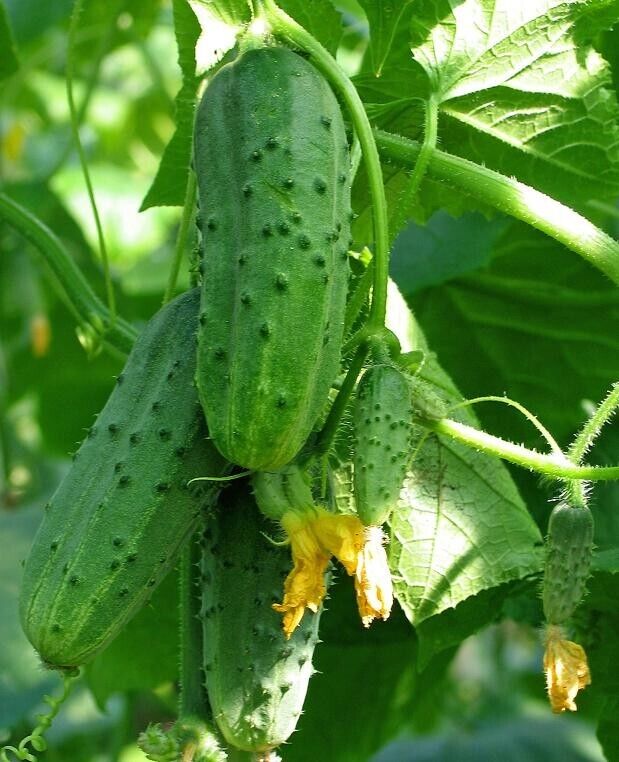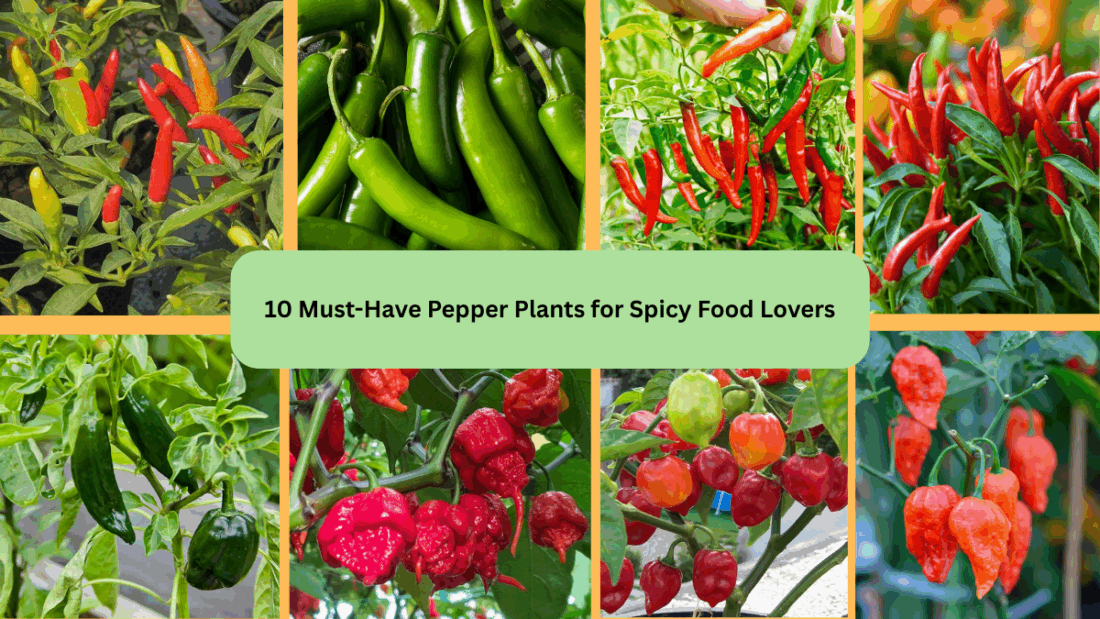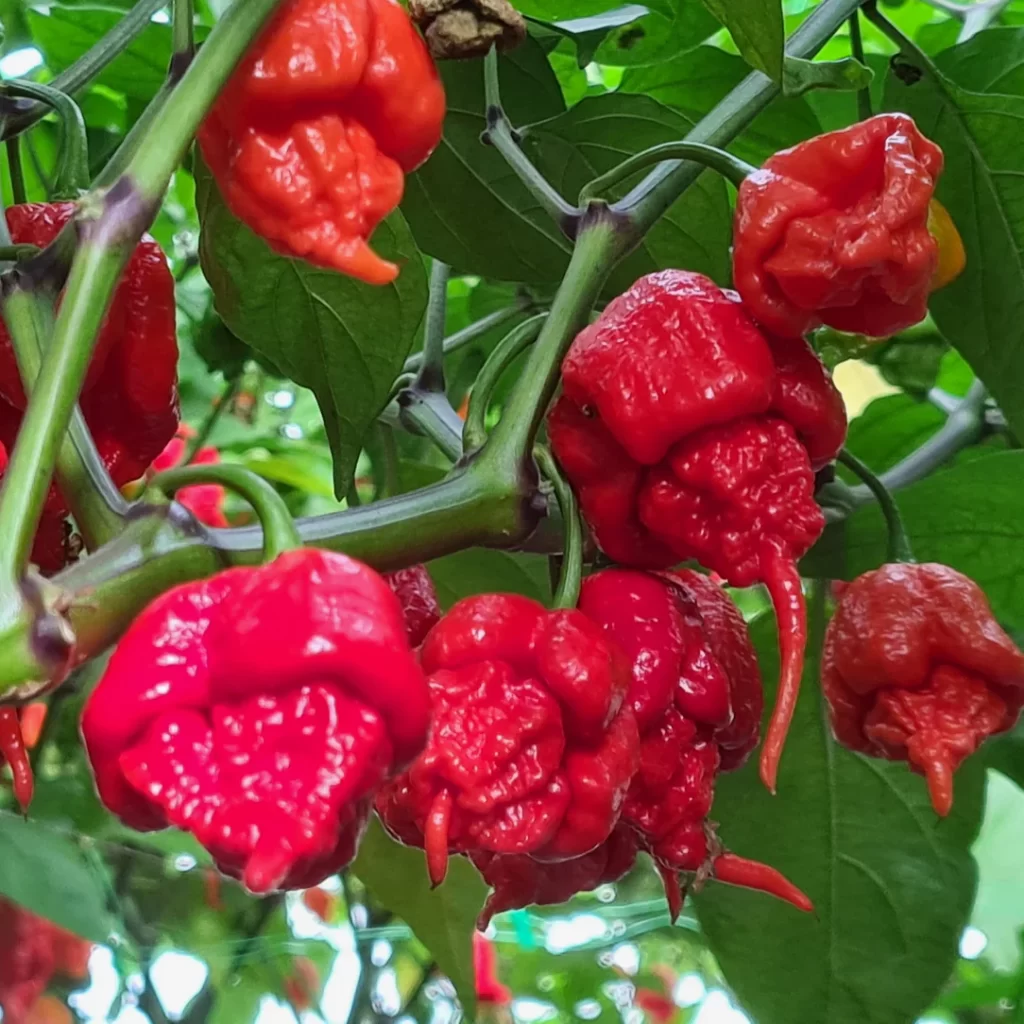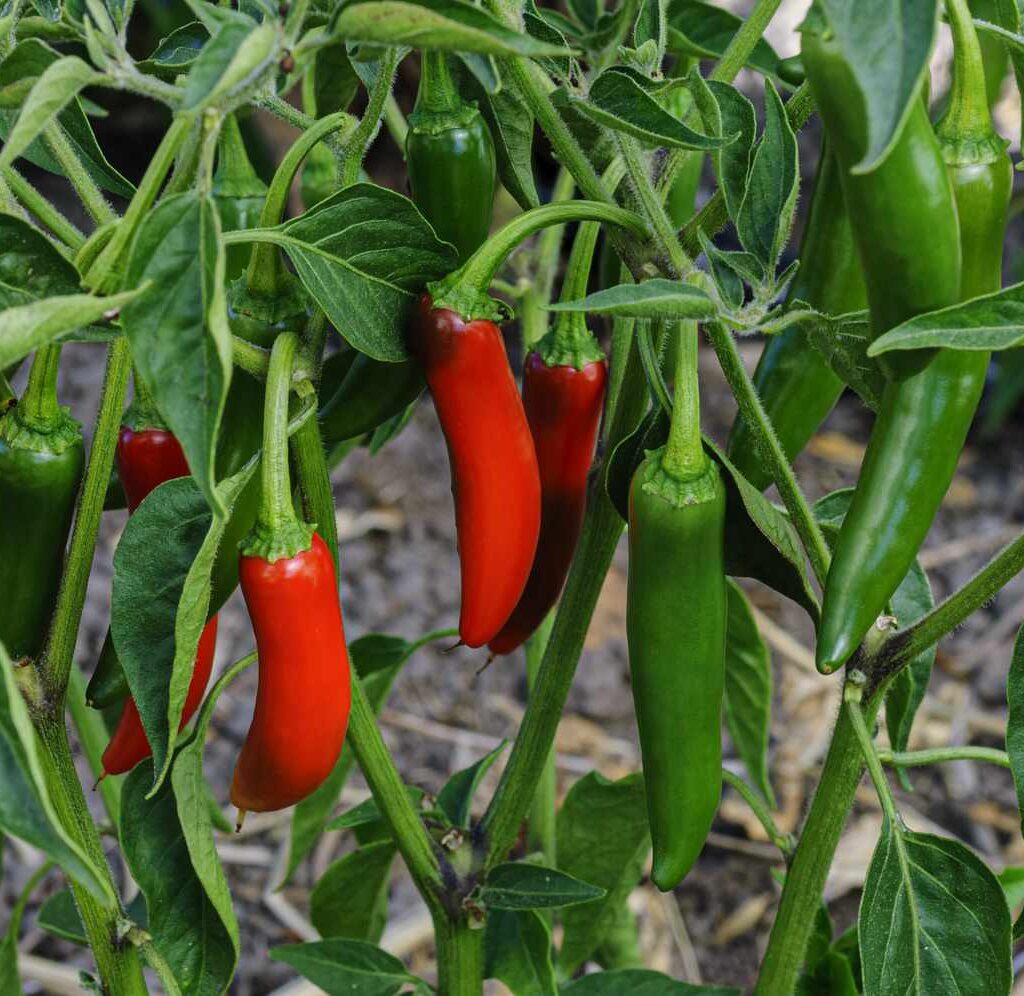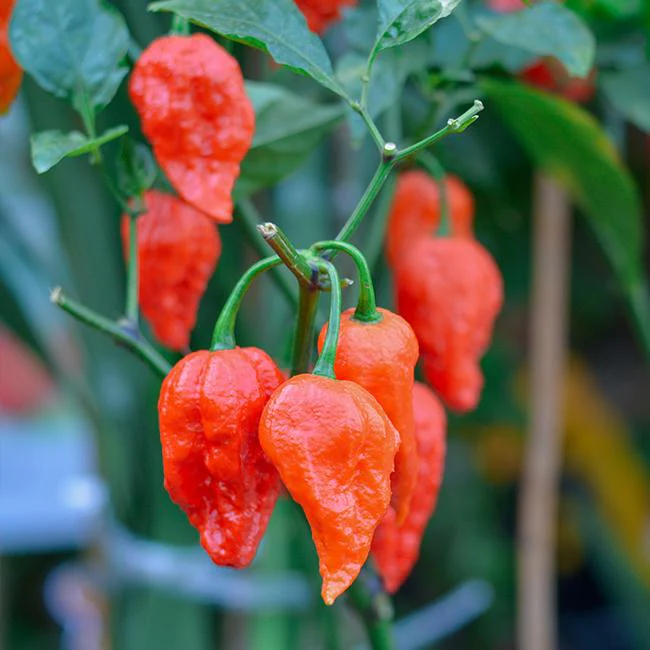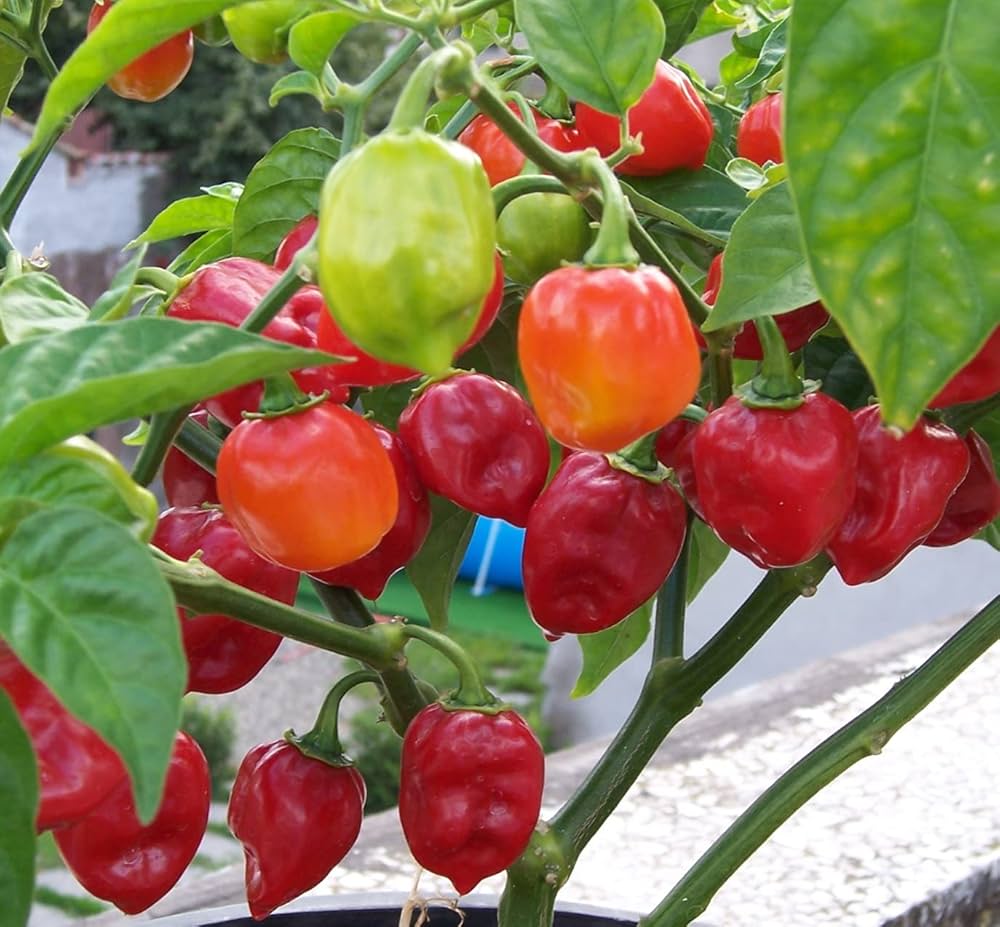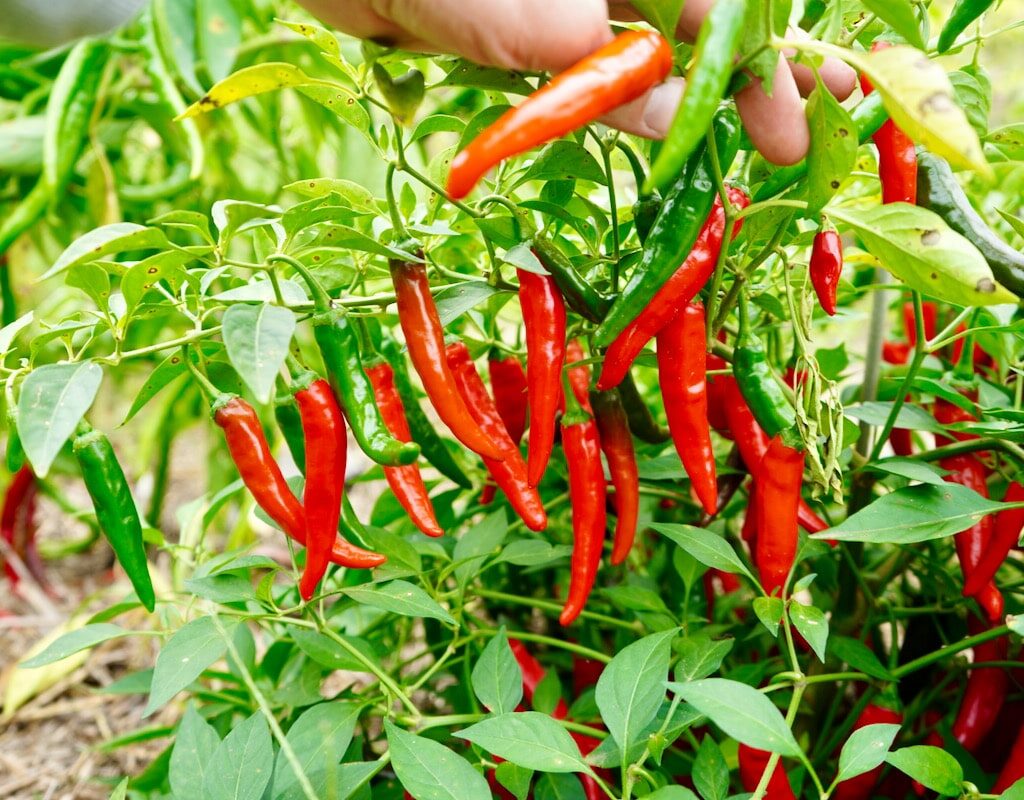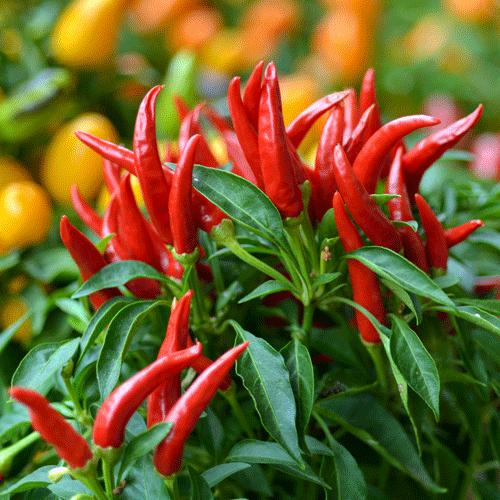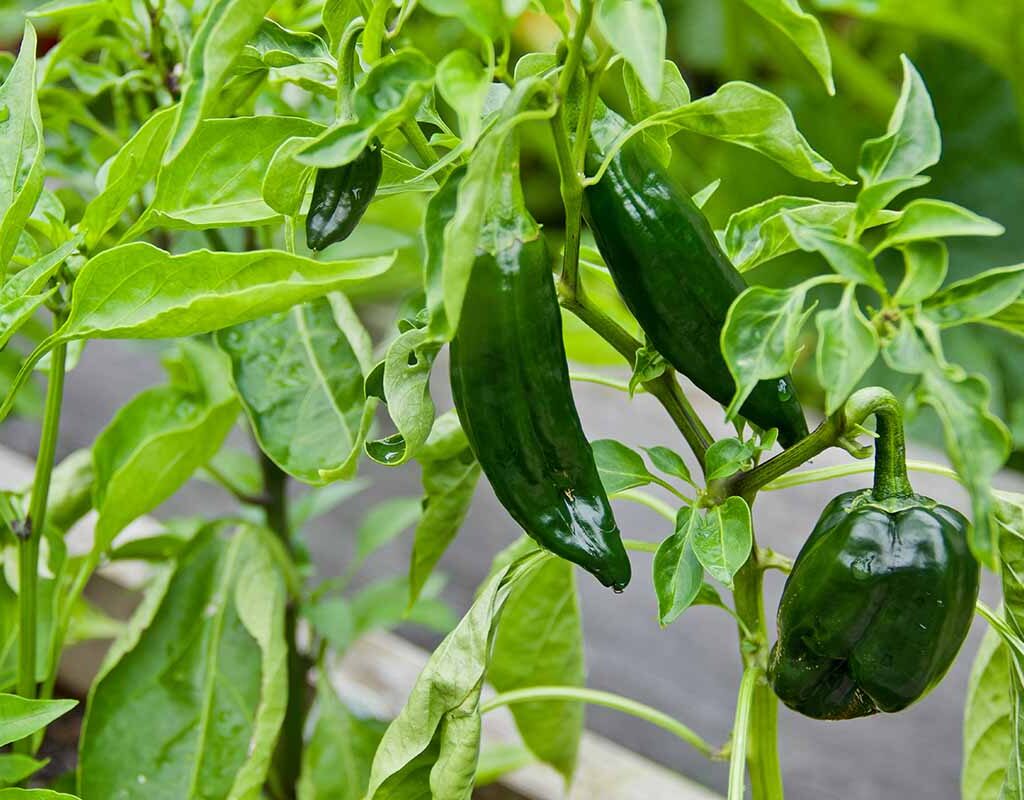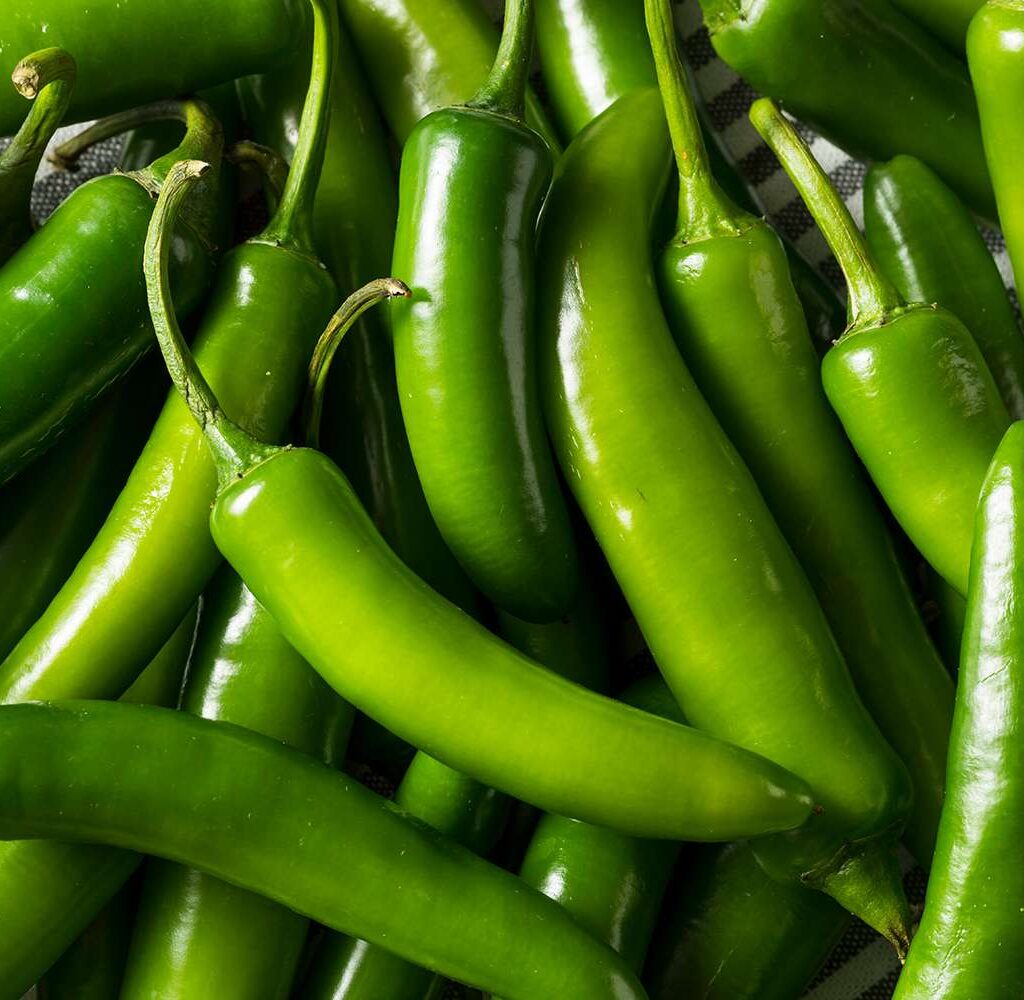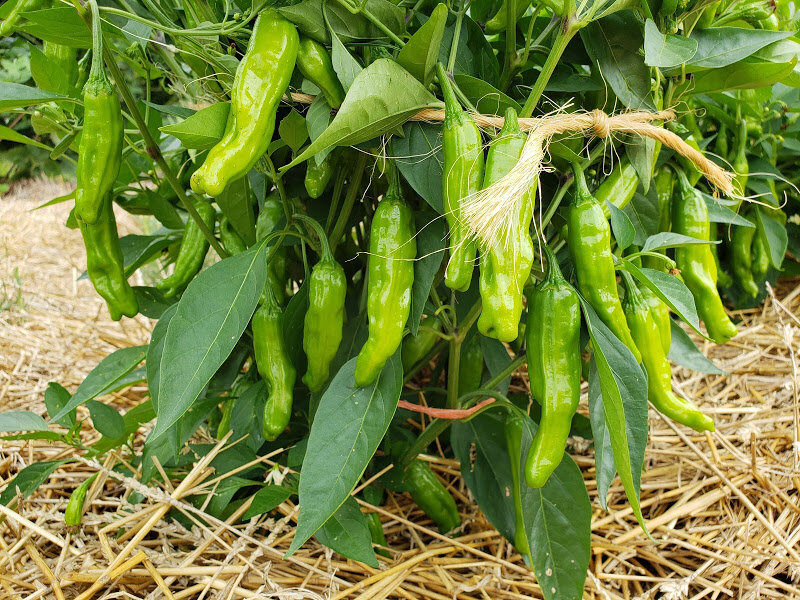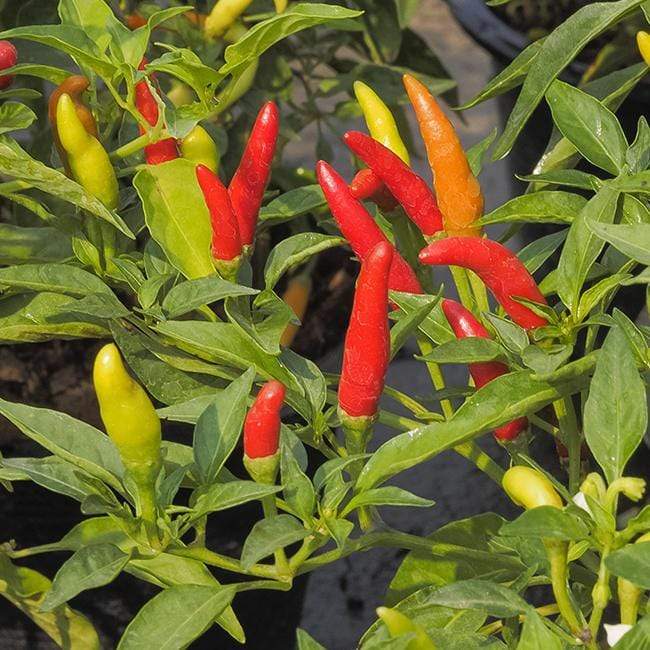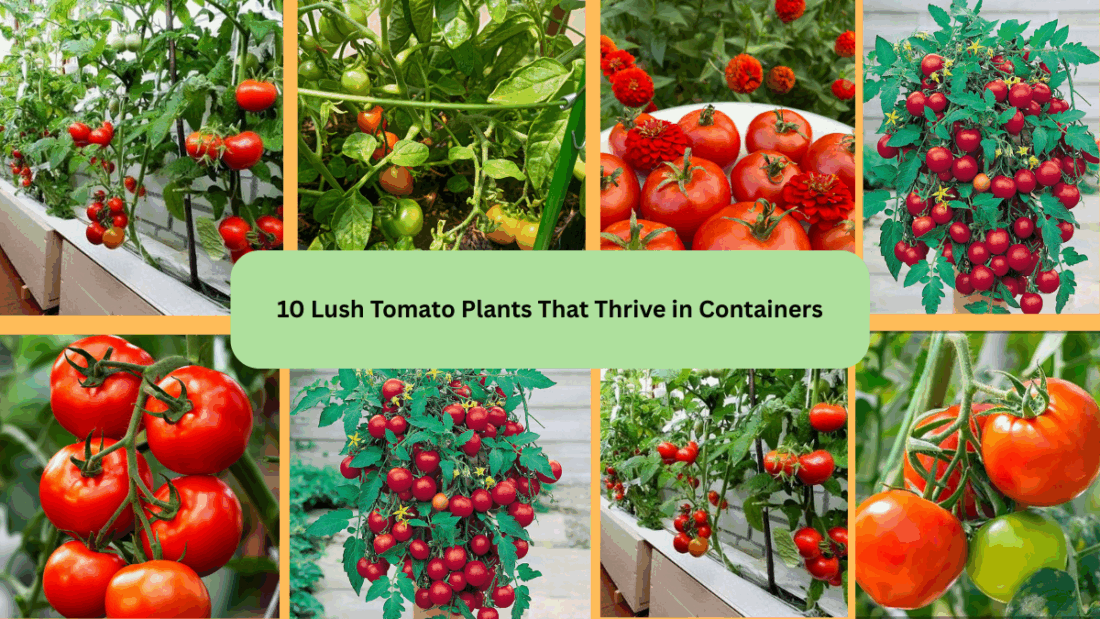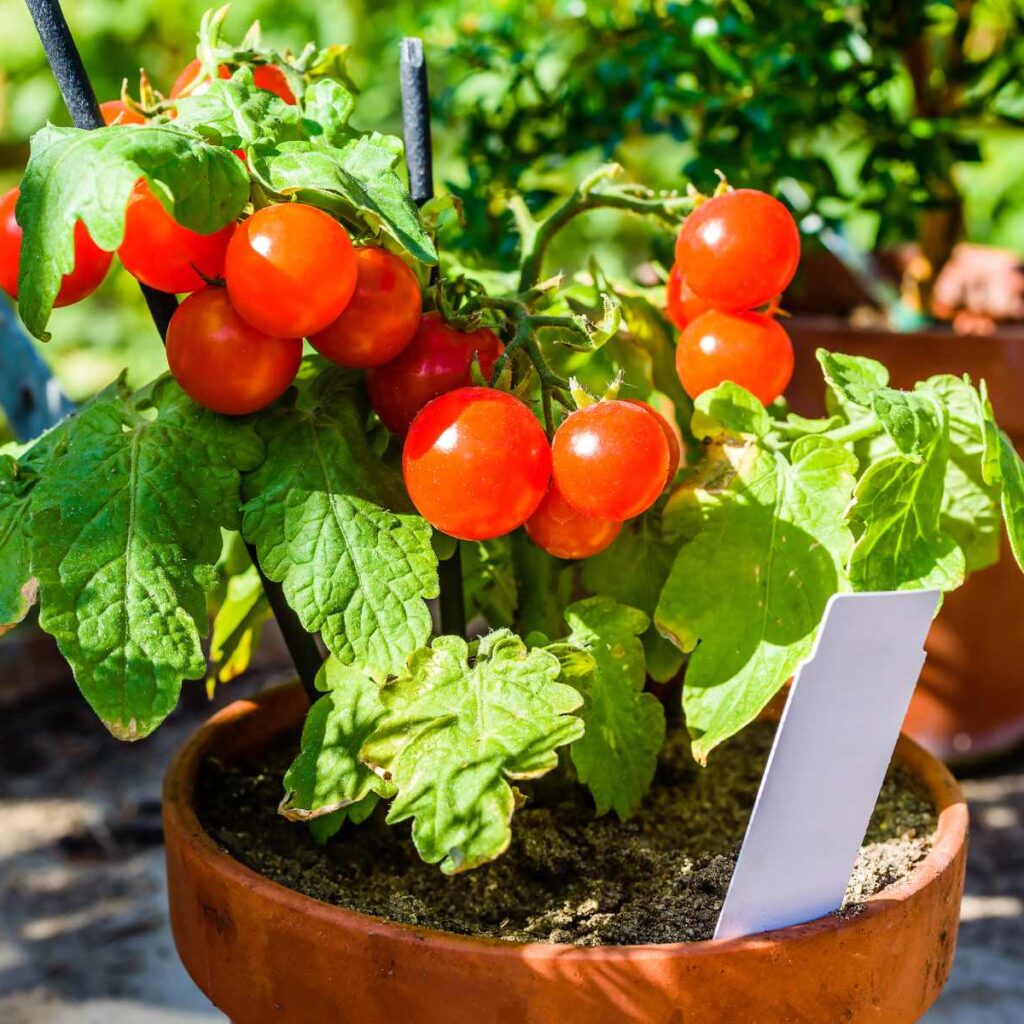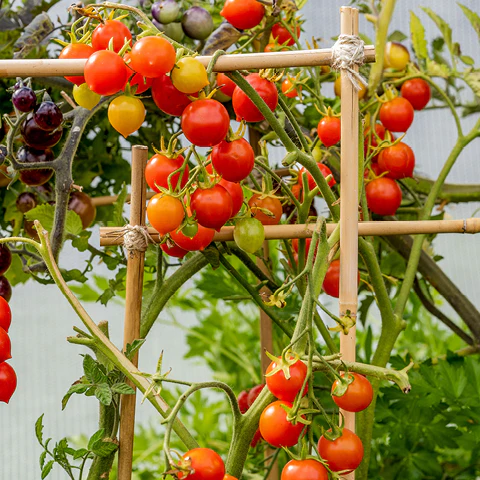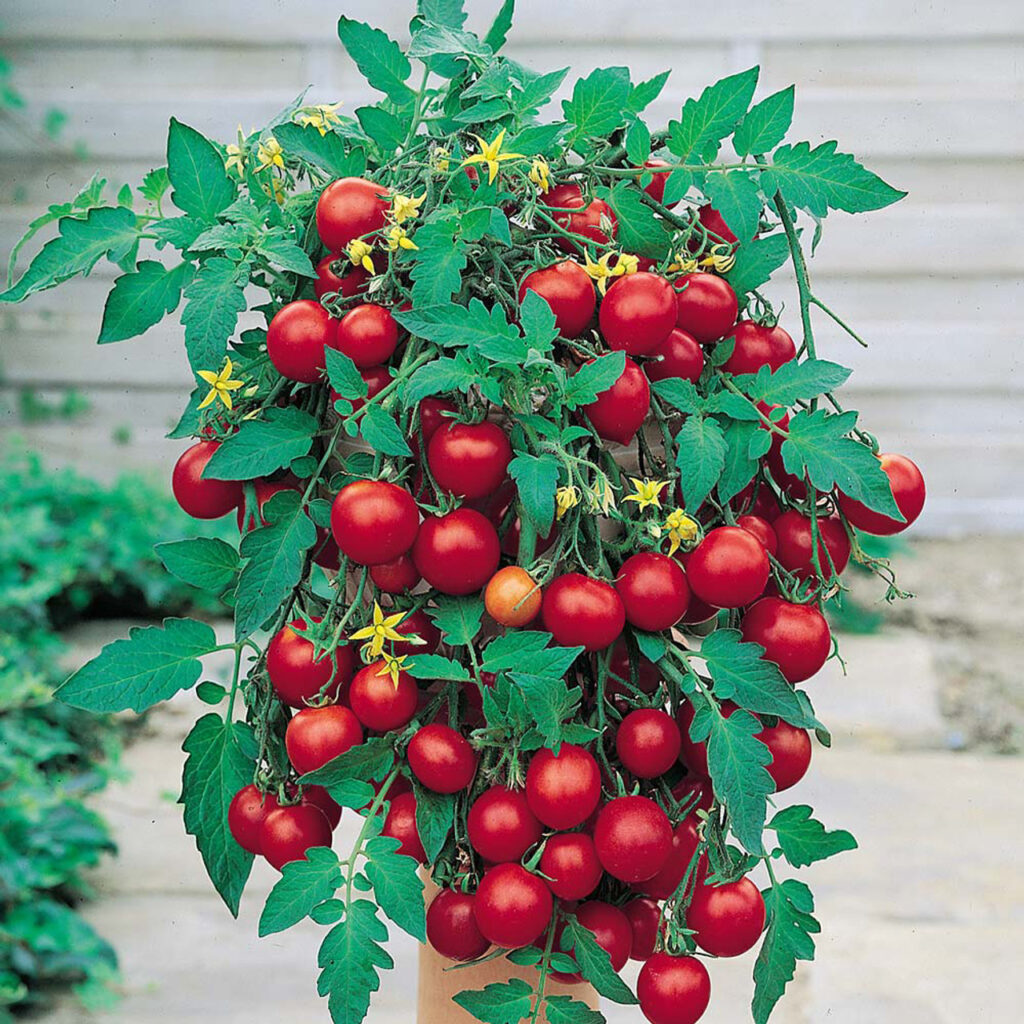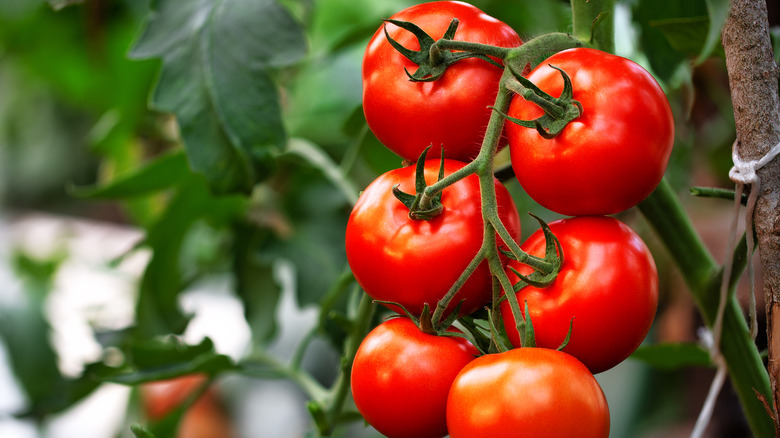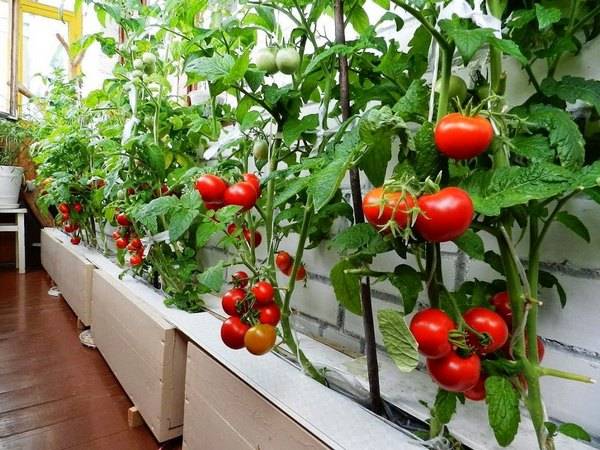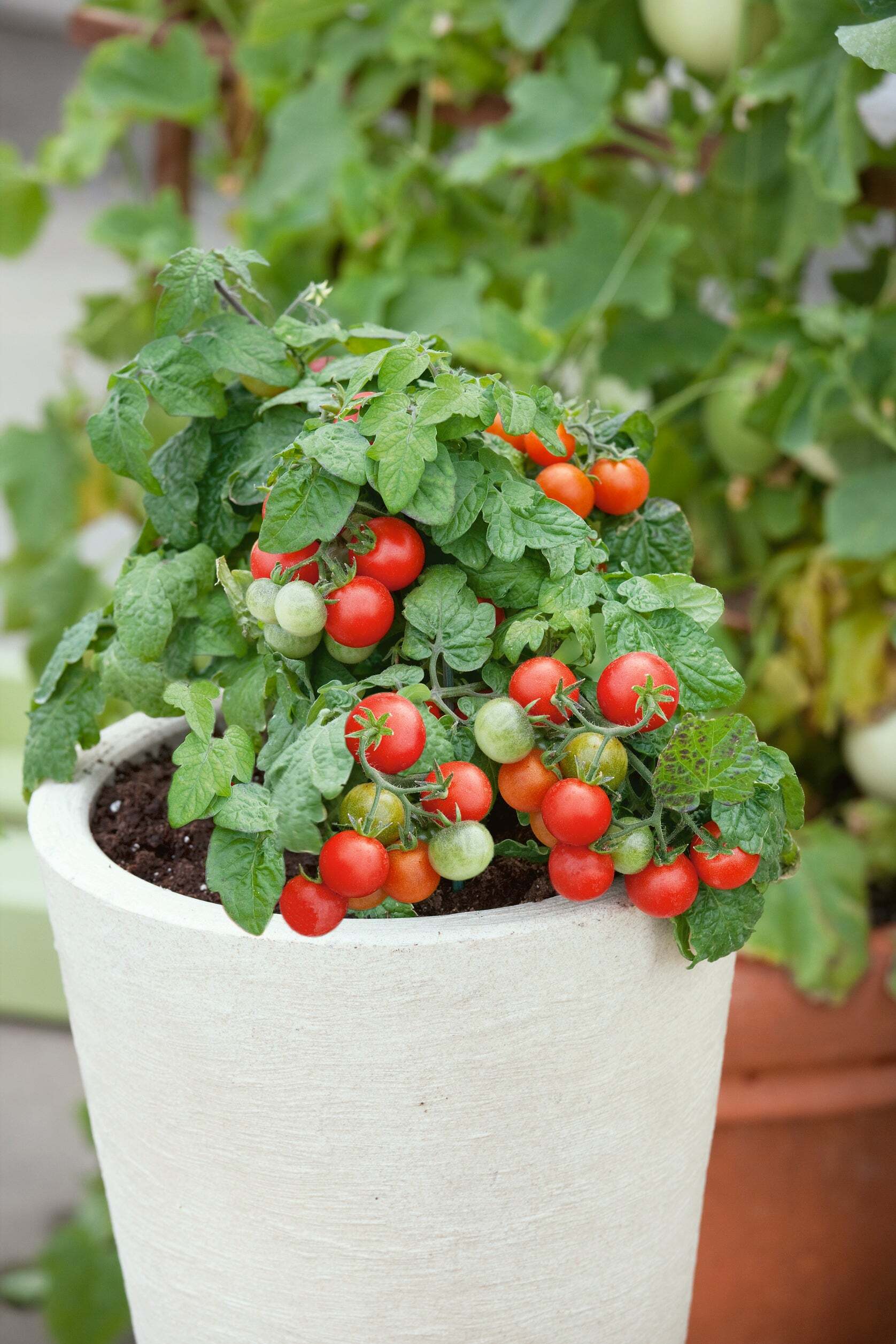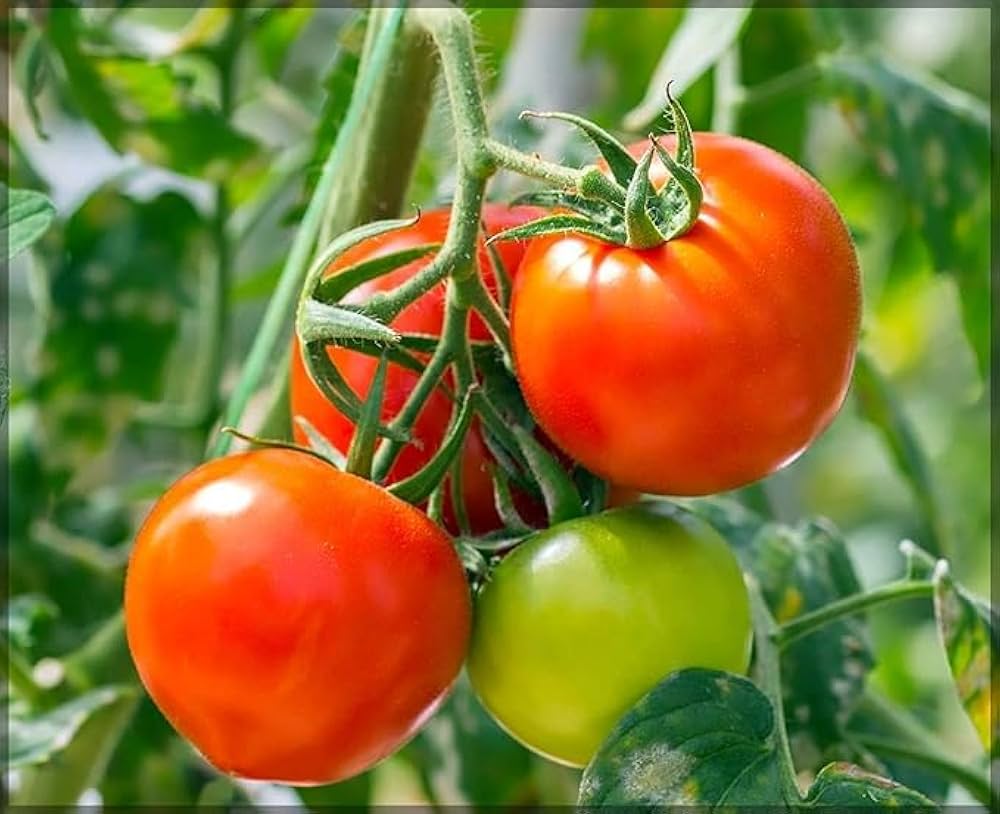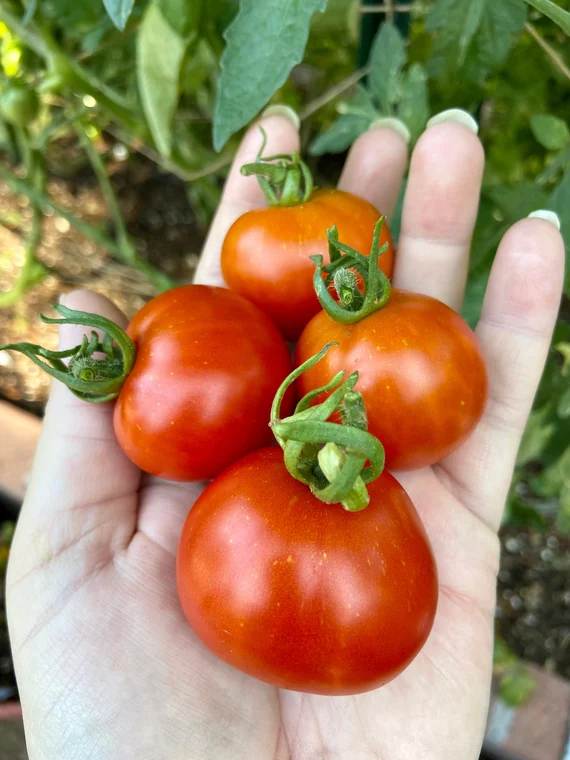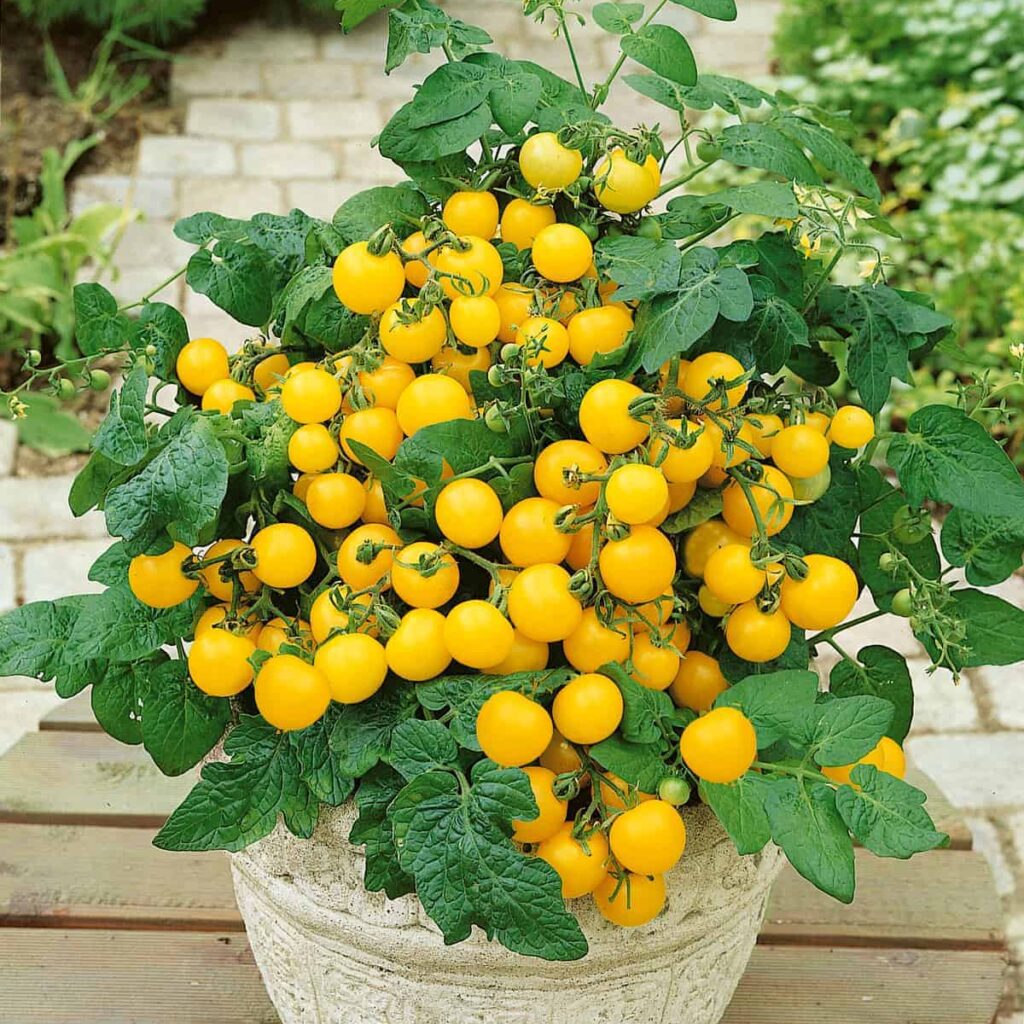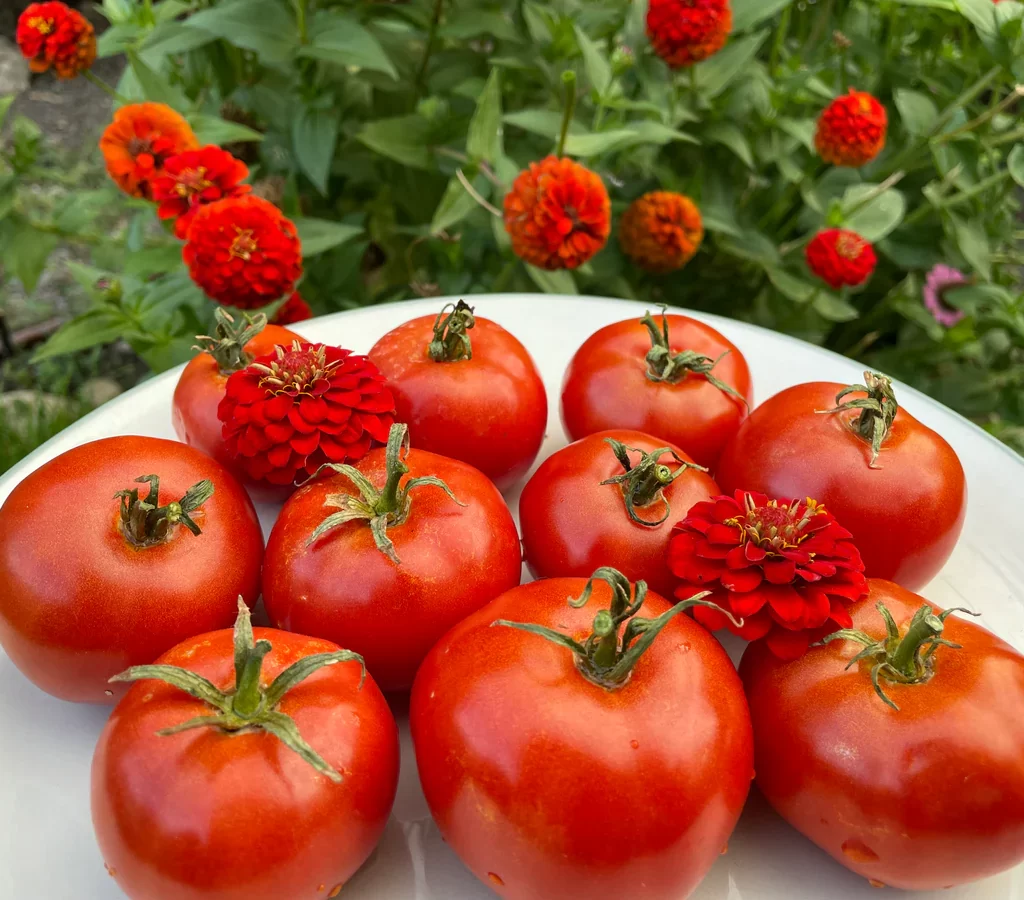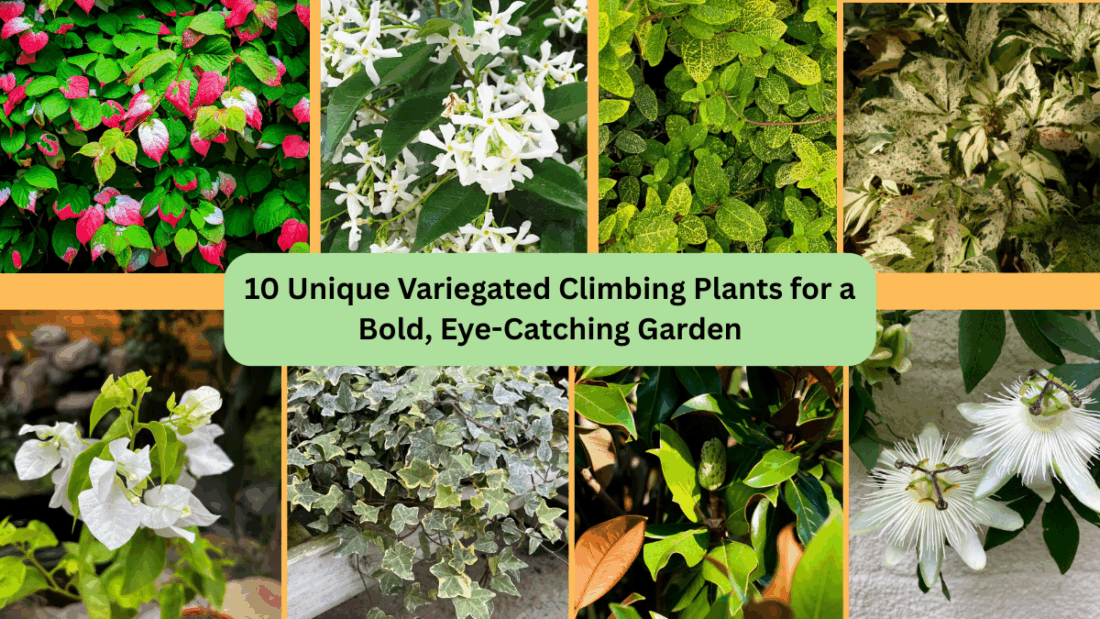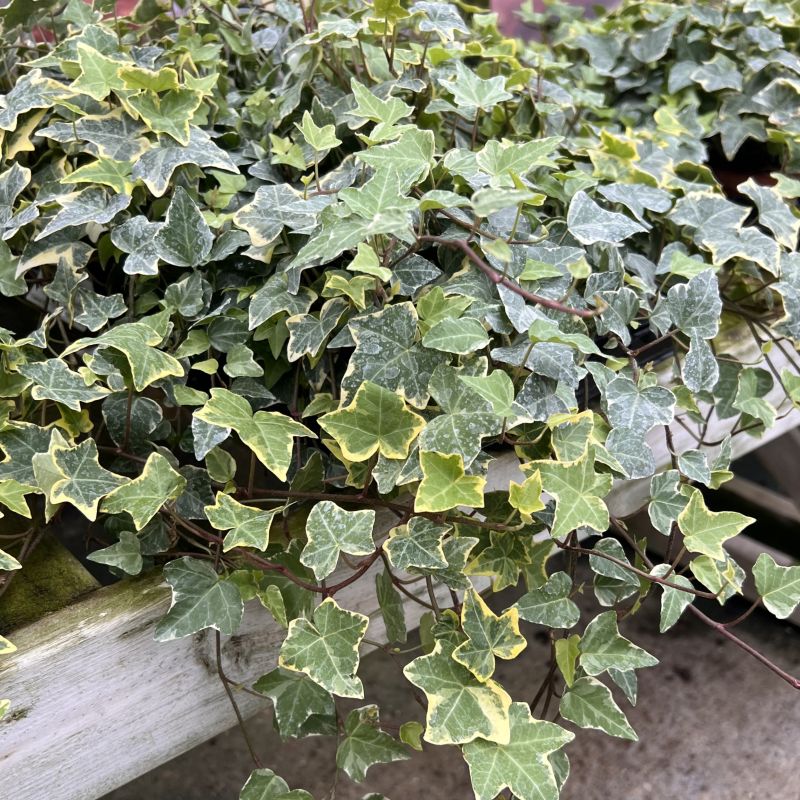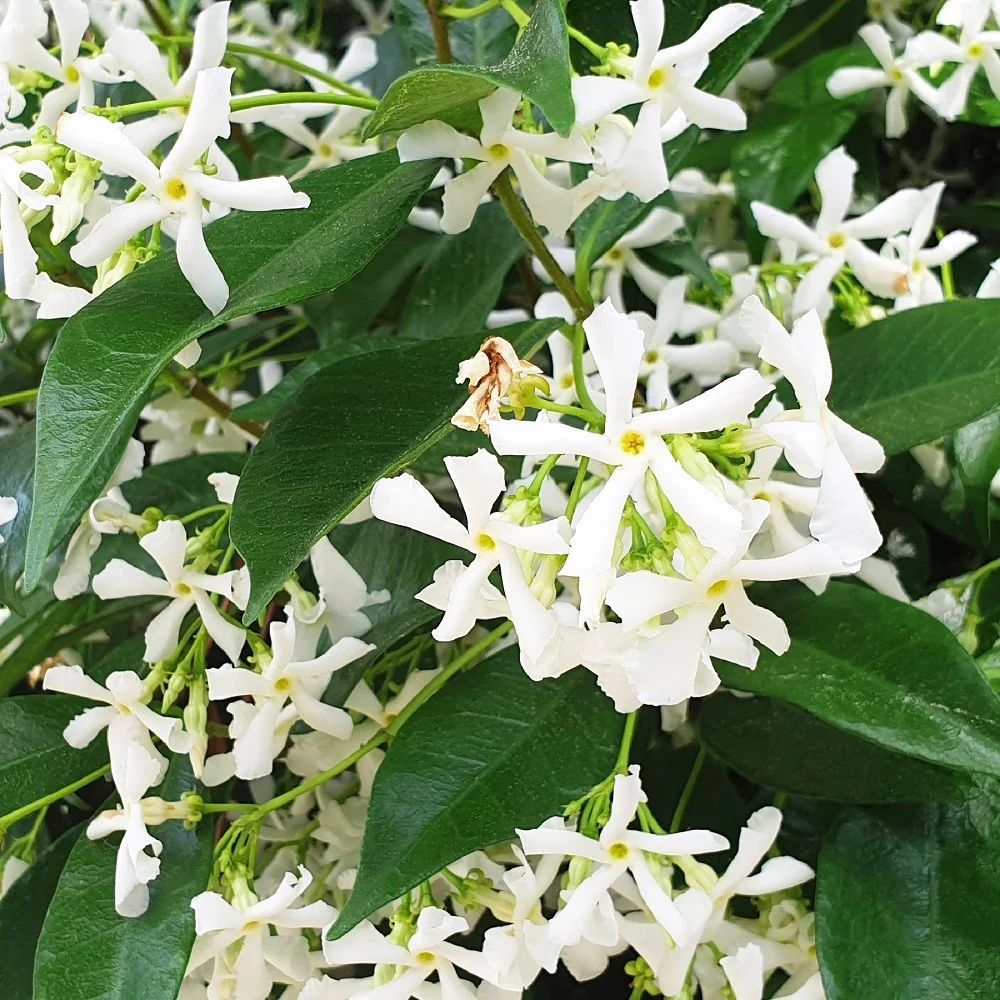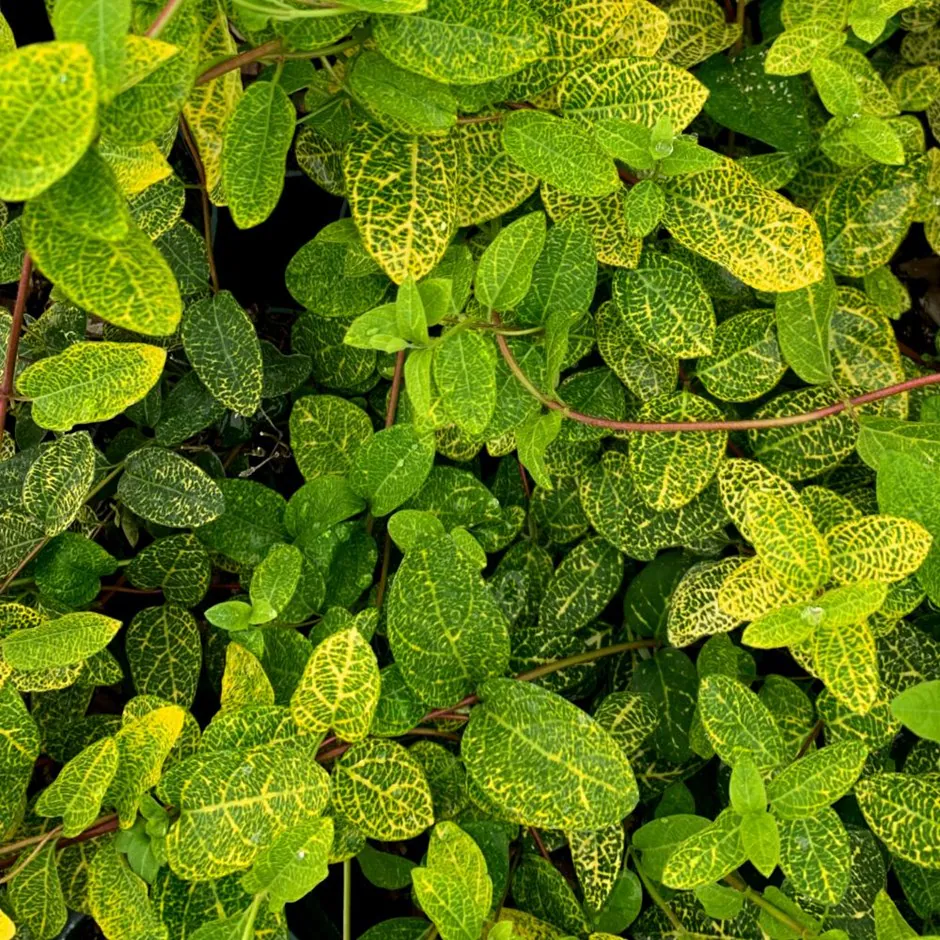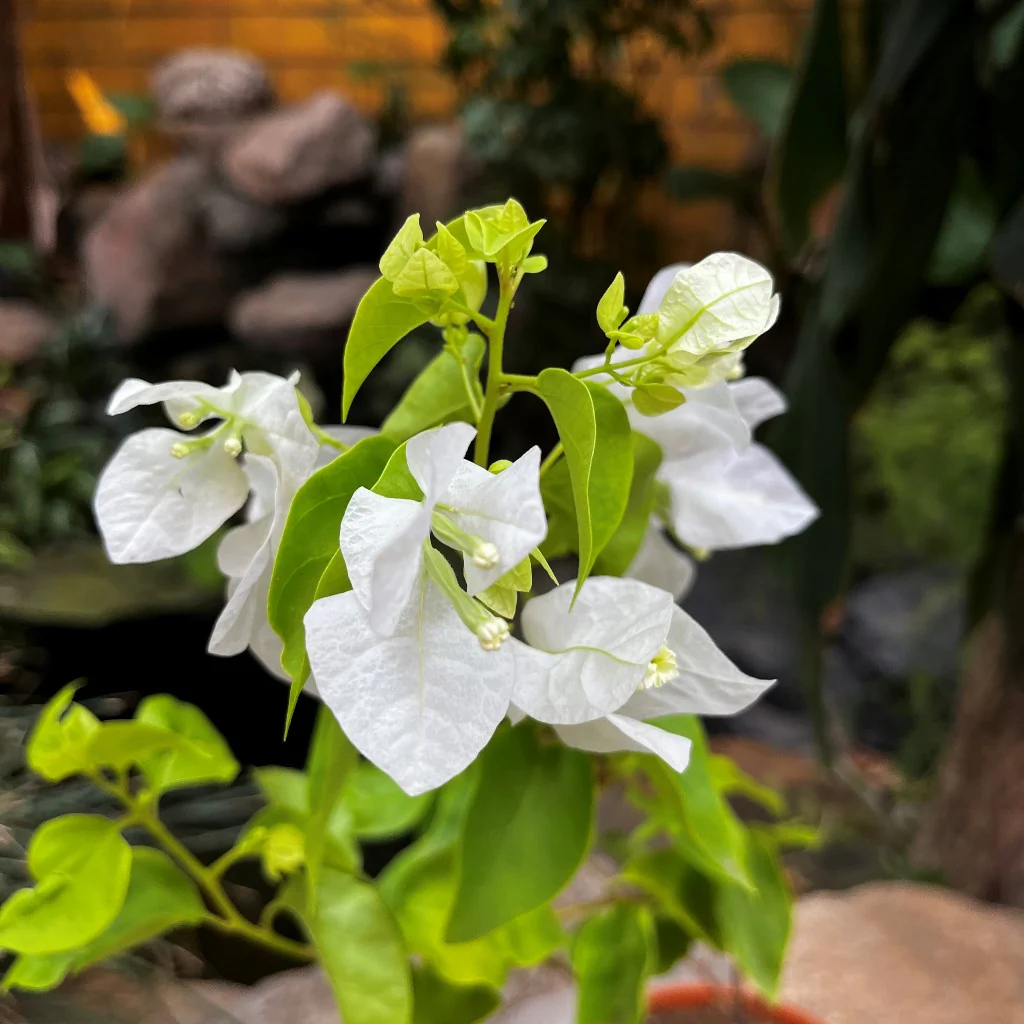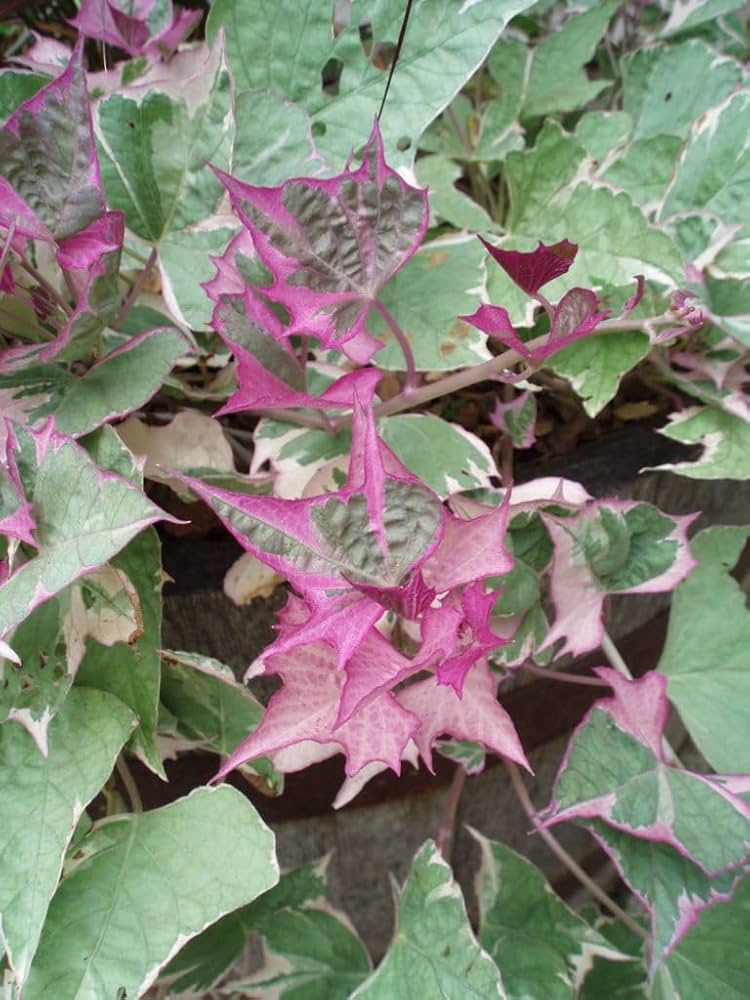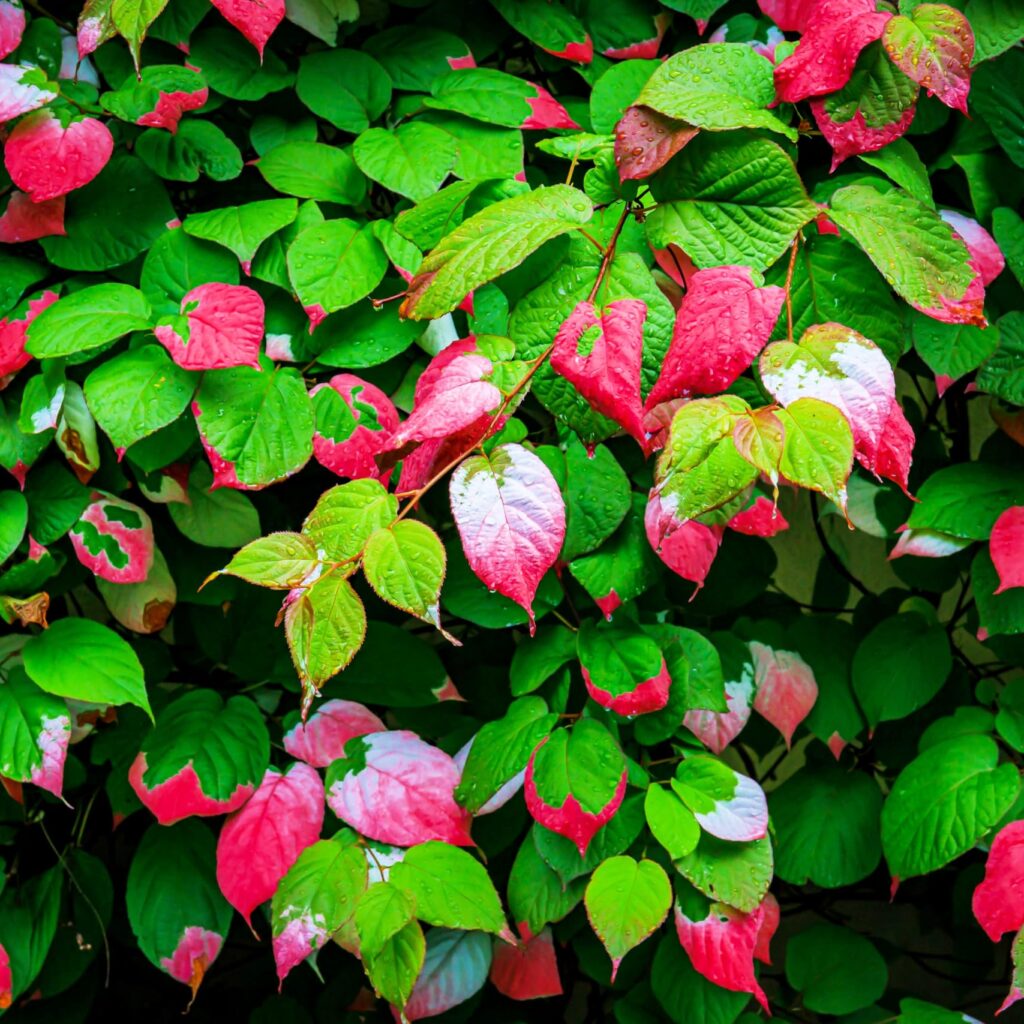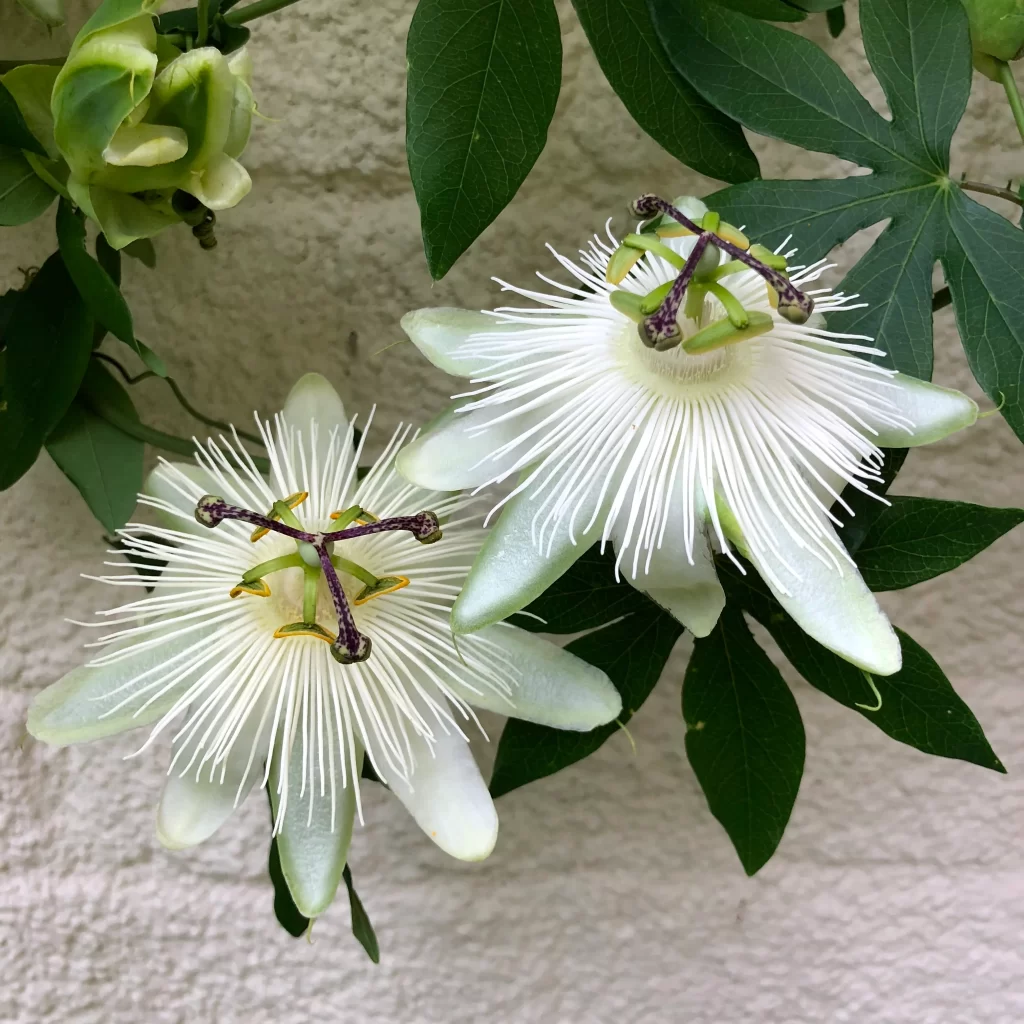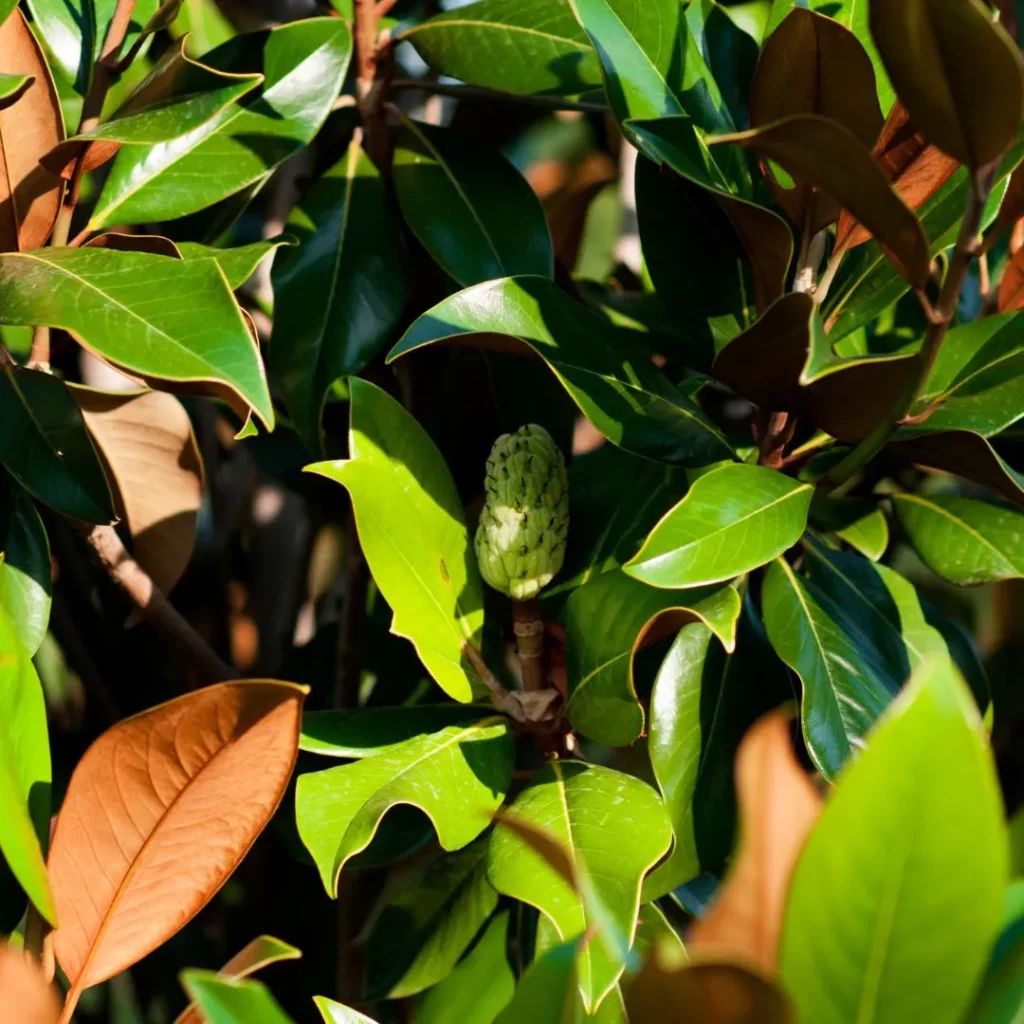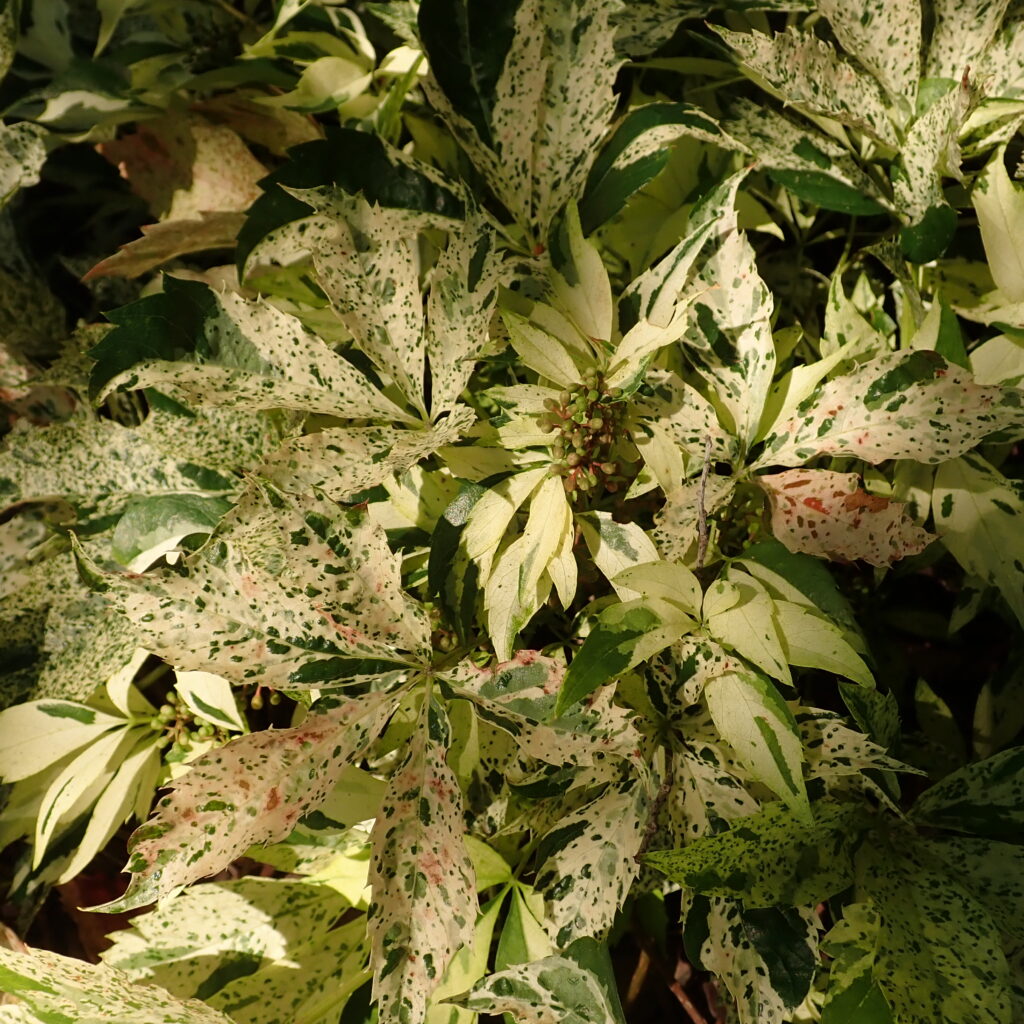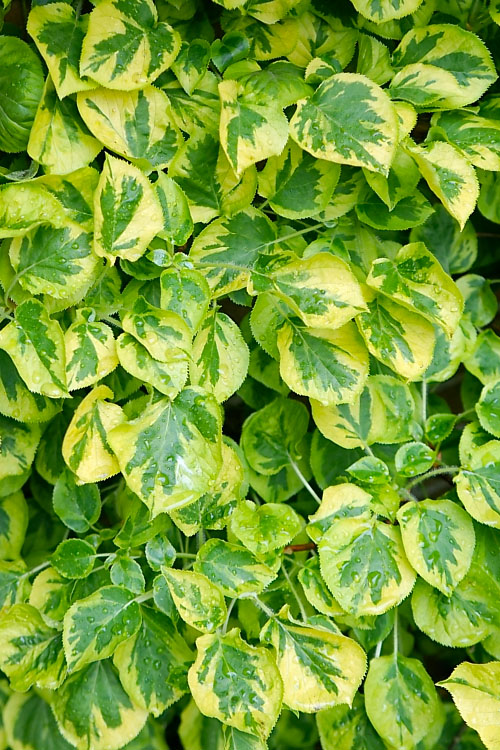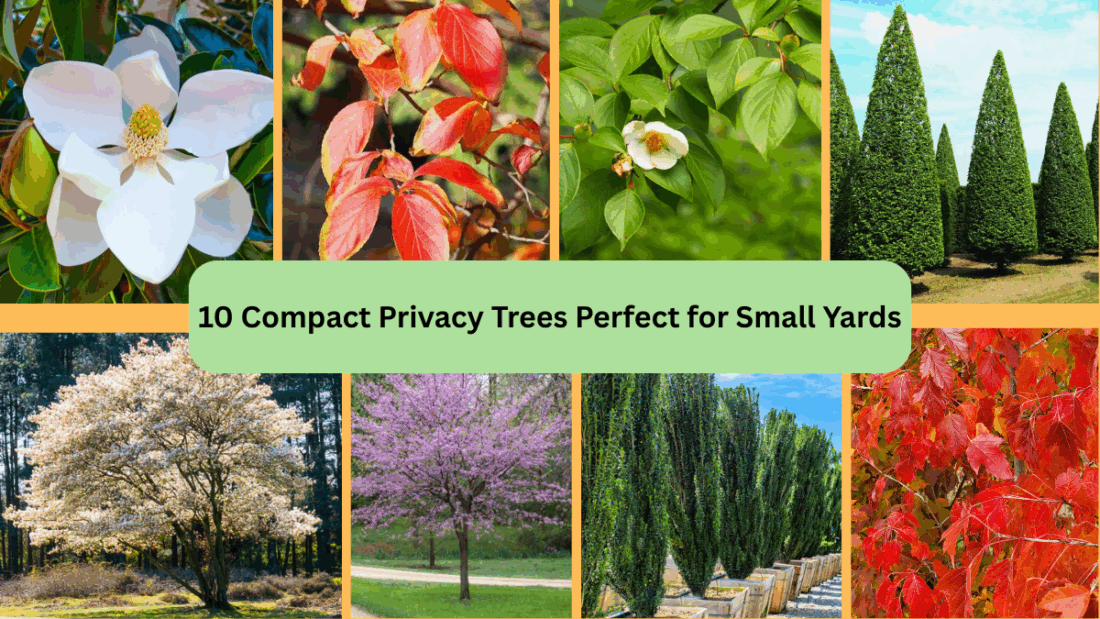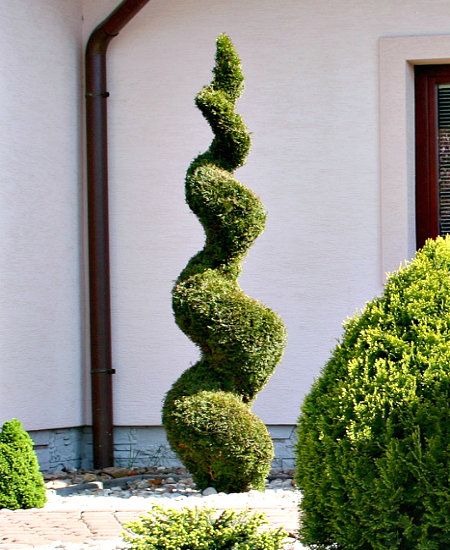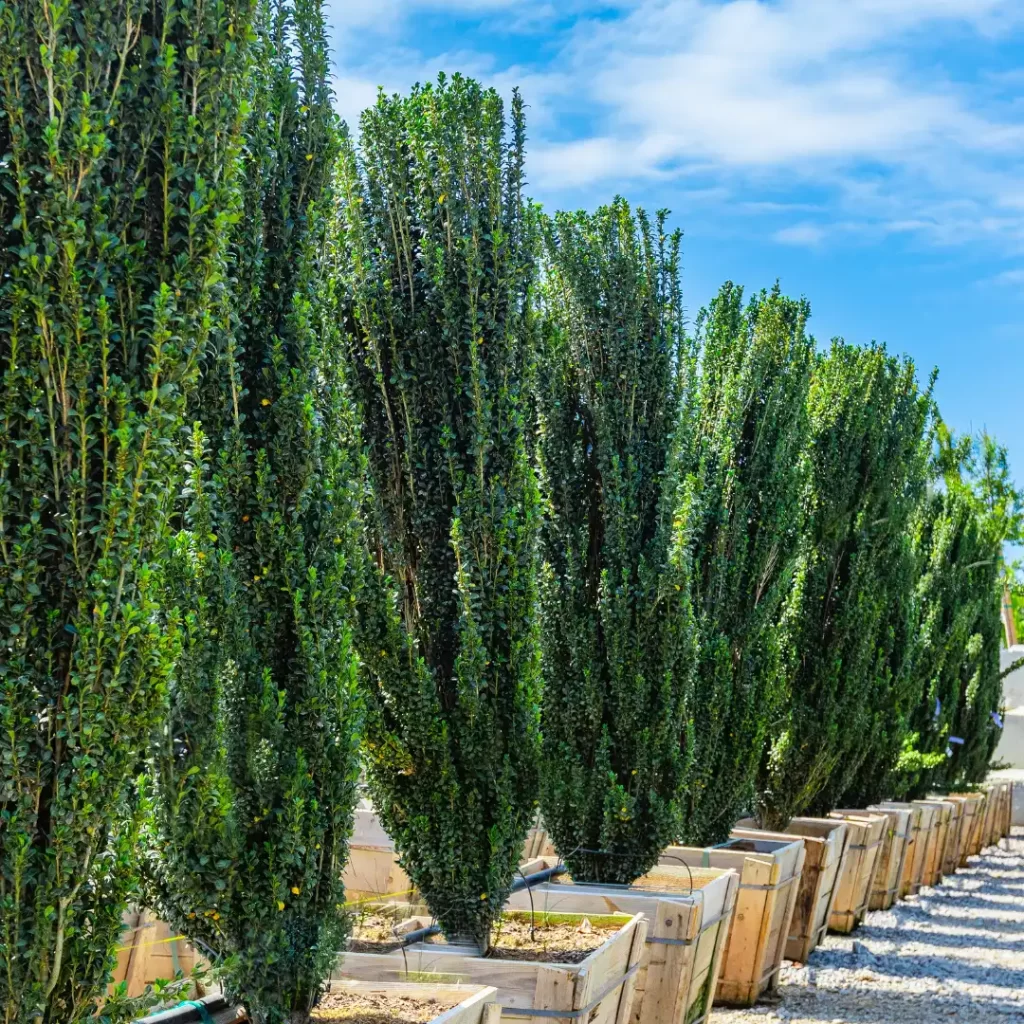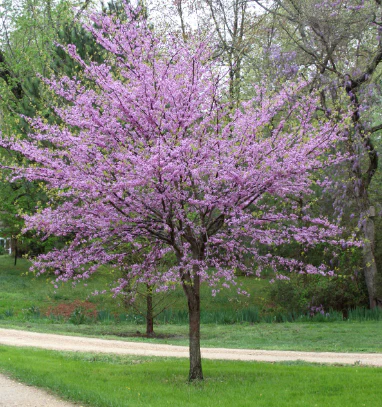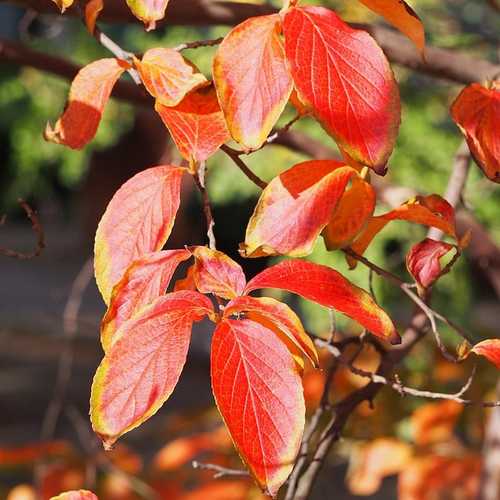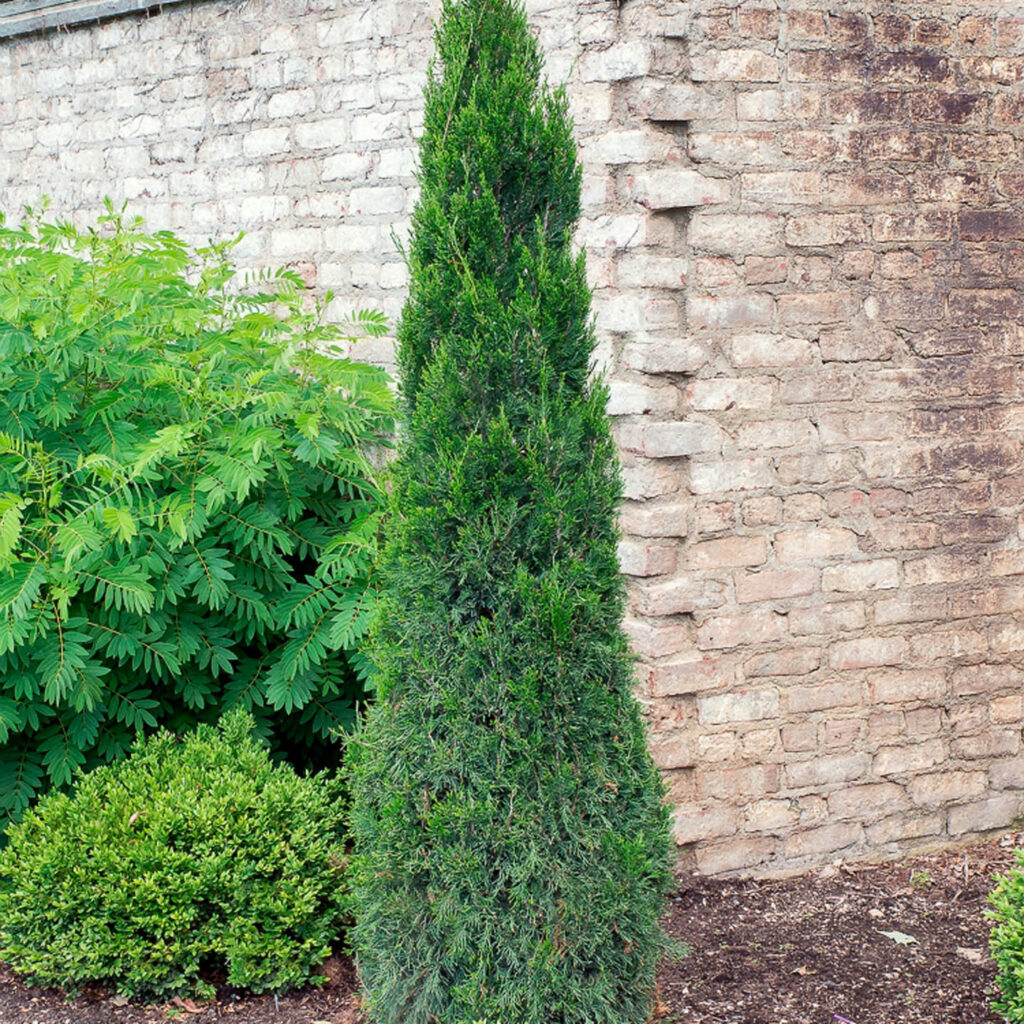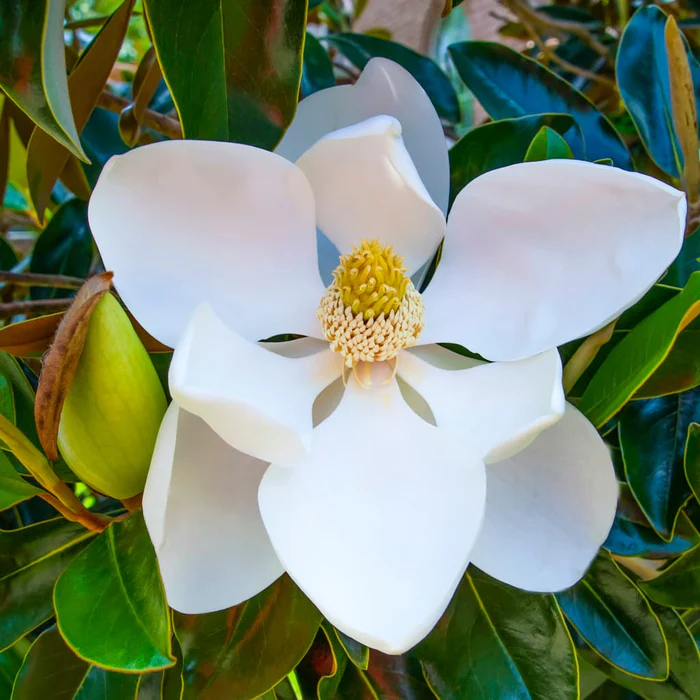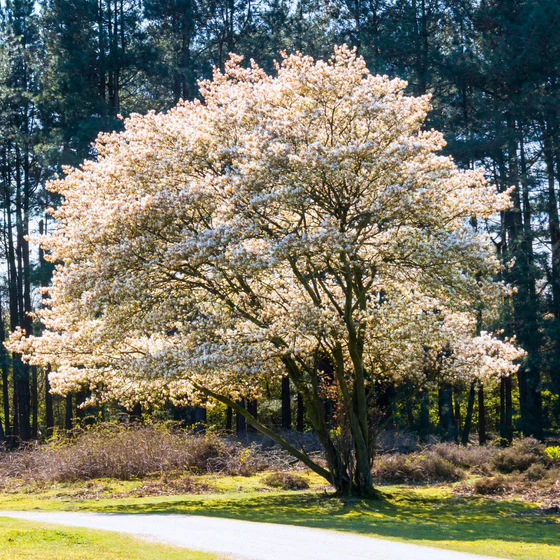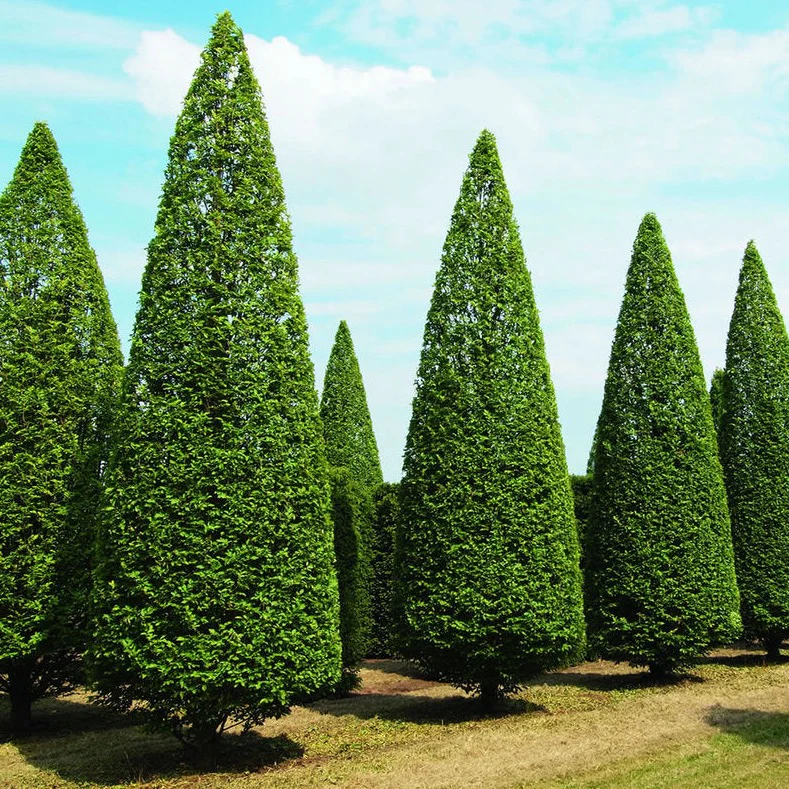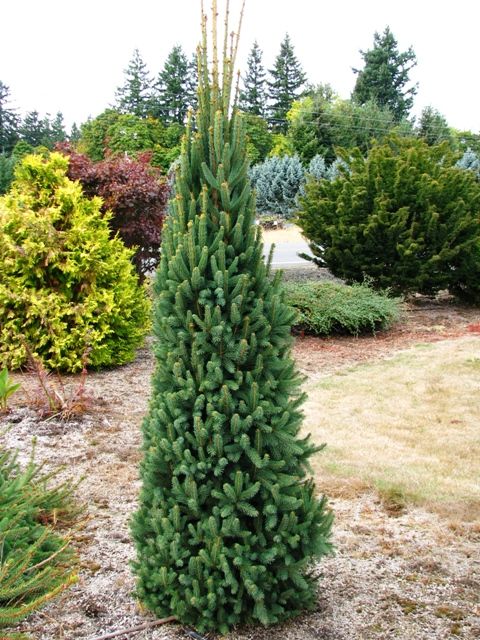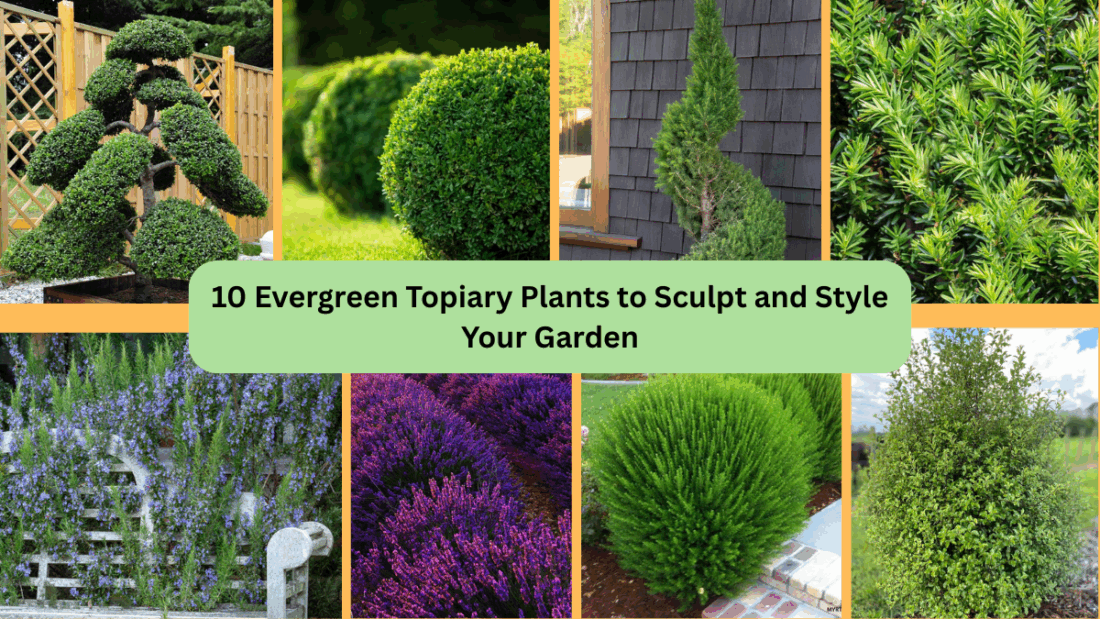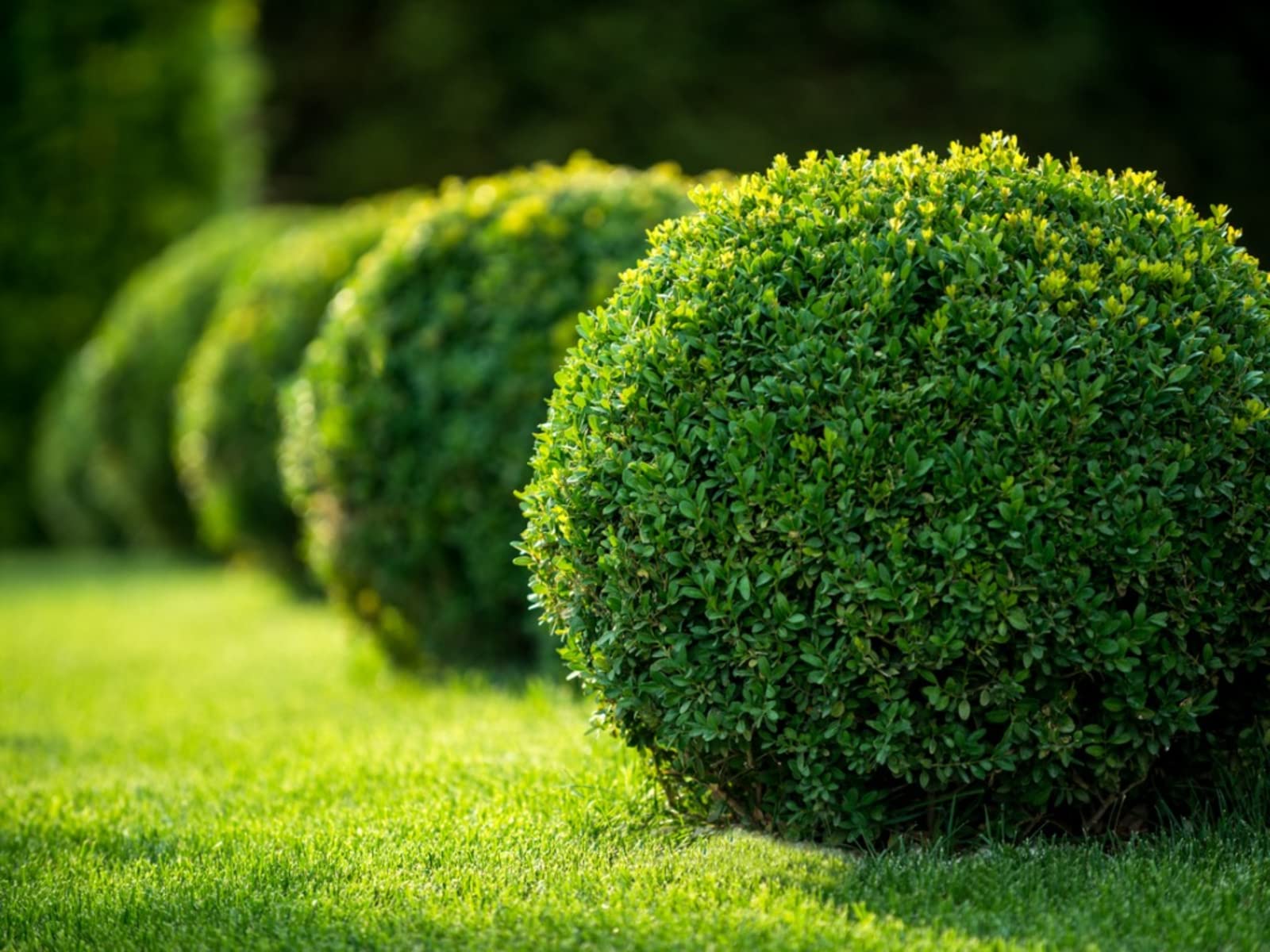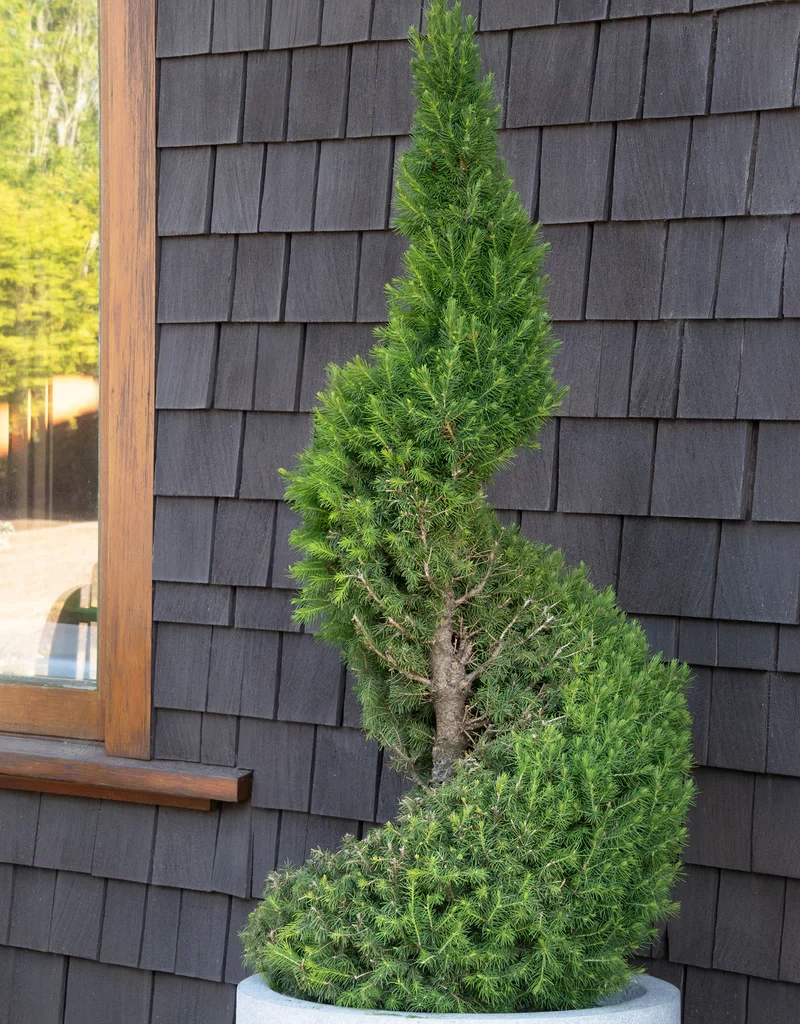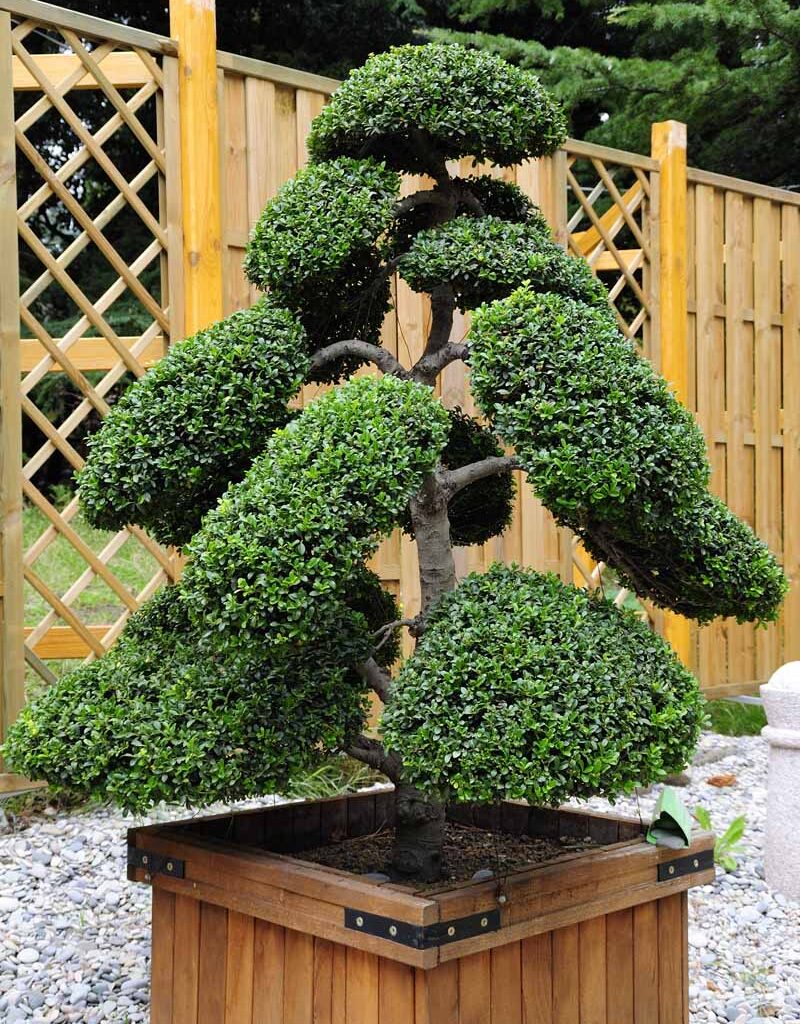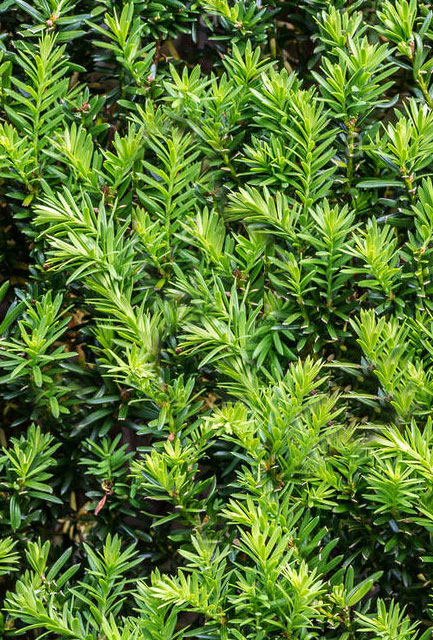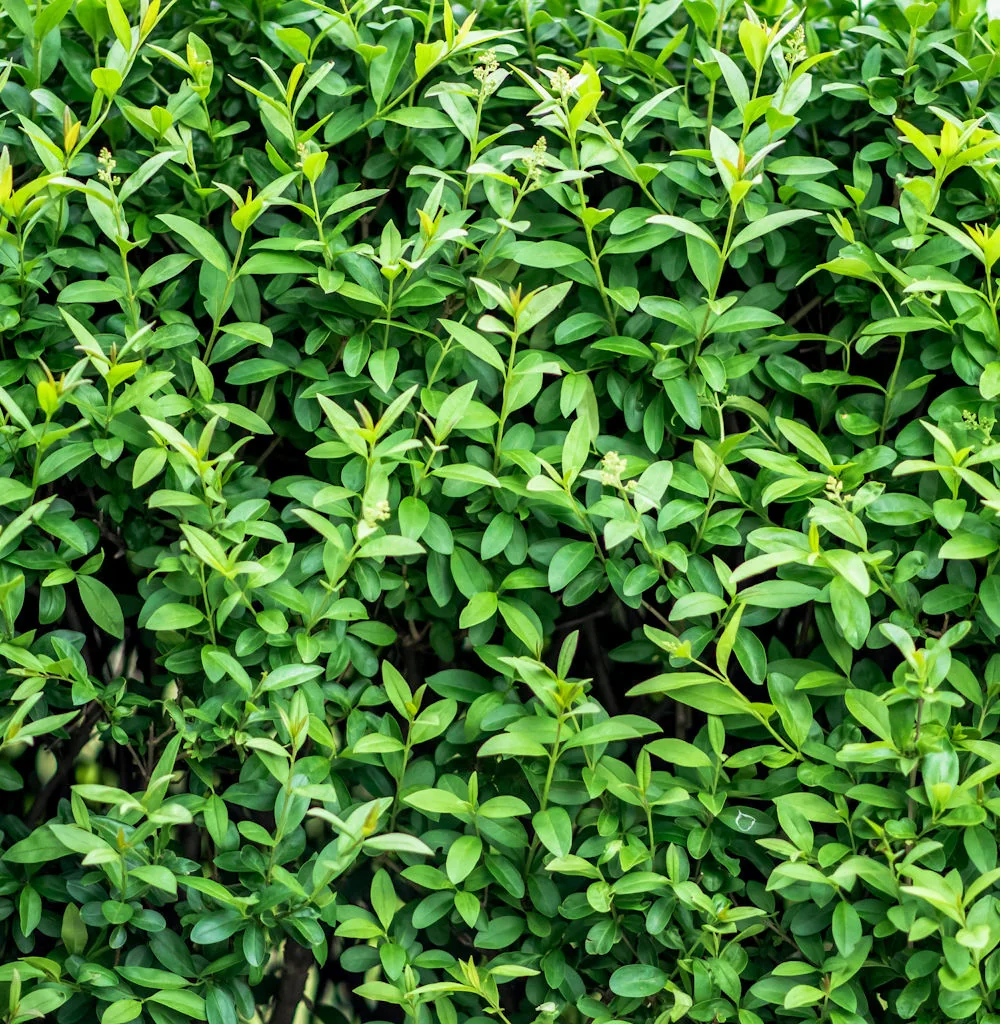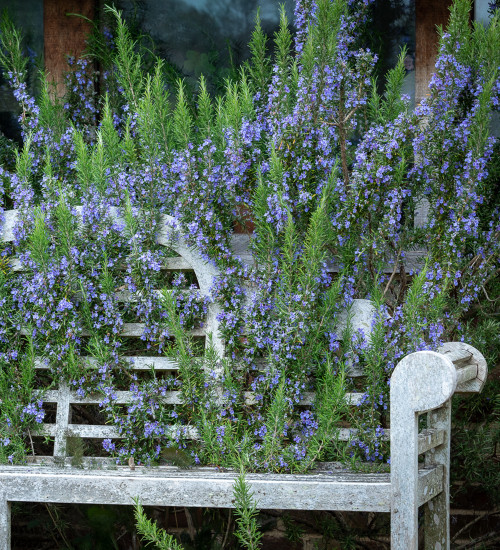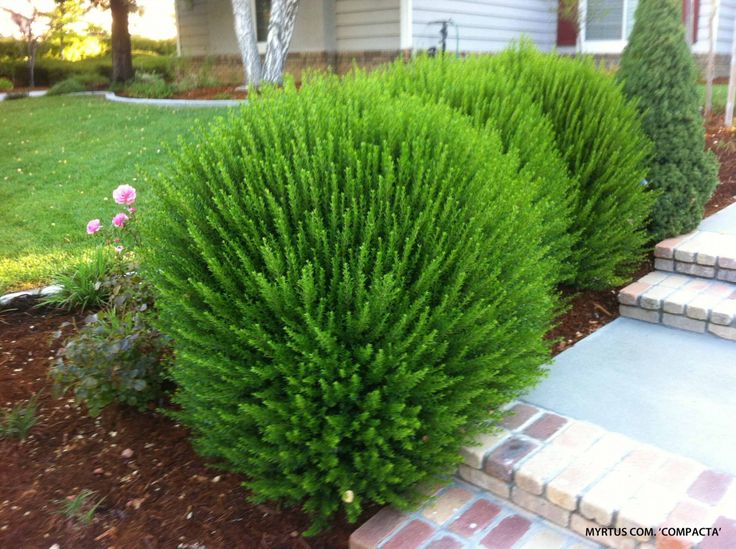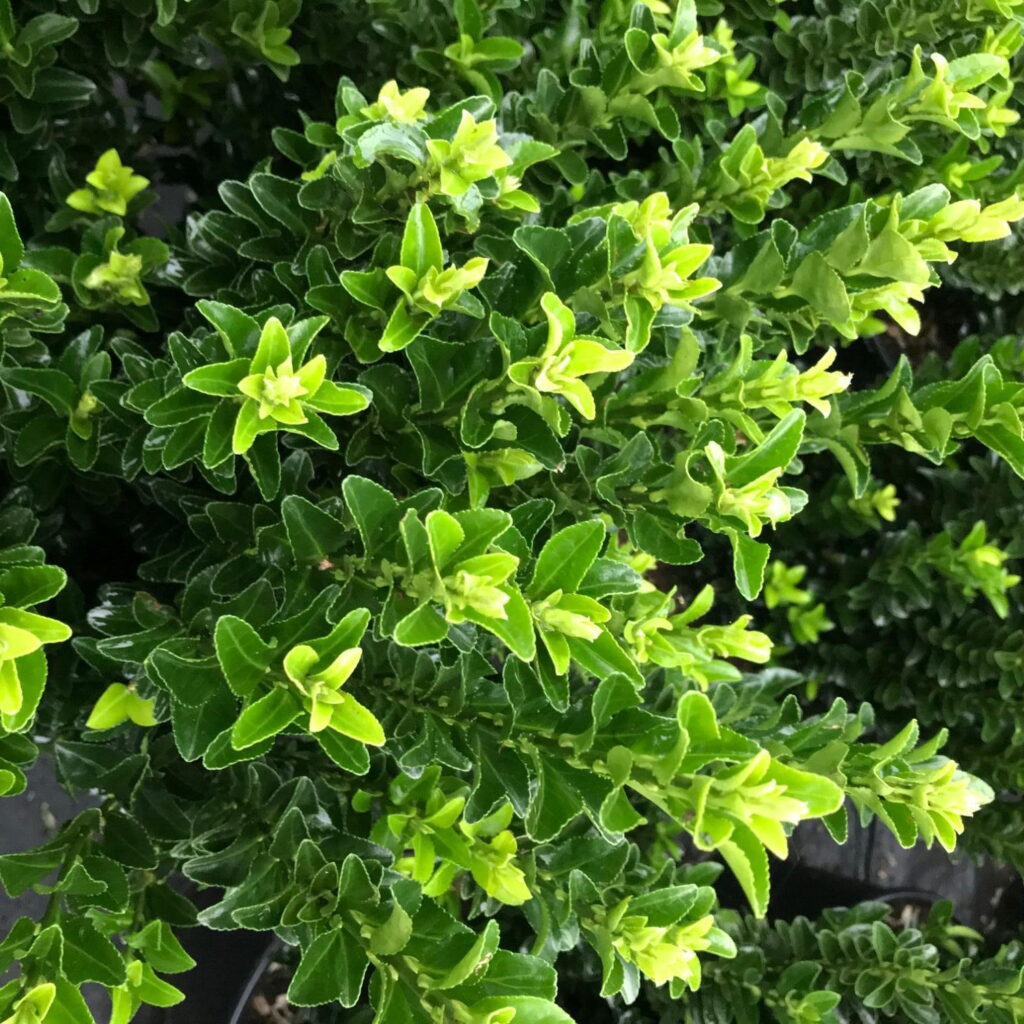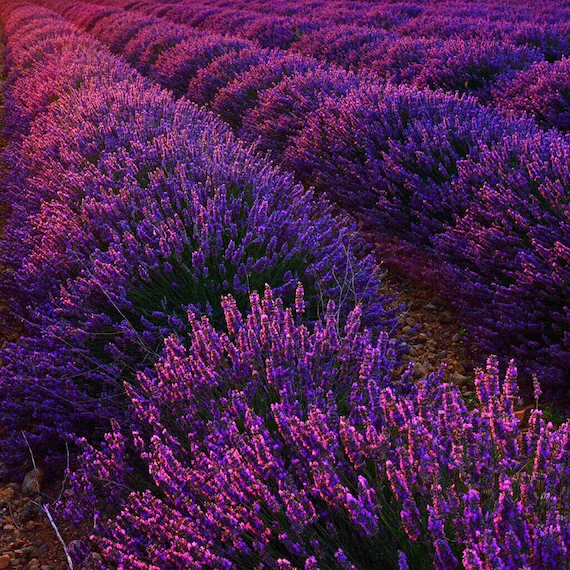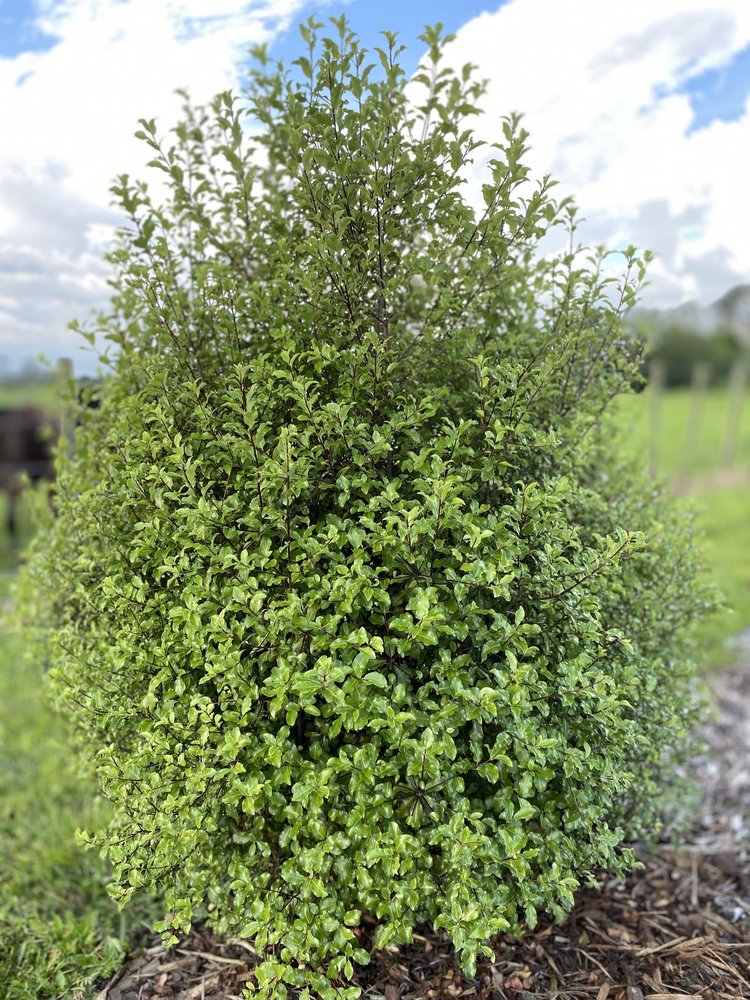House plants not only add a touch of greenery to your home but also improve air quality and bring a calming, nature-inspired atmosphere. If you’re on the lookout for something truly unique to elevate your indoor space, here are 10 amazing house plants you can grab right now. Whether you have a green thumb or are just getting started with indoor gardening, these plants are sure to bring style, beauty, and freshness to your home.
1. Alocasia Polly (African Mask Plant)

The Alocasia Polly, often known as the African Mask Plant, is a dramatic houseplant with arrow-shaped leaves featuring striking white veins against a deep green background. It’s perfect for bright indoor spaces where it can thrive in indirect light. The bold, architectural form of the Alocasia Polly makes it a standout addition to any room. Keep the soil moist but not soggy, and enjoy the unique beauty this plant brings to your home.
2. ZZ Plant (Zamioculcas zamiifolia)

The ZZ Plant is an incredibly low-maintenance plant that can tolerate a variety of lighting conditions, from low light to bright indirect light. Its glossy, dark green leaves grow in elegant, arching stems, making it an ideal option for adding a bit of flair to your office or living room. This plant is drought-tolerant, requiring minimal water and maintenance, making it perfect for beginner plant parents or those with busy lifestyles.
3. Fiddle Leaf Fig (Ficus lyrata)

The Fiddle Leaf Fig is a popular houseplant with large, violin-shaped leaves that add a bold, dramatic element to any room. It thrives in bright, indirect light and needs regular watering when the top inch of soil dries out. This plant is often seen in modern and minimalist interiors, and it’s perfect for creating an eye-catching focal point in your living room or entryway. Grab one now for a statement plant that will steal the show.
4. String of Pearls (Senecio rowleyanus)

The String of Pearls is a fun and unique succulent that features cascading, bead-like leaves that resemble pearls on a string. It’s a great option for hanging planters or as a trailing plant on shelves. This easy-care succulent thrives in bright, indirect light and prefers to dry out between waterings. Its unique appearance makes it an attractive conversation starter, and it adds a whimsical touch to any space.
5. Spider Plant (Chlorophytum comosum)
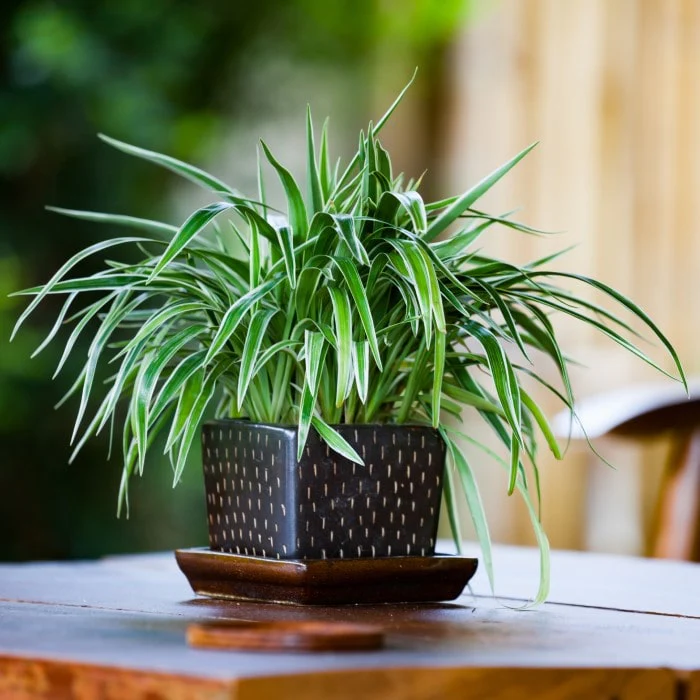
The Spider Plant is a classic houseplant that is not only easy to care for but also visually appealing. It features long, arching green leaves with white stripes and produces small, baby plants, also known as “pups,” that dangle from long stems. This plant thrives in bright, indirect light and is perfect for beginners. The Spider Plant is also known for its air-purifying qualities, making it an excellent addition to any home or office.
6. Monstera Deliciosa (Swiss Cheese Plant)
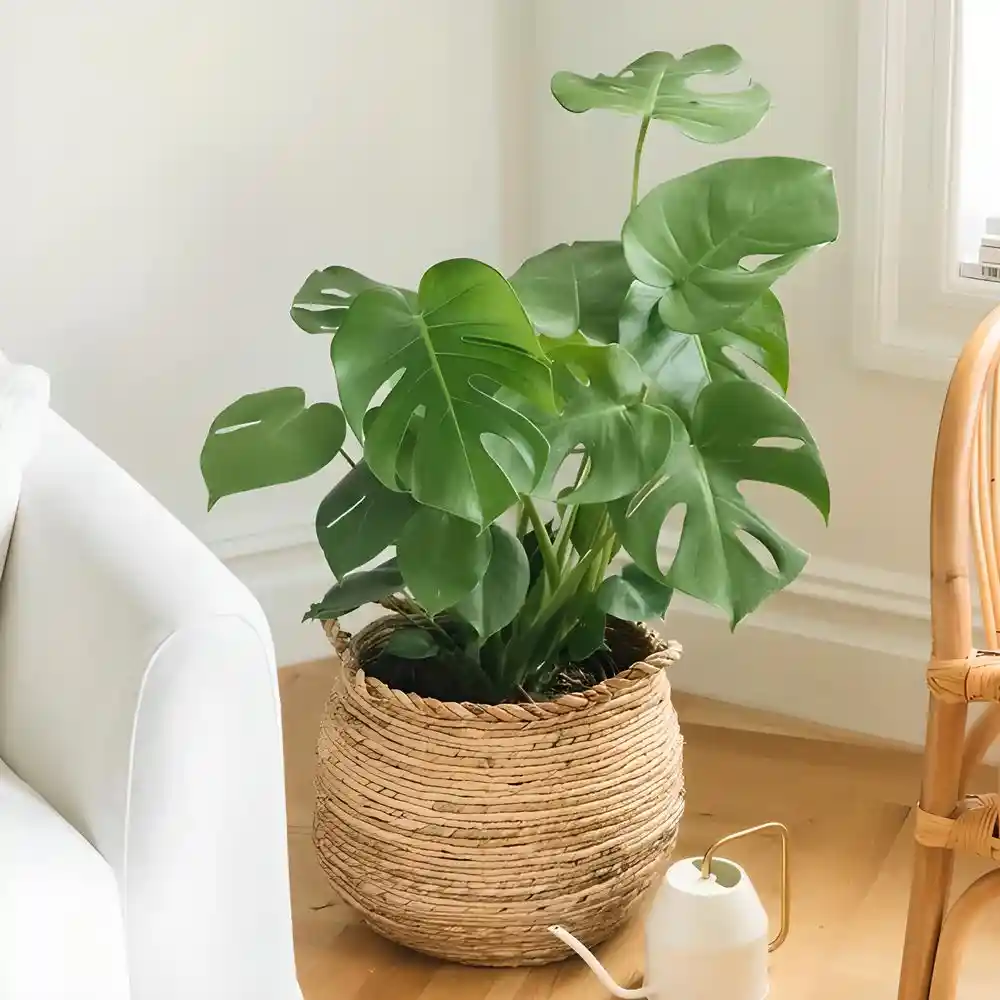
Monstera Deliciosa is known for its large, perforated leaves that give it a tropical, jungle-like appearance. It’s a fast-growing plant that thrives in bright, indirect light and is perfect for adding a lush, green vibe to any room. As it matures, the Monstera Deliciosa develops larger leaves with more holes, making it a striking feature in your home. Its easy care and dramatic foliage make it one of the most sought-after houseplants right now.
7. Bird of Paradise (Strelitzia reginae)
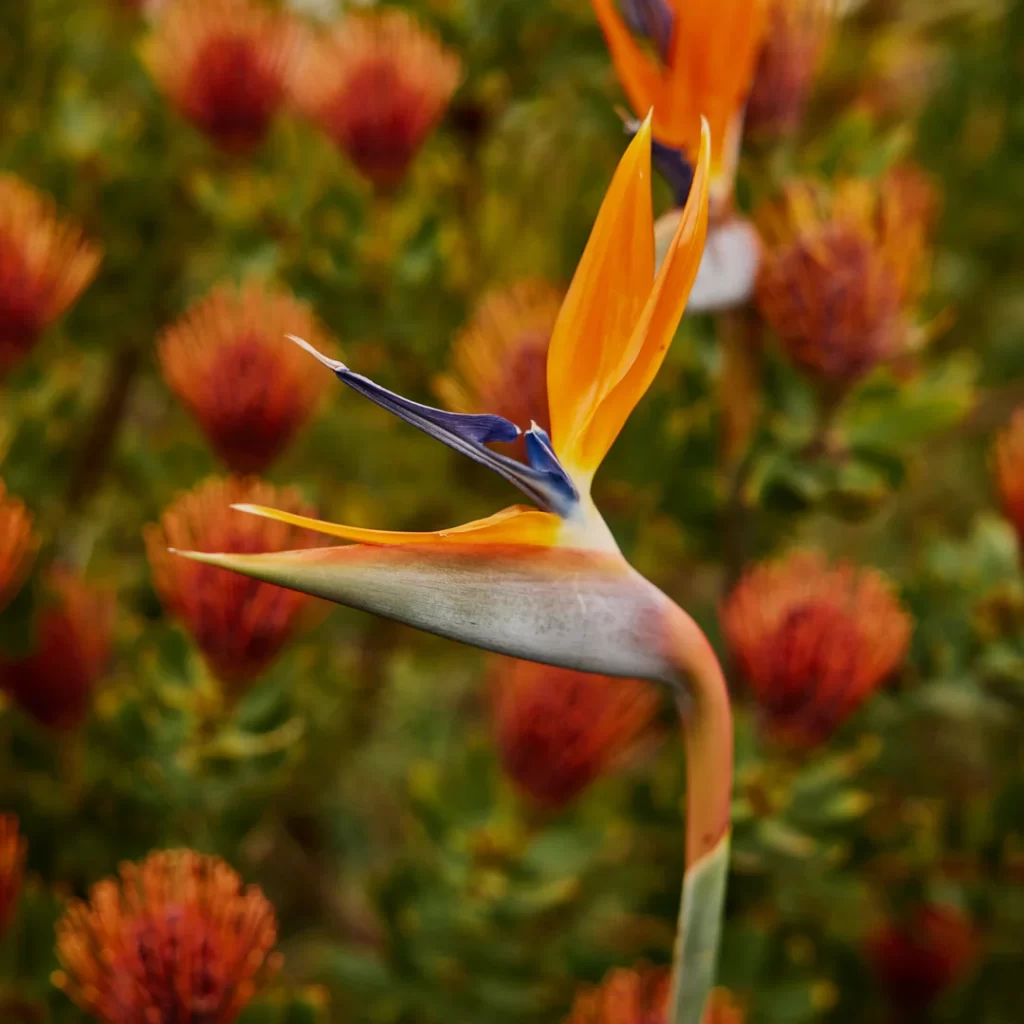
The Bird of Paradise plant is a striking, tropical houseplant that produces large, glossy green leaves that resemble the wings of a bird in flight. It thrives in bright, indirect light and needs regular watering. While it’s a slow grower, it’s known for its dramatic appearance, especially when it blooms with vibrant orange and blue flowers. This plant adds an exotic flair to any room and makes a bold statement in your home decor.
8. Calathea Orbifolia (Round Prayer Plant)

The Calathea Orbifolia is a beautiful houseplant known for its large, round, silver-green leaves with darker green veins. It’s perfect for adding a pop of color and texture to any indoor space. This plant thrives in moderate to low light and enjoys higher humidity, making it ideal for bathrooms or kitchens. Its striking foliage and unique pattern make it a perfect choice for plant collectors looking for something a little different.
9. Pothos (Epipremnum aureum)
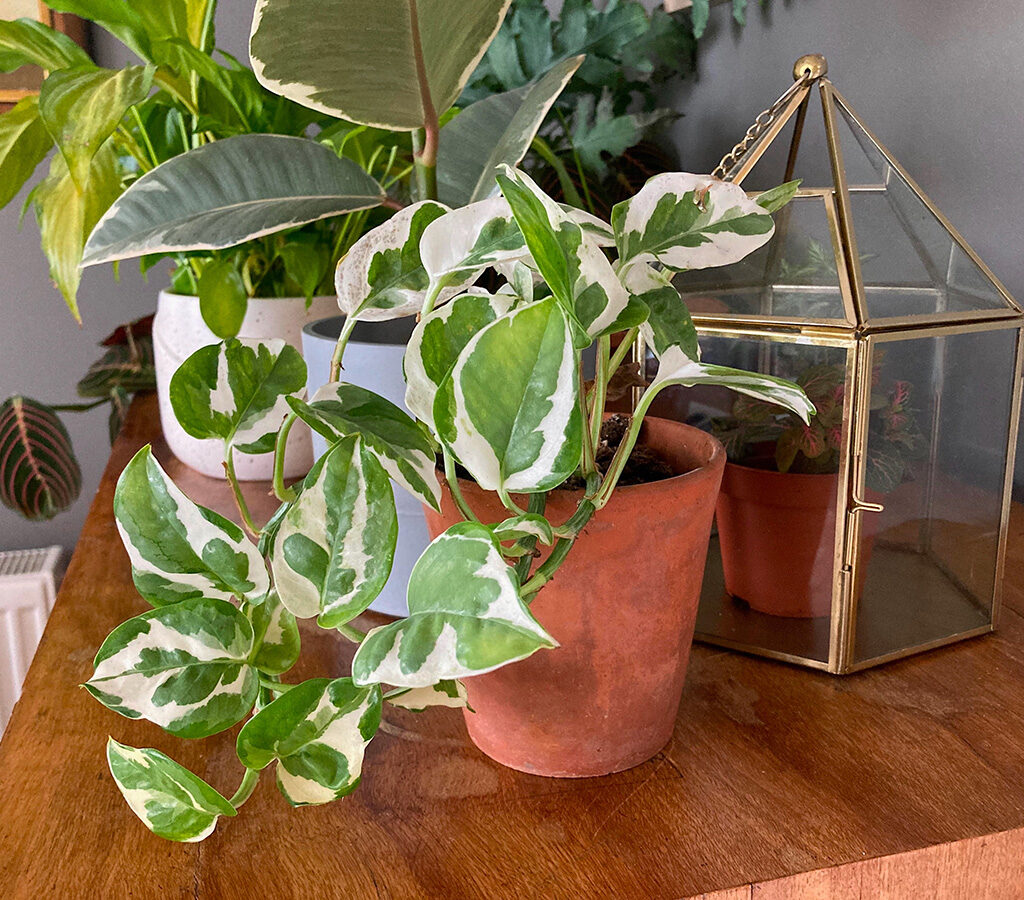
Pothos is an incredibly versatile and low-maintenance plant that can thrive in almost any environment. Known for its heart-shaped leaves that can range from green to golden-yellow or variegated patterns, Pothos is perfect for both beginner plant owners and seasoned gardeners. This easy-to-care-for plant can trail beautifully from a hanging pot or be trained to climb. It thrives in low to bright indirect light and requires minimal watering, making it a great choice for busy households.
10. Bromeliad
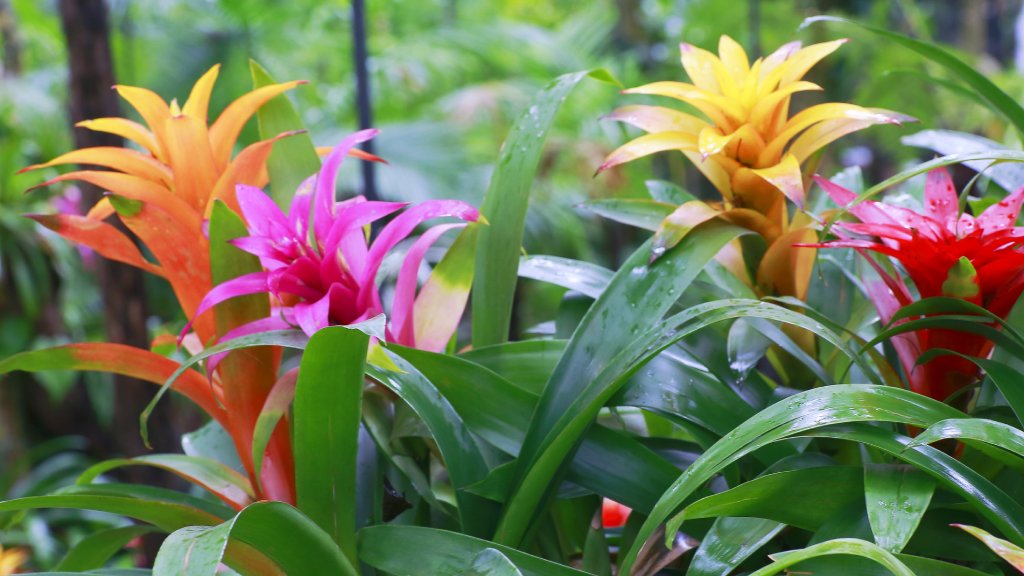
The Bromeliad is a stunning, flowering plant that adds a burst of color to any home. Its bright, tropical flowers can last for several months, making it a long-lasting accent plant for your living room or office. While it prefers bright, indirect light and moderate watering, the Bromeliad is incredibly easy to care for and can thrive in a variety of conditions. With its exotic appearance and colorful blooms, it’s sure to draw attention and add a vibrant touch to your indoor garden.

